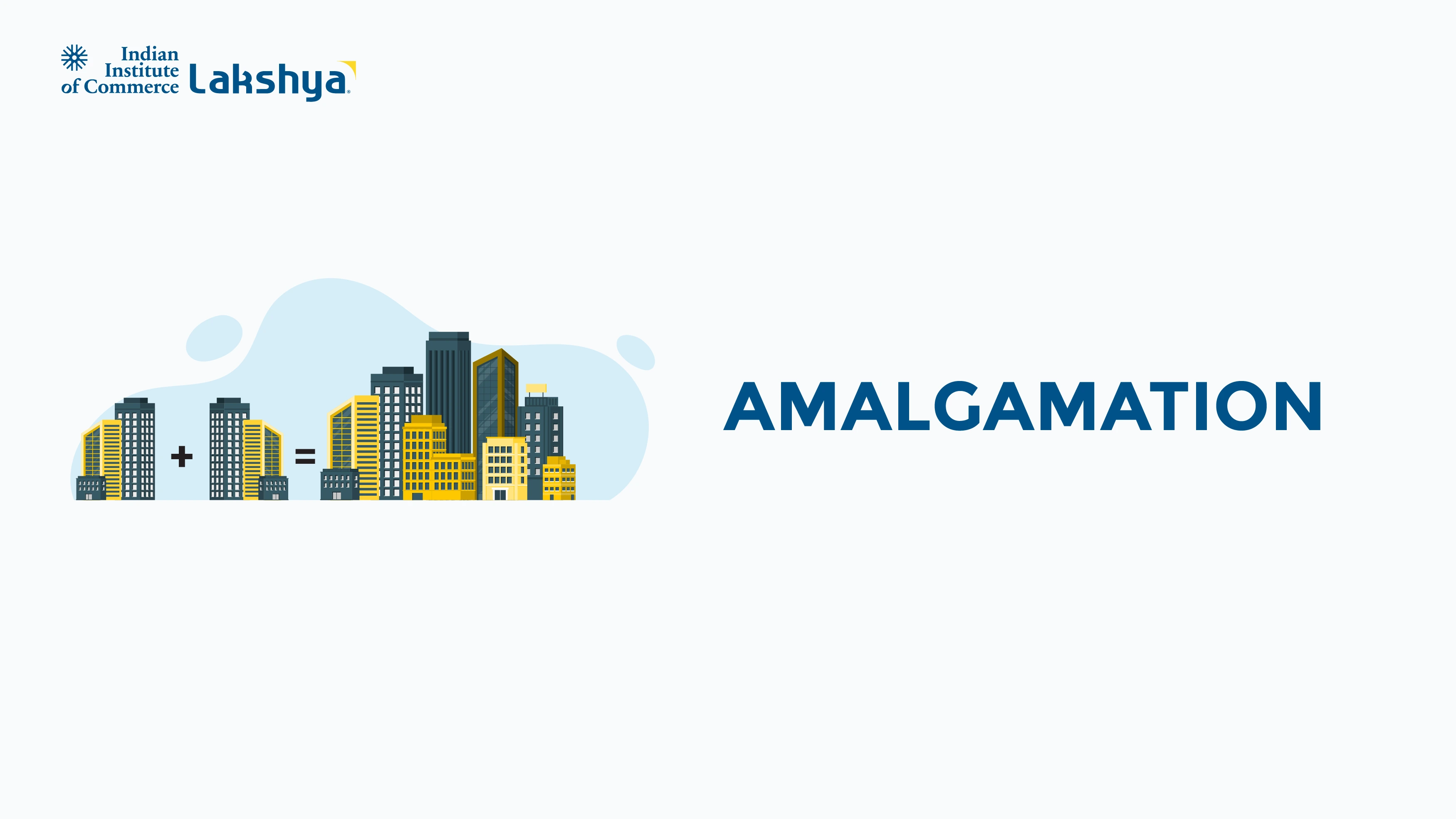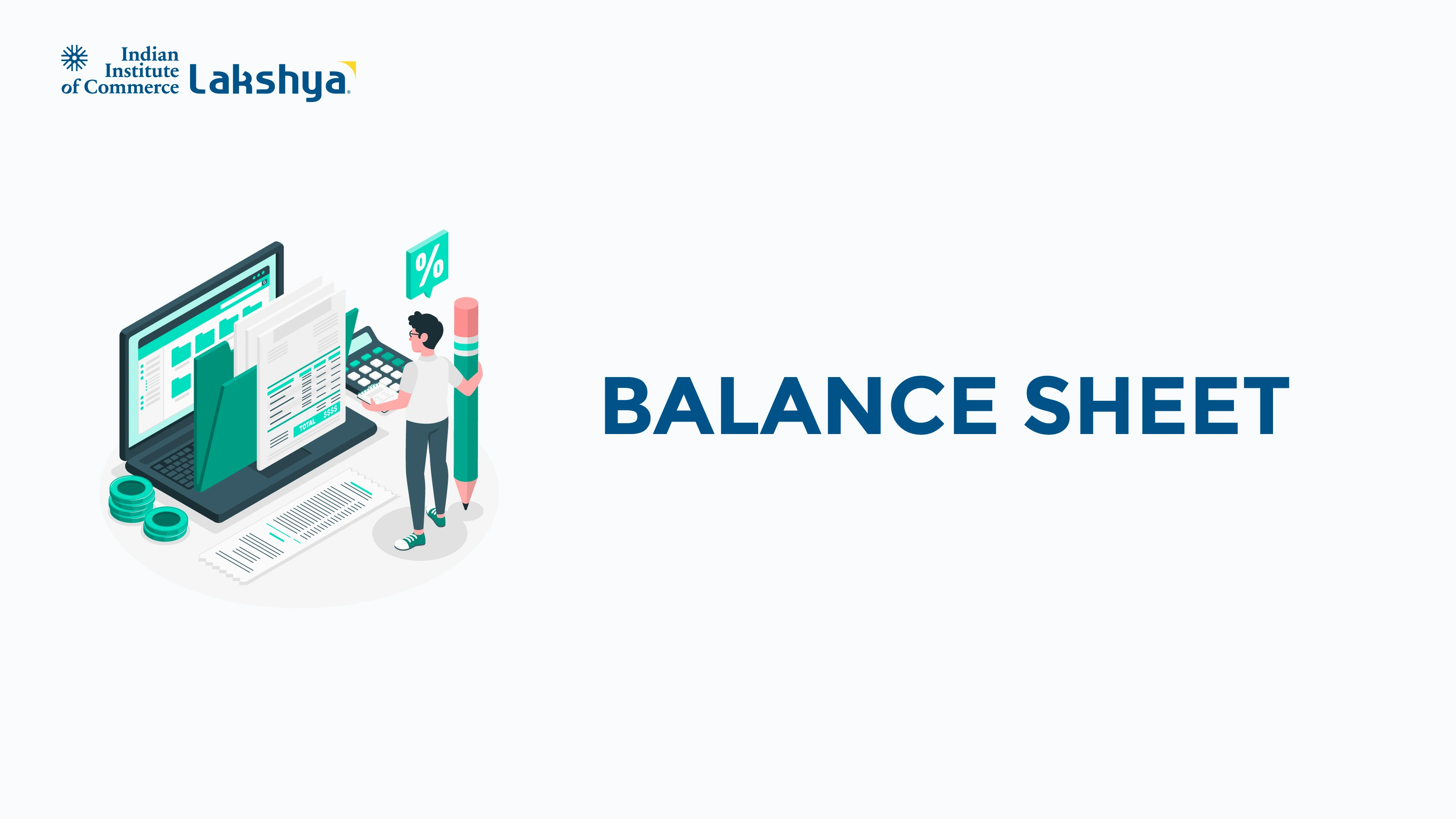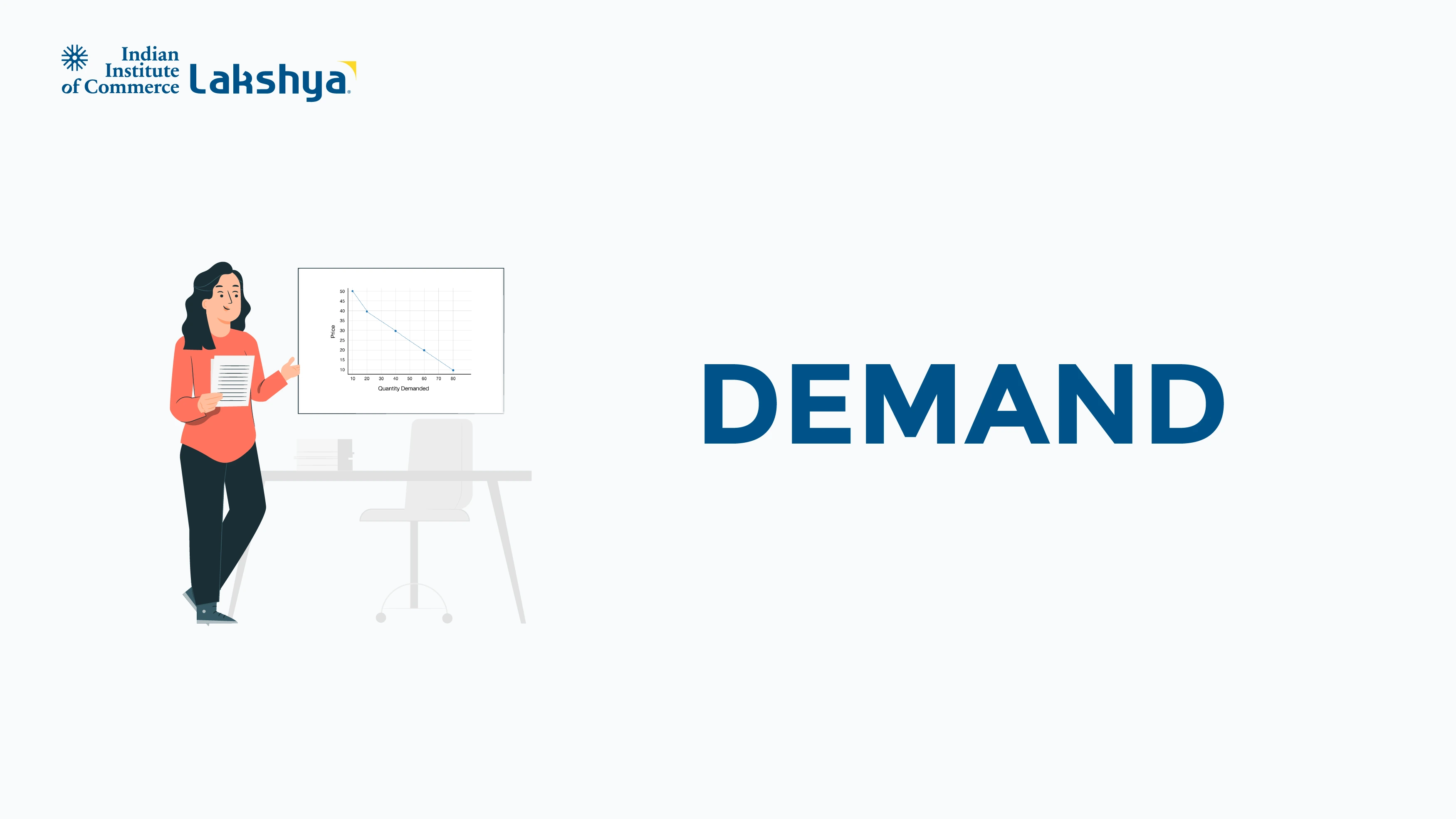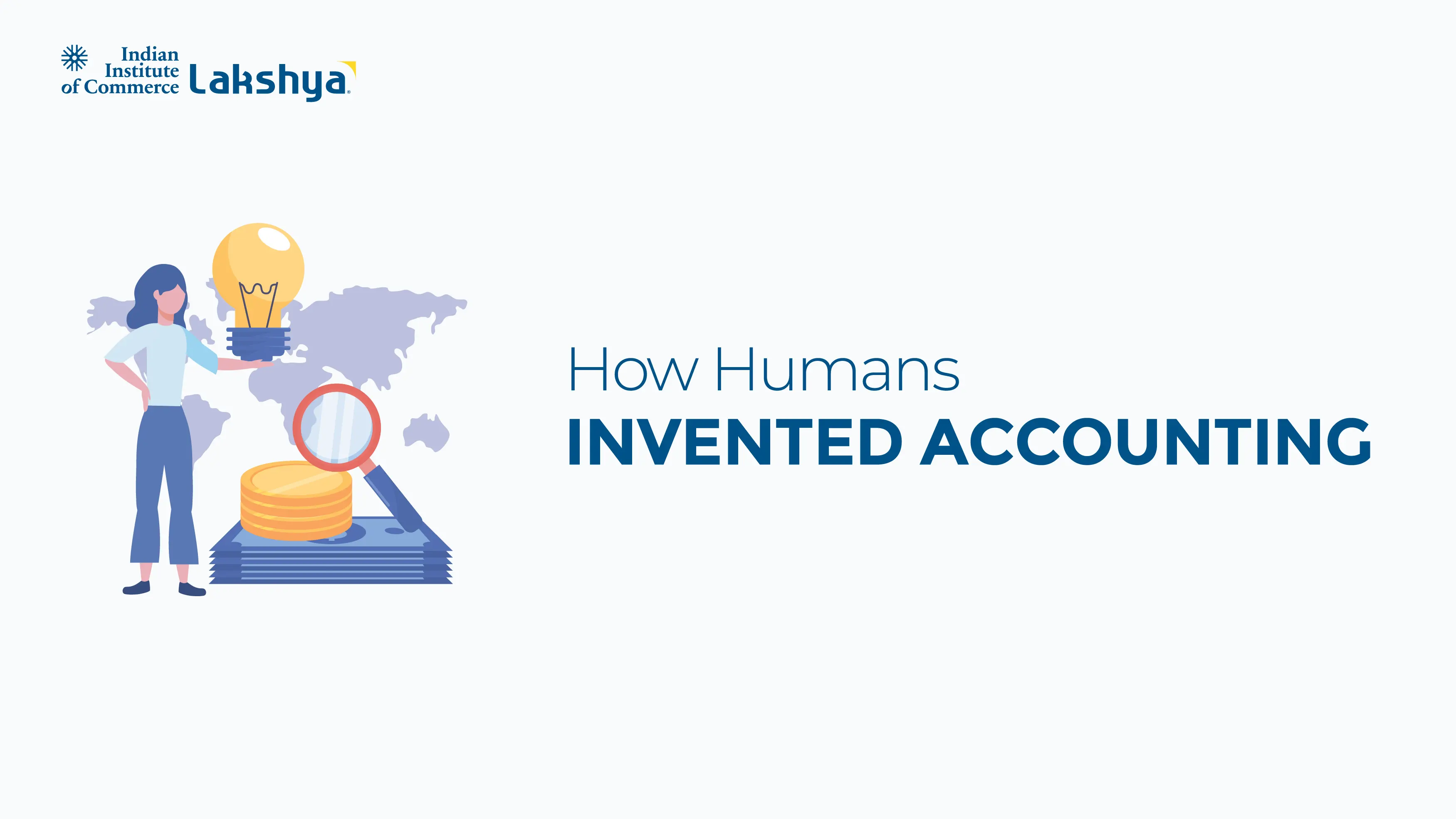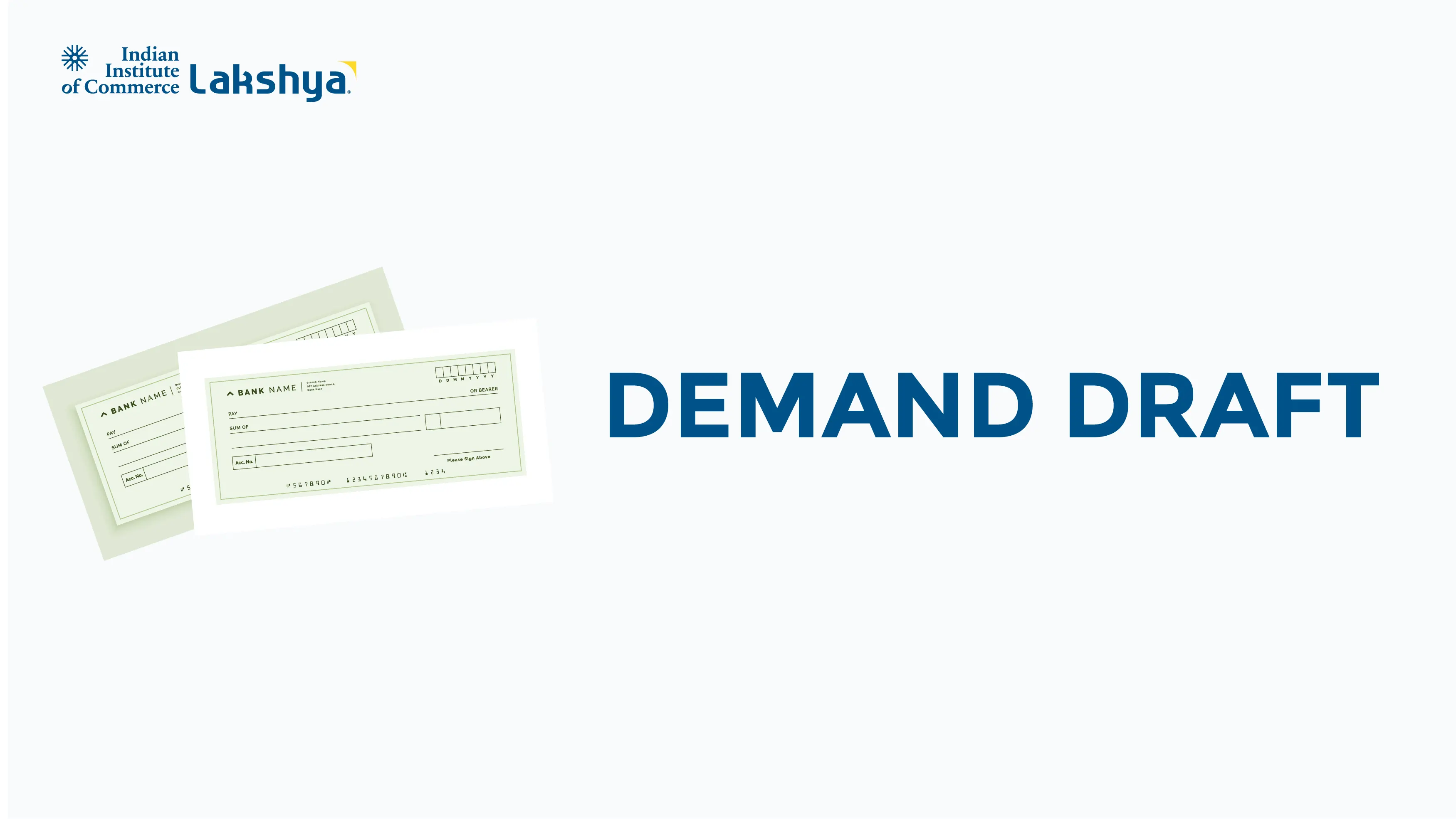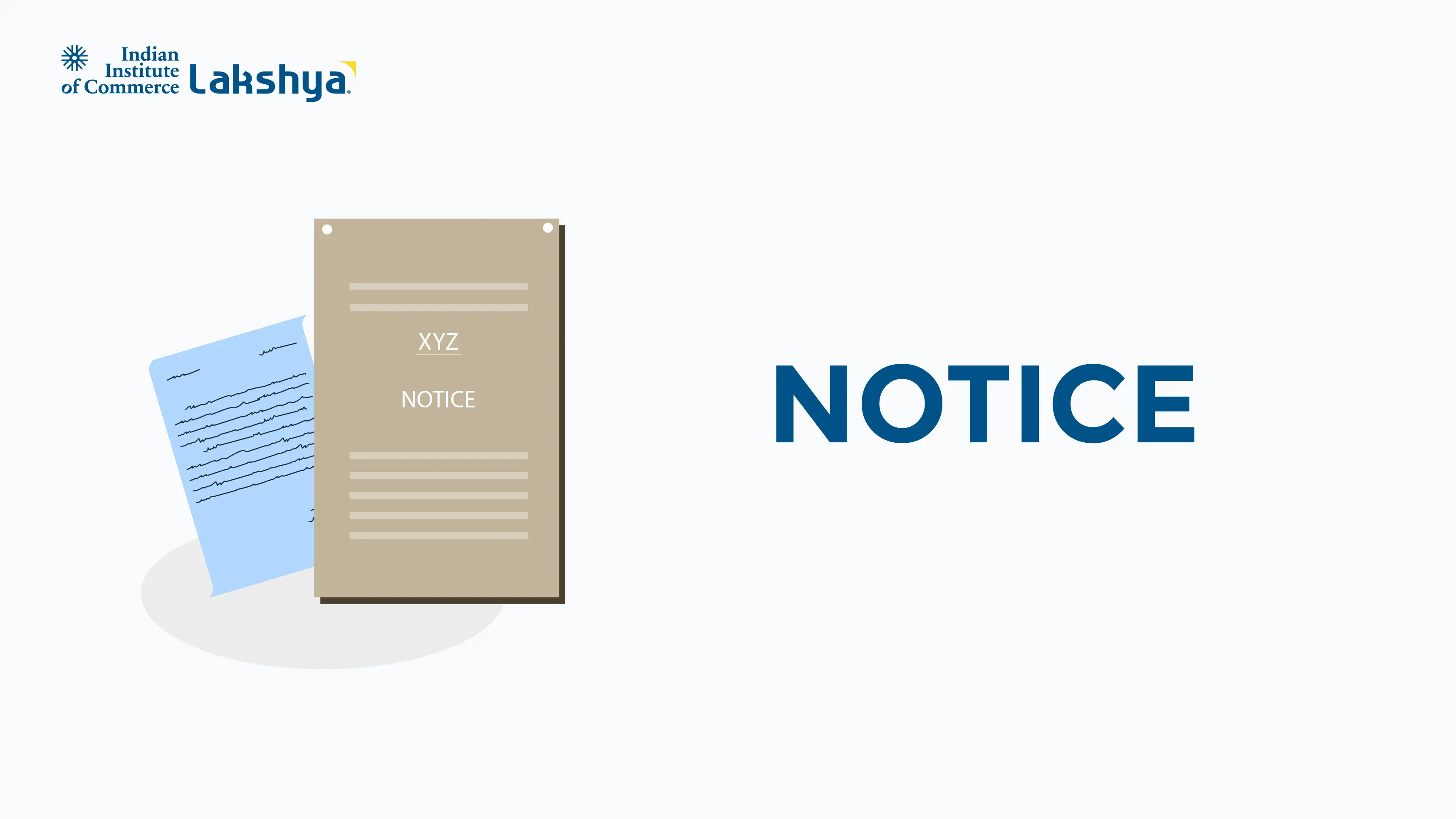Capital Account
Last Updated On -04 Jun 2025

Economies interact in the linked world of today via commerce, investments, remittances, and financial transactions. The Balance of Payments (BoP) of a nation captures these transactions methodically. While the capital account is all about the movement of capital money that moves in and out of a nation owing to investments, loans, and asset ownership changes, the current account addresses the flow of goods and services. Policymakers, finance experts, and students of commerce all depend on an understanding of the capital account since it shows the financial situation, investment environment, and outside economic reliance of a country. In macroeconomics, the capital account is also known as the capital and financial account.
What is the Capital Account?
Recording all movements concerning the ownership of national assets and liabilities between one nation and the rest of the world, the Capital Account These cover loans, international investments, banking capital, and variations in foreign reserves.
It enhances the current account and is a necessary part of the balance of payments. All taken together, they show how an economy interacts with the world financial system.
Often analyzed alongside the financial account, the capital account is either integrated or handled as subdivisions in some international systems (including the IMF's classification).
Key Components of the Capital Account
The Capital Account reflects the worldwide economic involvement of a nation. It shows how much the world believes an economy with its capital to be trustworthy as well as how smartly the nation employs loans and foreign investments. Understanding the subtleties of capital flows is essential for students, professionals, and legislators both as the world advances financial globalization. The way resilient and competitive an economy stays over time depends on the balance between openness and control in the capital account.
The capital account has following key components:
1. Foreign Direct Investment (FDI)
When a foreign corporation invests directly in home businesses, such as building a factory, purchasing equipment, or acquiring a majority share in a company, it is known as foreign direct investment (FDI). If foreigners are investing in a country, that represents an inbound flow and counts as a surplus item on the capital account. If a nation's citizens are investing in foreign countries, that represents an outbound flow and counts as a deficit. After the initial investment, any yearly profits that are not reinvested will flow in the opposite direction but will be recorded in the current account rather than as capital.
2. Foreign Portfolio Investment (FPI)
In which case one purchases bonds and stocks without controlling management. Based on the world financial mood, FPIs are more erratic and can leave fast based on the global financial sentiment. It is sometimes grouped together with "other" as short-term investment. As with FDI, the income derived from these assets is recorded in the current account; the capital account entry will just be for any buying or selling of the portfolio assets in the international capital markets.
3. External Commercial Borrowings (ECBs)
Loans or debt securities borrowed by businesses from overseas lenders. The companies borrow funds from foreign lenders in the form of loans or securities. ECBs are the loans raised by Indian Companies and public sector undertakings from the foreign lenders as bank loans, bonds, or credit facilities. These borrowings help finance expansion, infrastructure, or in refinancing but are answerable to the RBI regulations to prevent excess foreign debt.
4. NRI Remittencies and Deposits
Non-resident Indian deposits deposited in Indian banks, employed in different capital account computations because of their foreign source. They play a significant role in India’s capital account, contributing to the foreign exchange market and liquidity through schemes like NRE, NRO and FCNR deposits.
5. Loans between Foreign Governments
Lists sovereign loans, development aid, and intergovernmental credits. Here one government extends credit to help another. They might be for development, infrastructure, or crisis relief and are typically long-term, concessional, or strategic in nature.
6. Fixed Asset Sales or Purchases
The capital account shows whether a nation or its citizens buy or sell assets or real estate elsewhere. This involves cross-border transactions in physical assets like land, buildings, or factories. When an Indian company buys or sells a fixed assets abroad or vice versa, it is recorded under the capital account, reflecting long-term investment movement.
Capital Account Surplus vs Deficit
- When capital inflows exceed outflows, a capital account surplus results, that is, evidence that the nation is receiving more loans and investments than it is exporting.
- More capital is leaving a capital account deficit whether it be via repatriation of profits, foreign debt repayment, or investment overseas.
A surplus helps to finance a current account deficit, therefore stabilizing the BoP generally.
Capital Account Convertibility
The freedom to turn local financial assets into international ones (and vice versa) at market-determined exchange rates free from government constraints is known as capital account convertibility. India has partial convertibility; many industrialized countries have full convertibility.
India's conservative approach to complete capital account convertibility helps guard against financial volatility brought on by erratic world capital flows.
|
Did you know? China keeps capital restrictions to control its currency and limit significant capital flow even if it is a world economic superpower. This emphasizes that depending on their financial systems, nations choose different approaches even if capital independence does not always imply economic power. |
Learn More
Don’t miss out—click now on Commerce Topics to learn something new.
Frequently Asked Questions (FAQs)
What distinguishes the current from the capital accounts FAQs?
Reiter: The current account notes income, transfers, trade in commodities and services, and expenses. The capital account handles international loans and financial transactions including investments.
Does a nation benefit from a surplus capital account?
The answer is that a surplus funds current account deficits; yet, if it results from transient speculative flows, it could raise sensitivity to world financial volatility.
Are individuals able to affect the capital account?
Yes. An Indian resident investing in foreign mutual funds or purchasing real estate outside, for instance, adds to capital outflows.
Why does India restrict complete capital account convertibility?
The response is to stop capital flight in times of global financial crisis and shield the home economy from unneeded changes in currency rates.





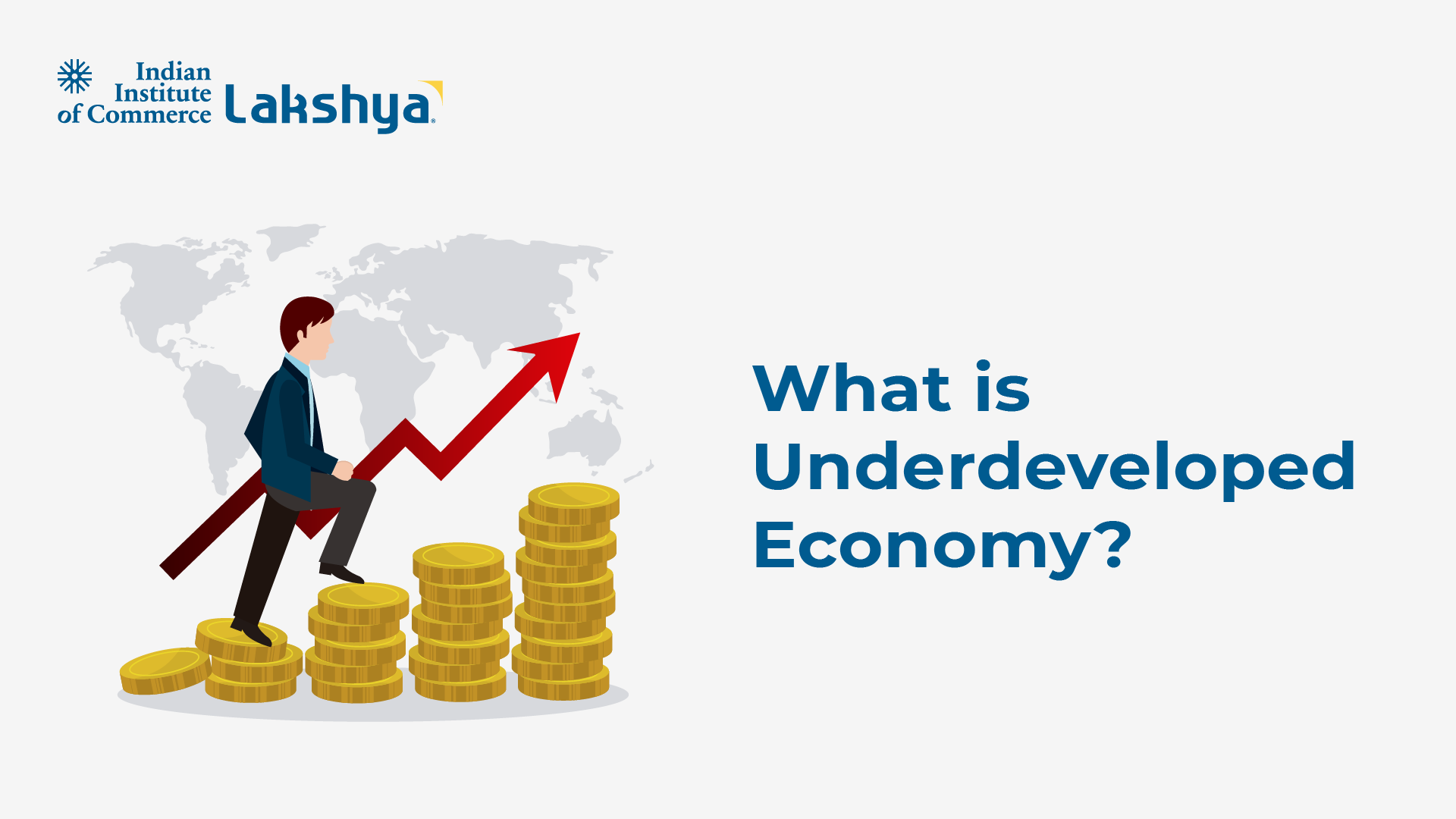

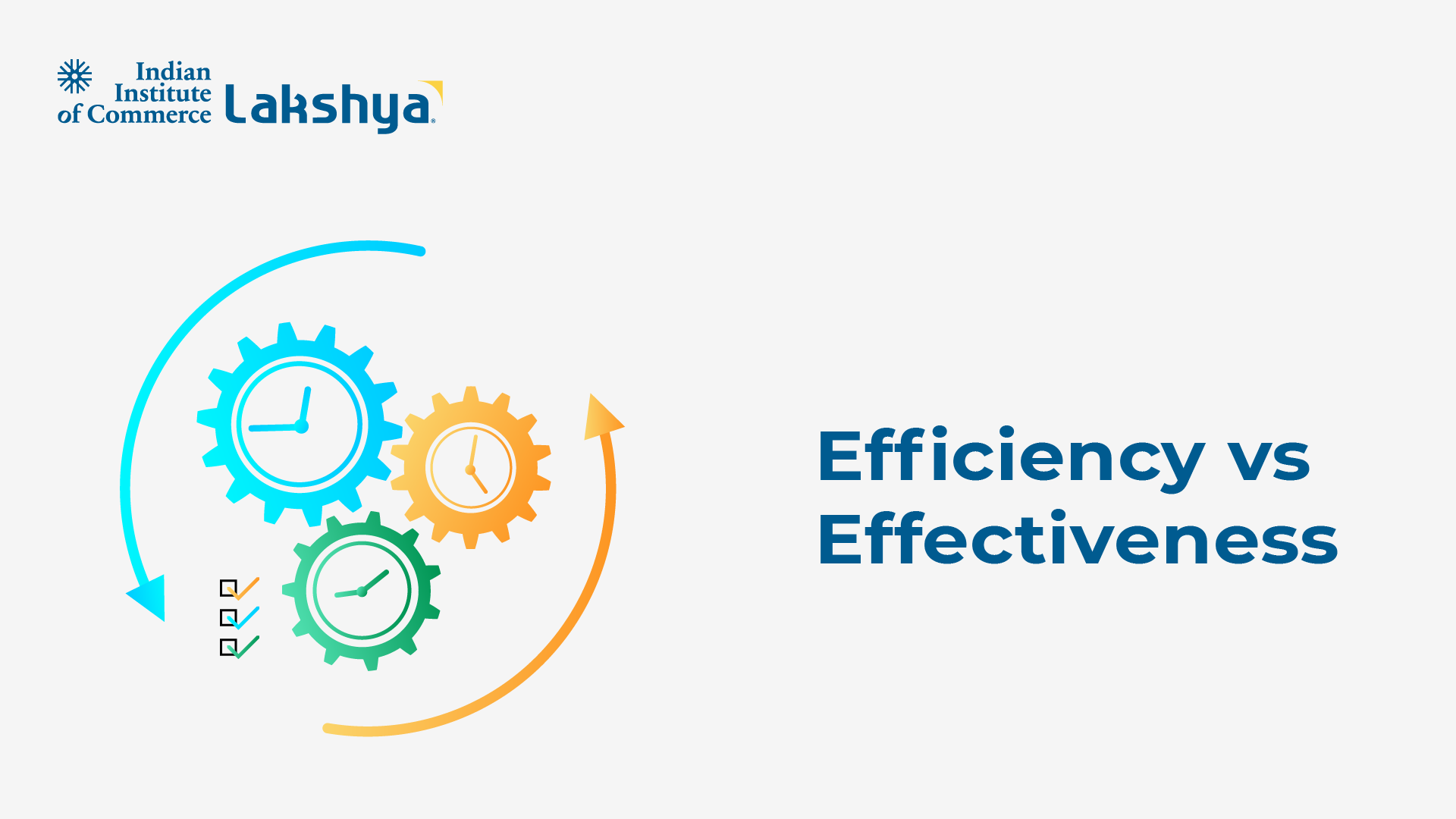














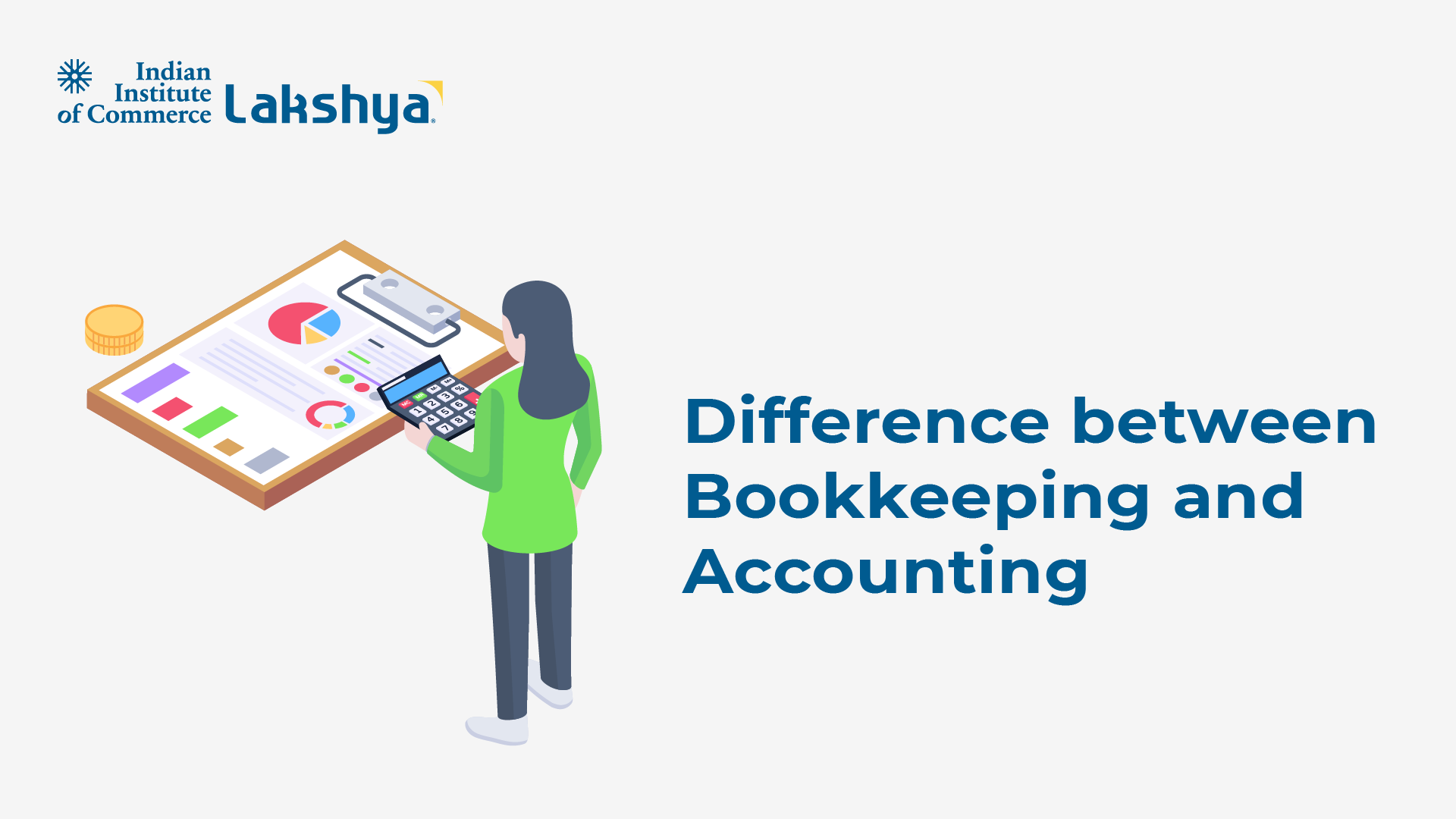
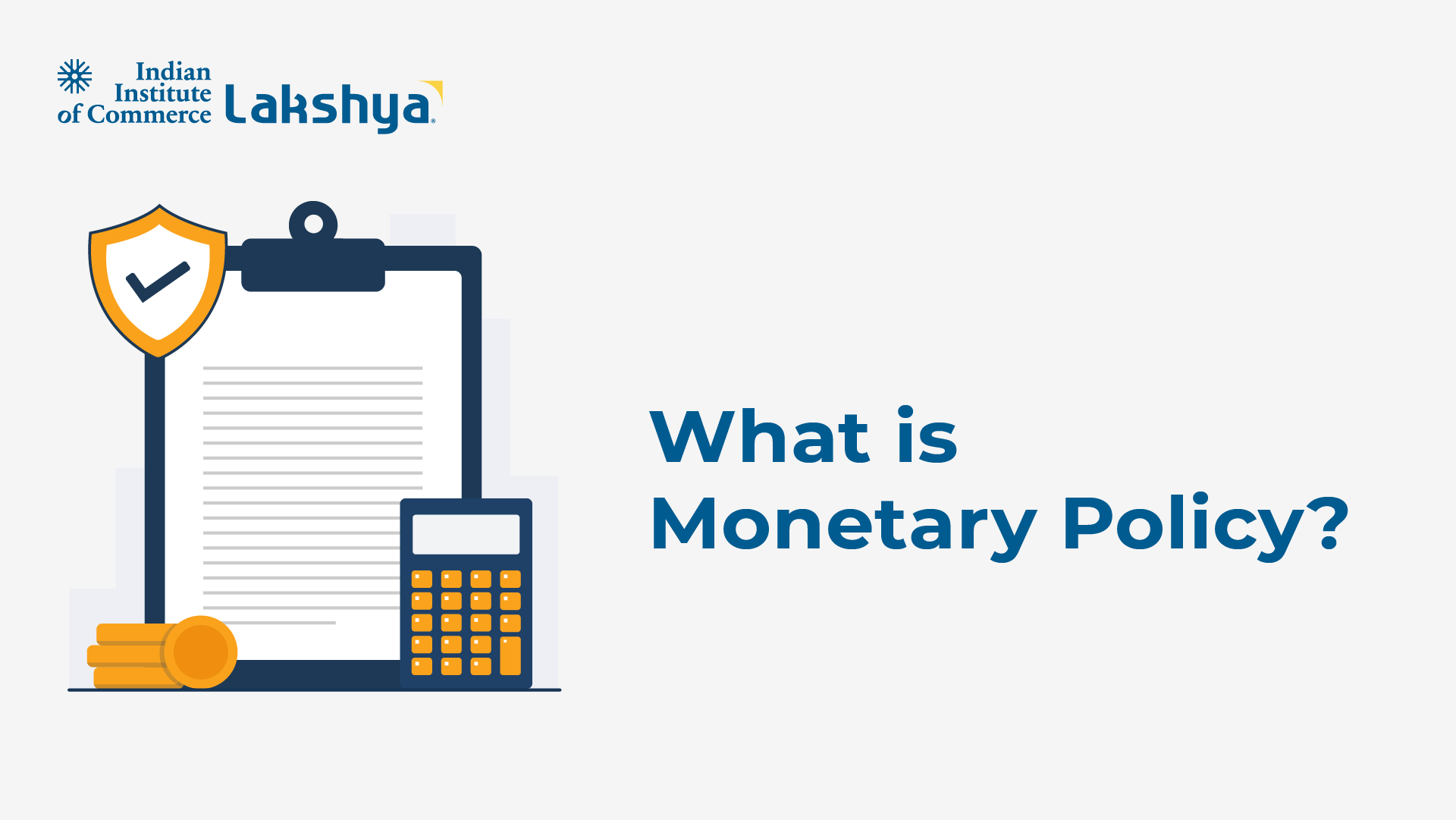
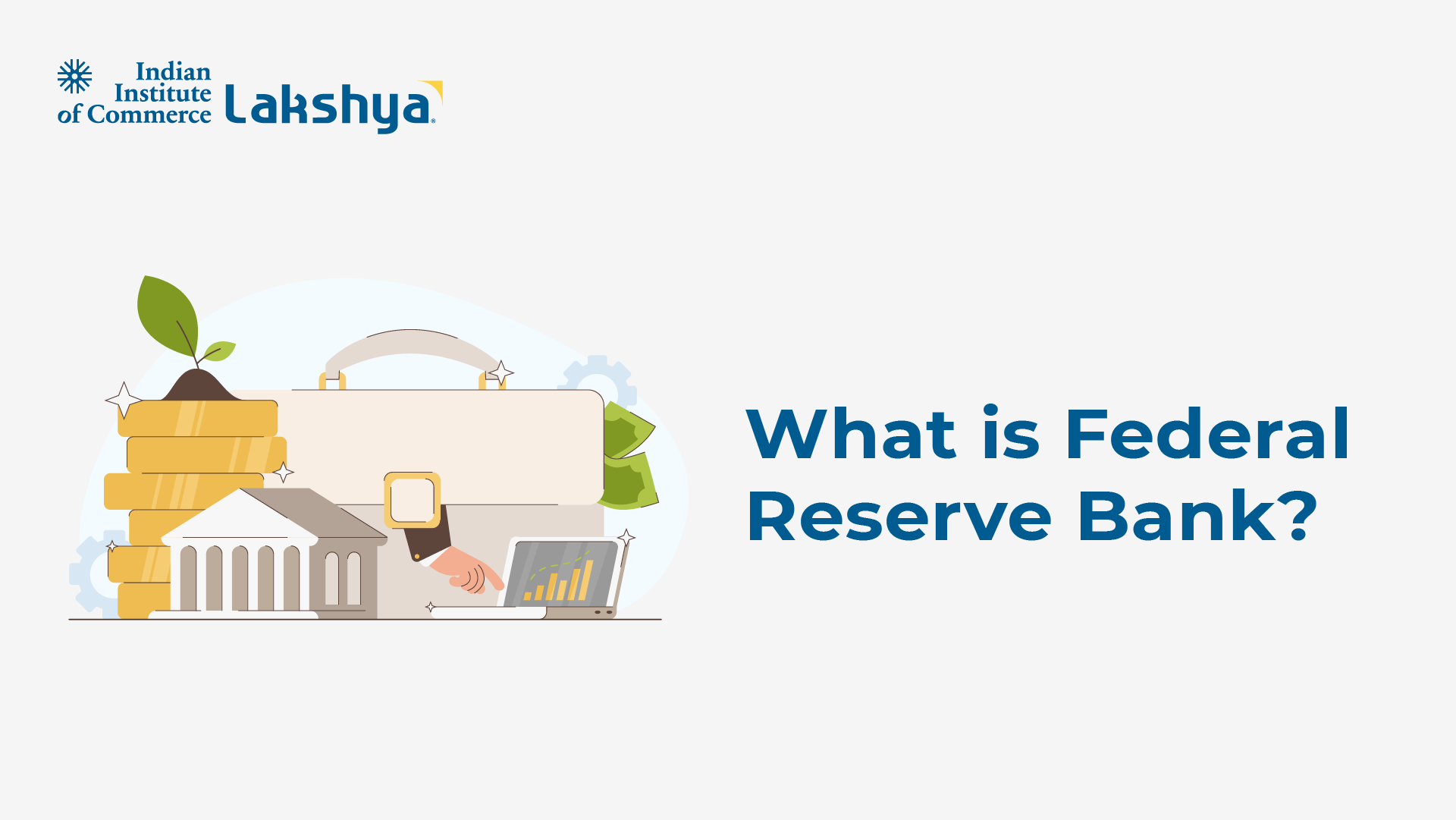



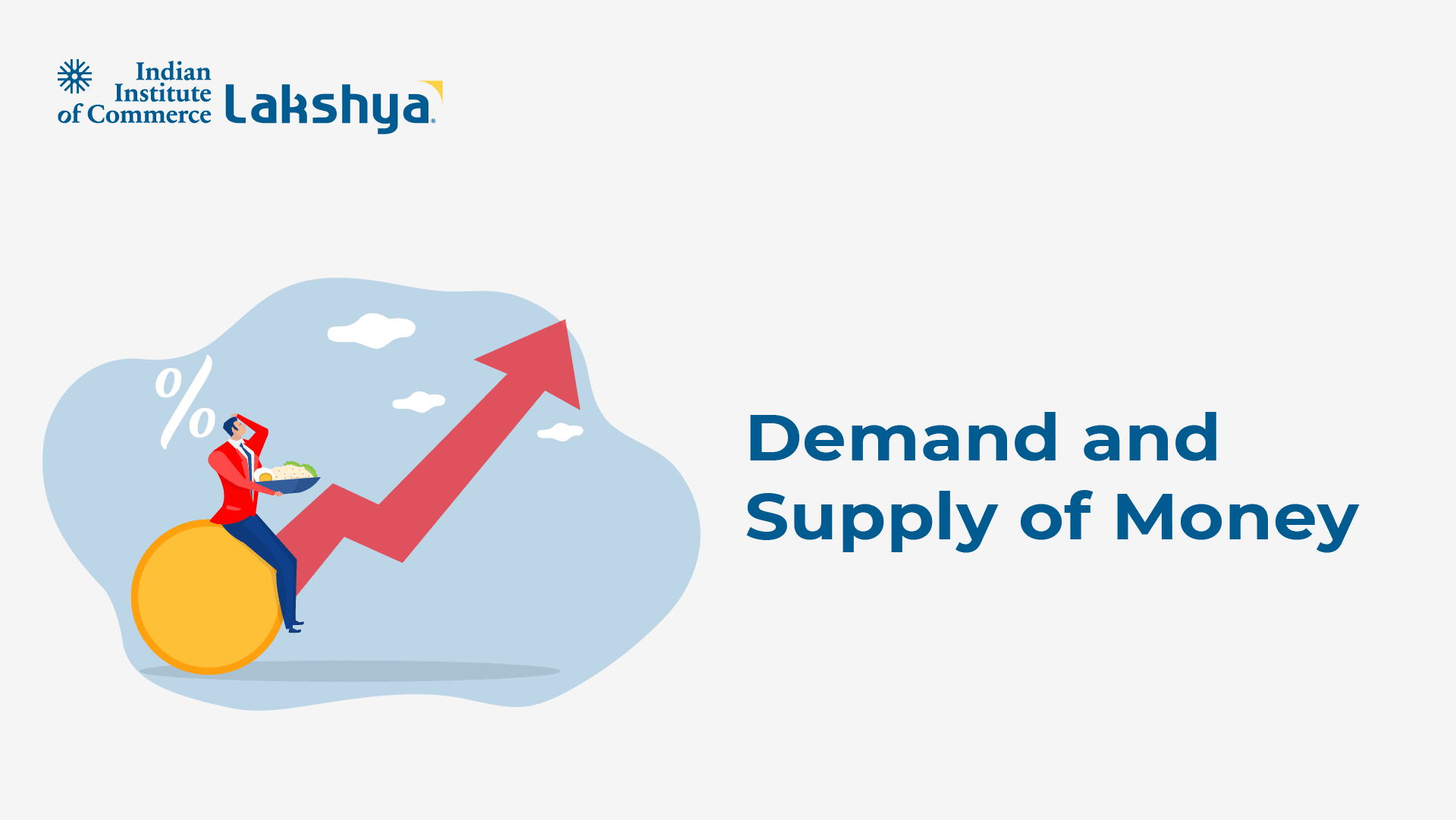
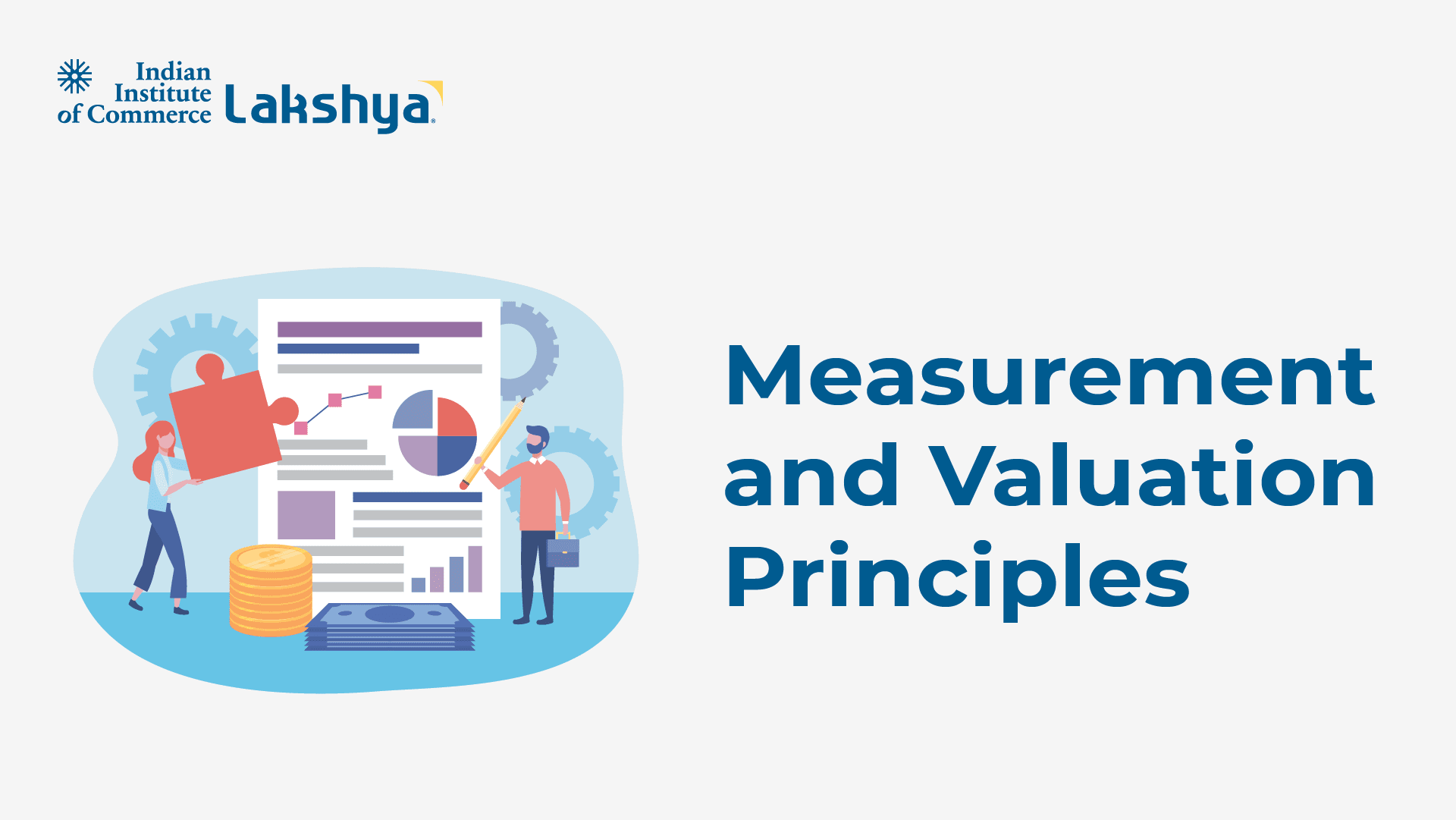

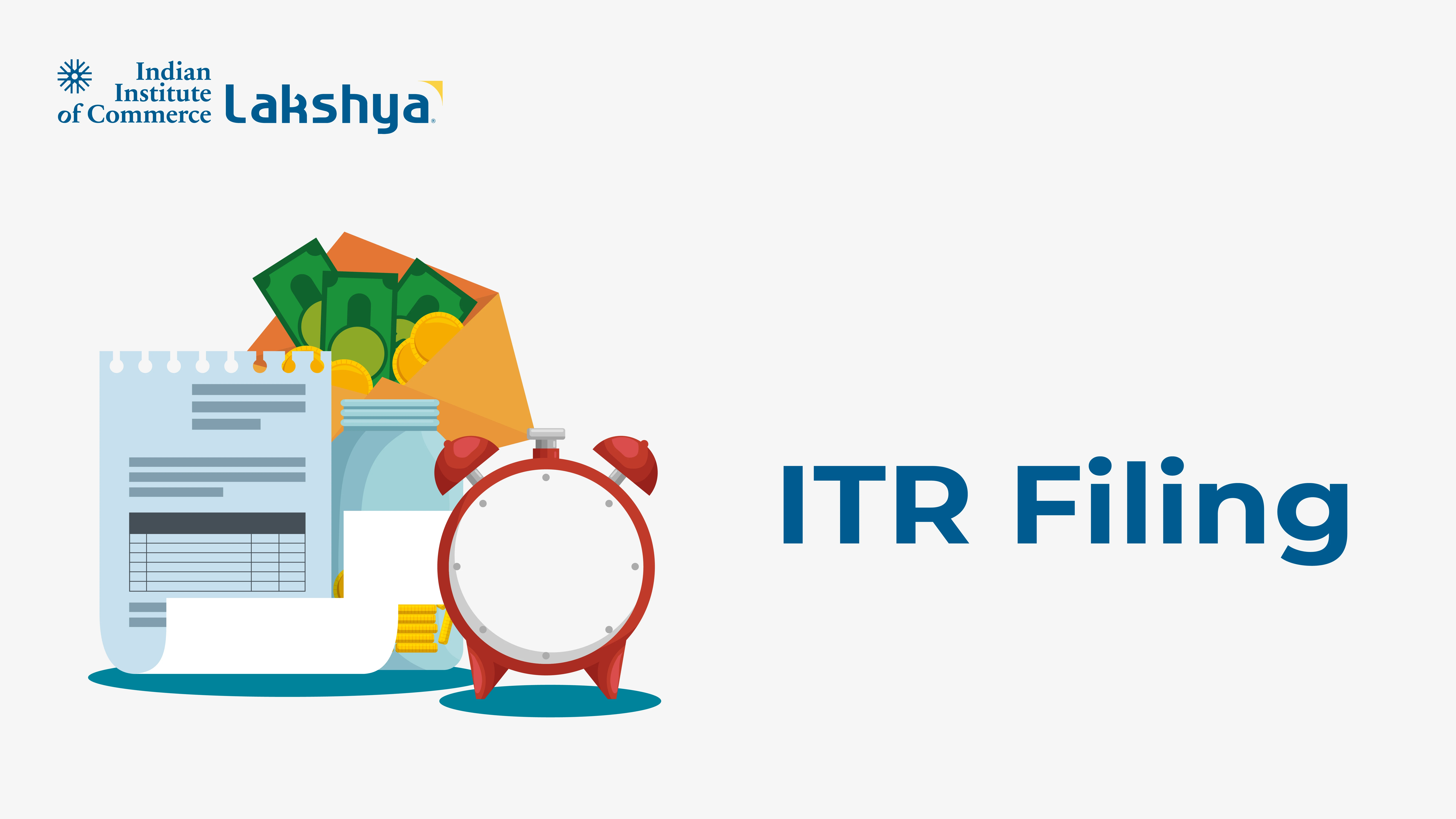



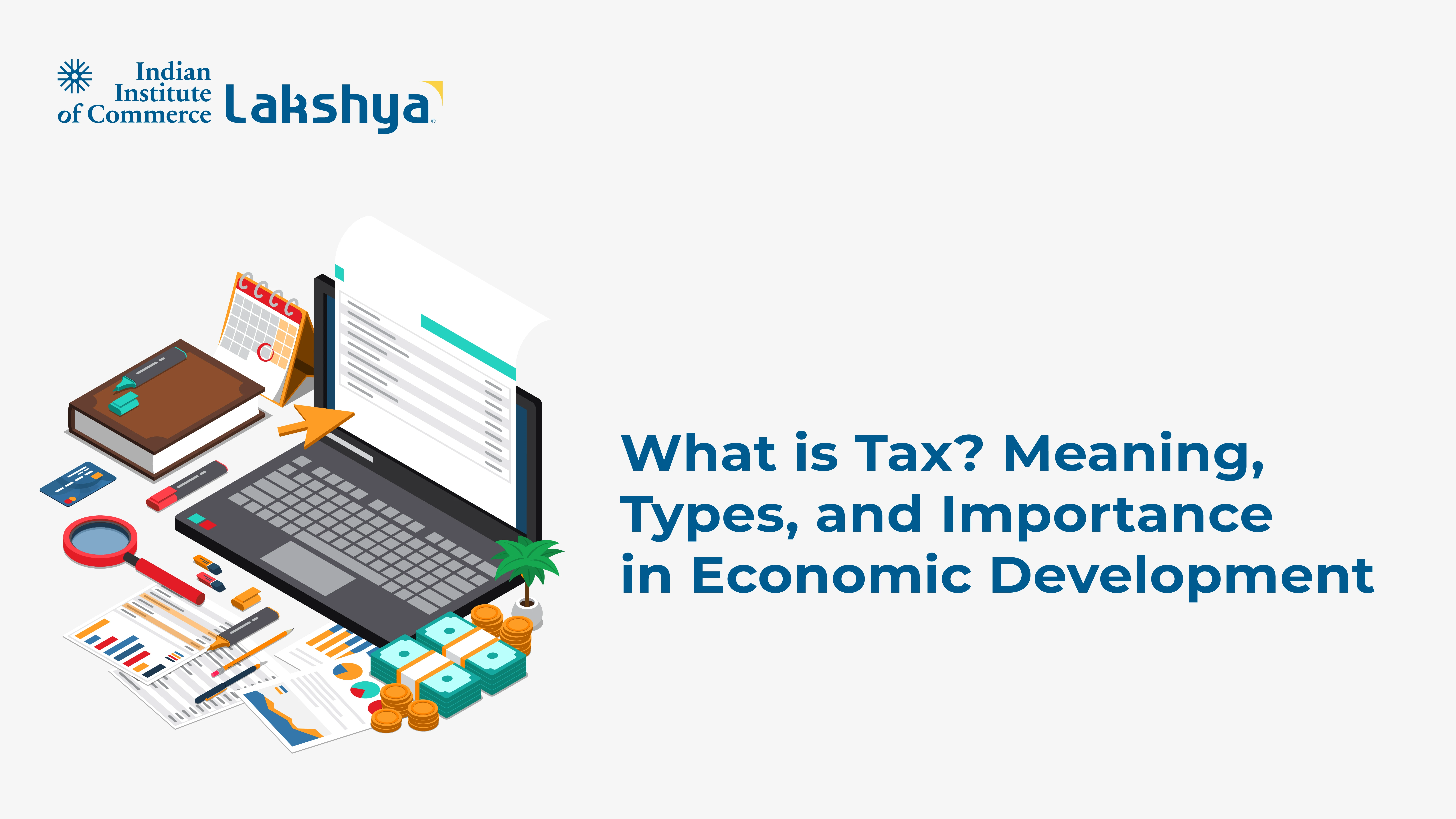
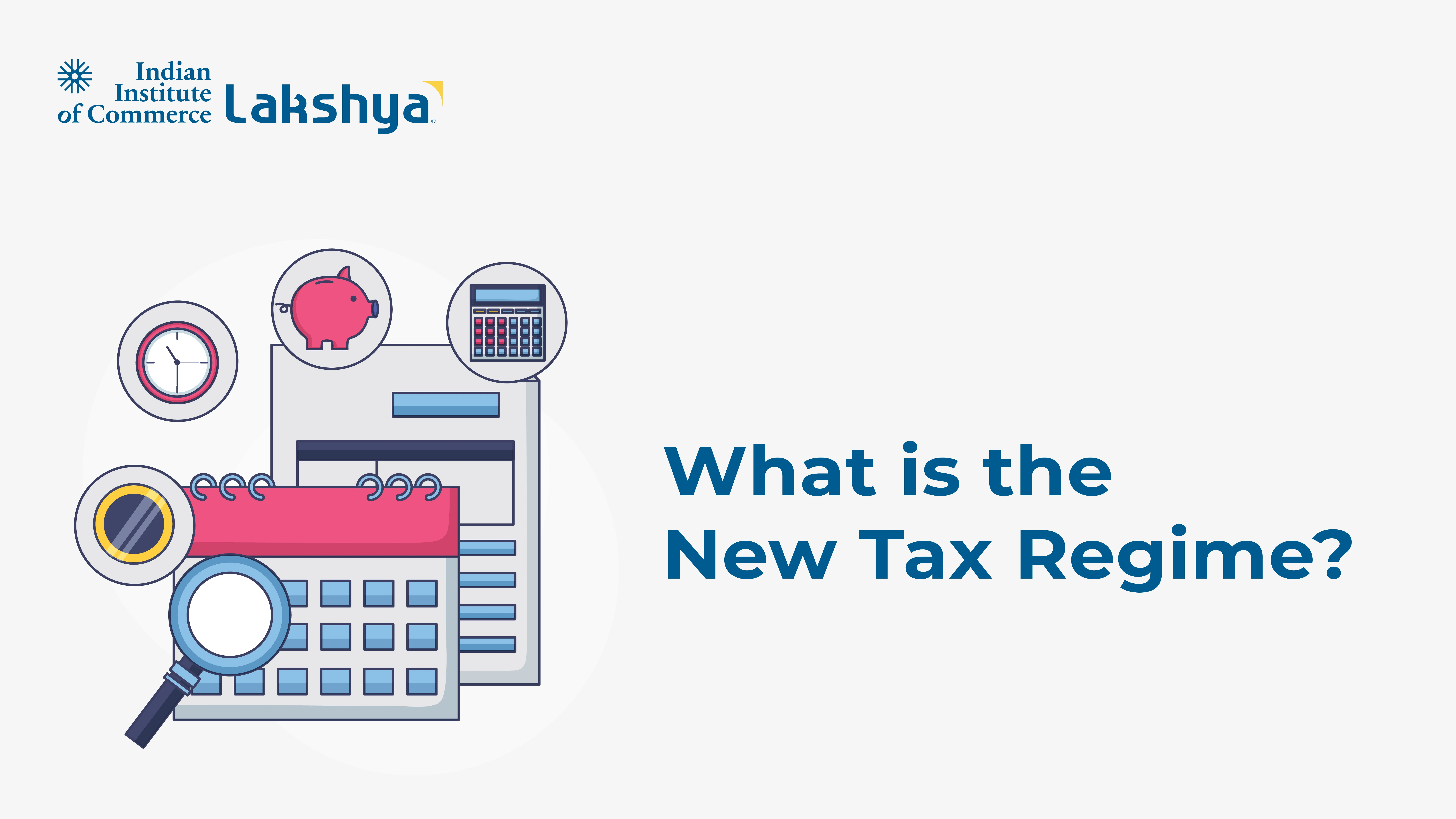
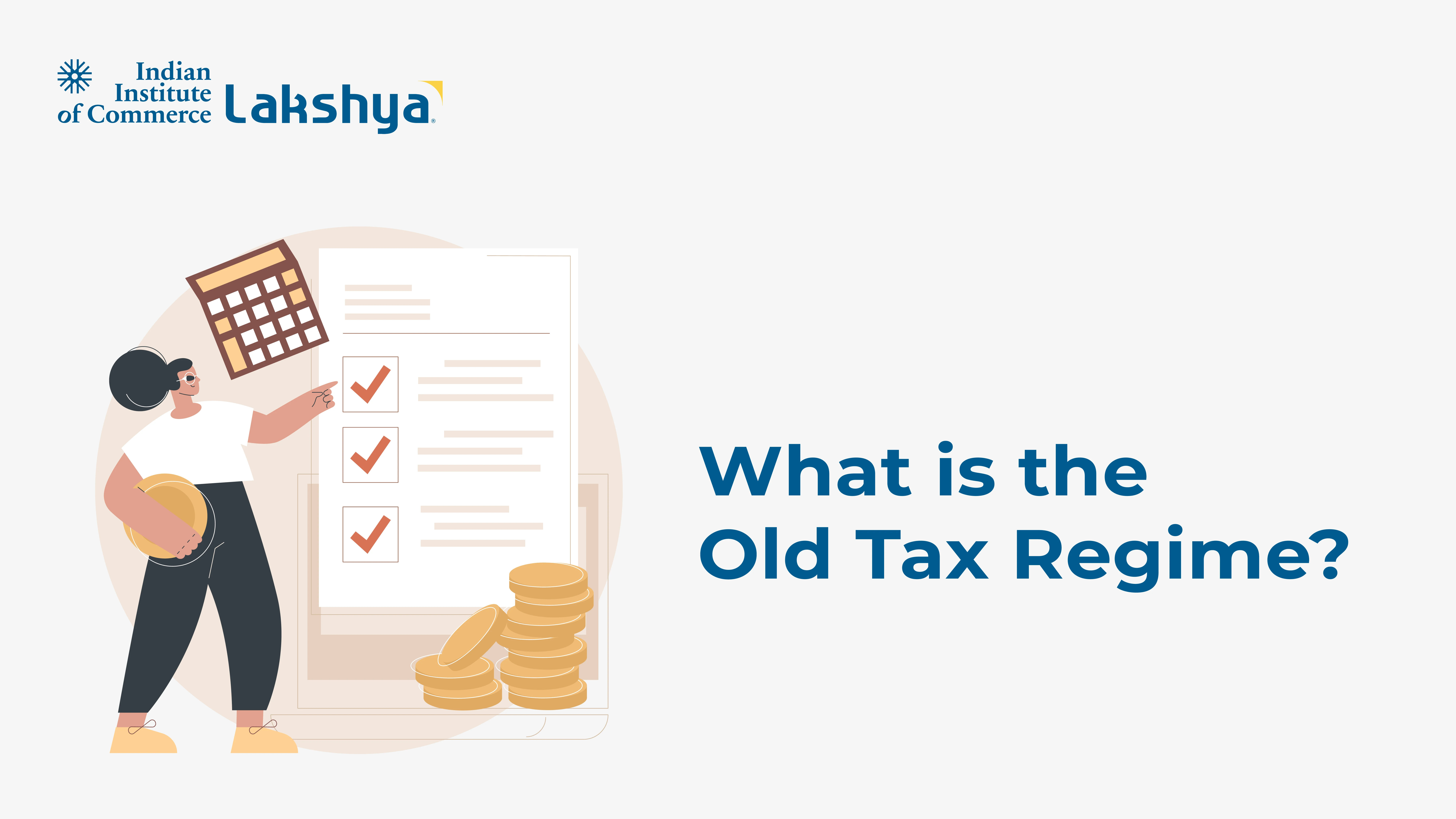
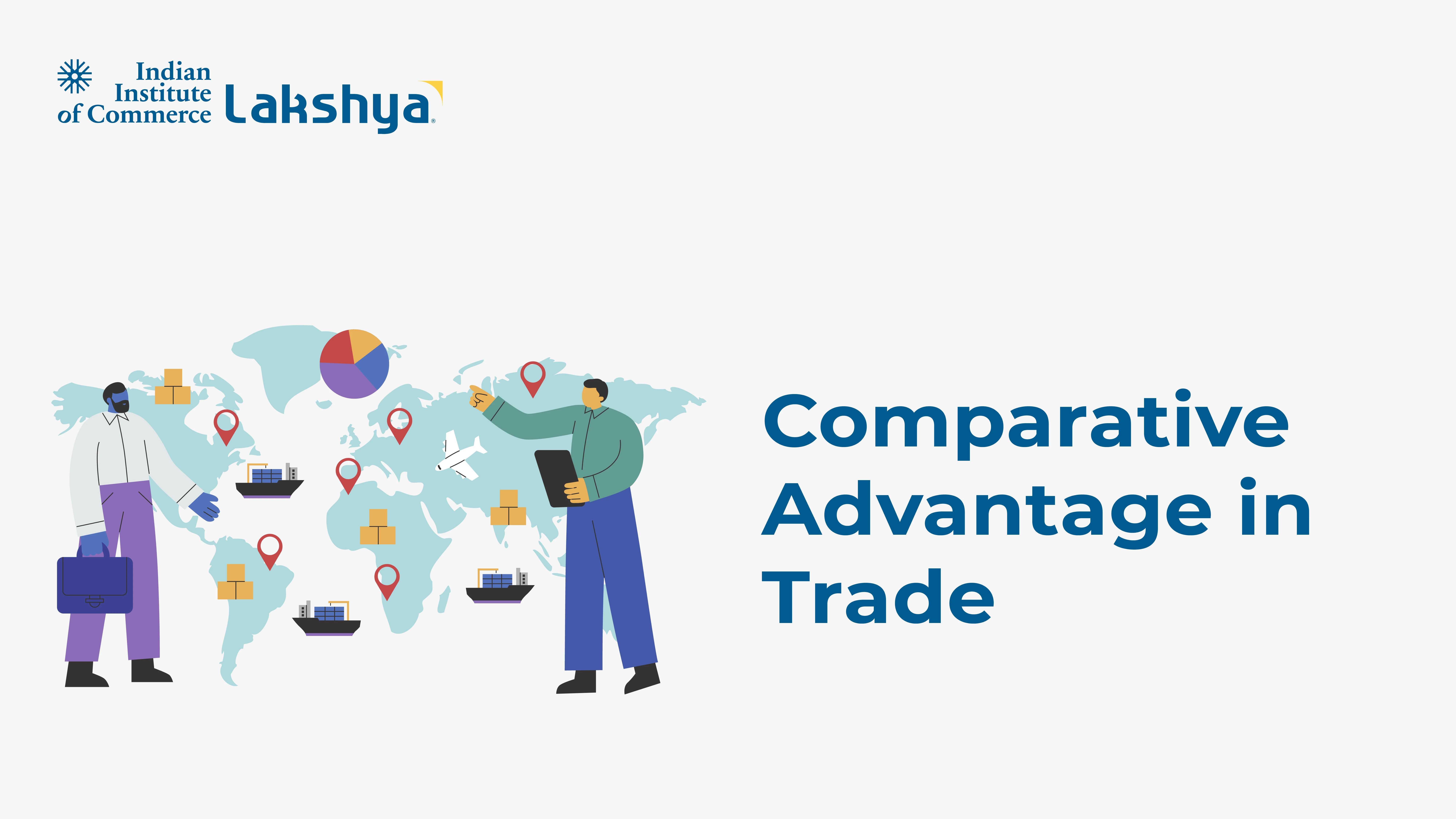
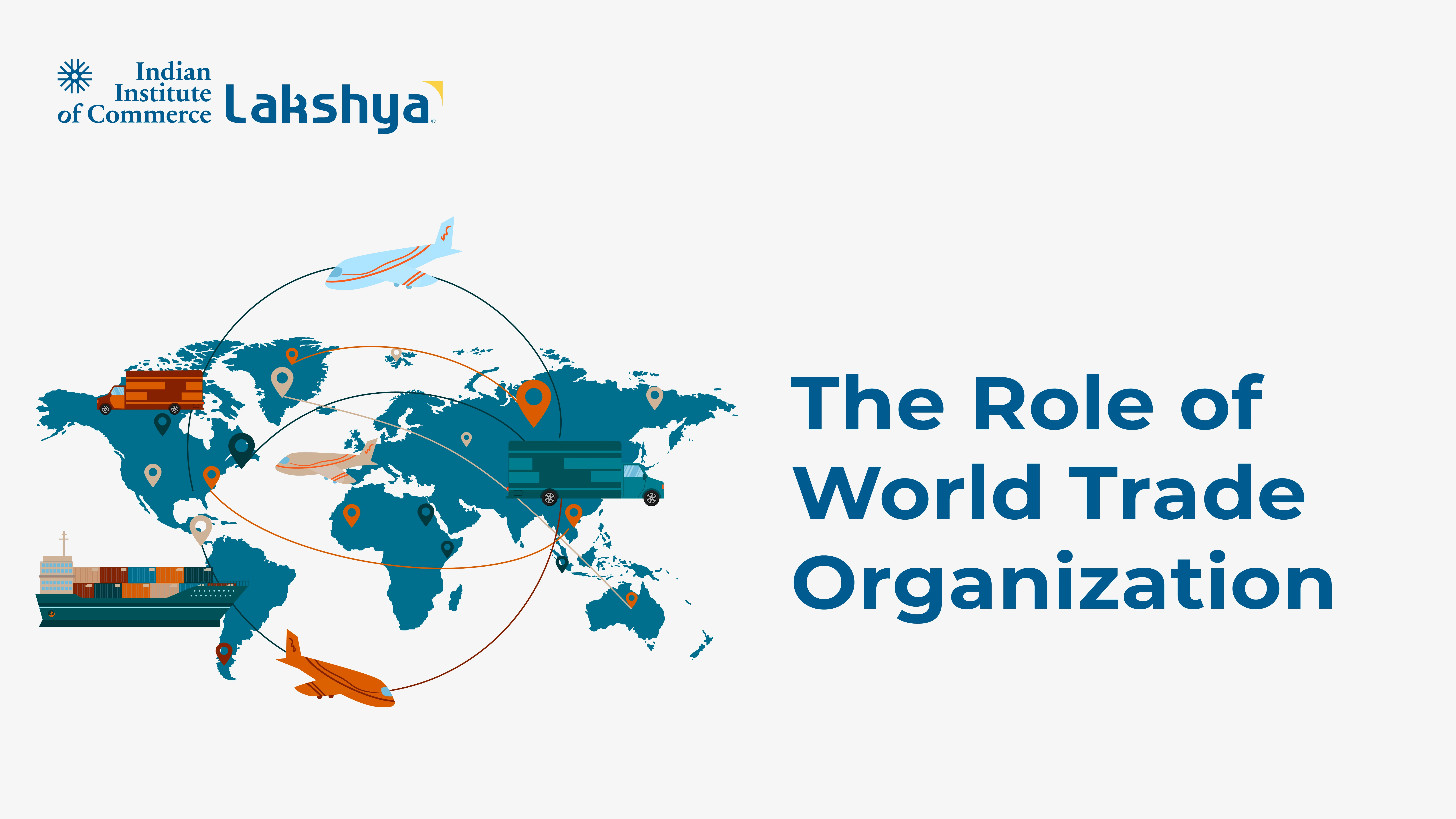
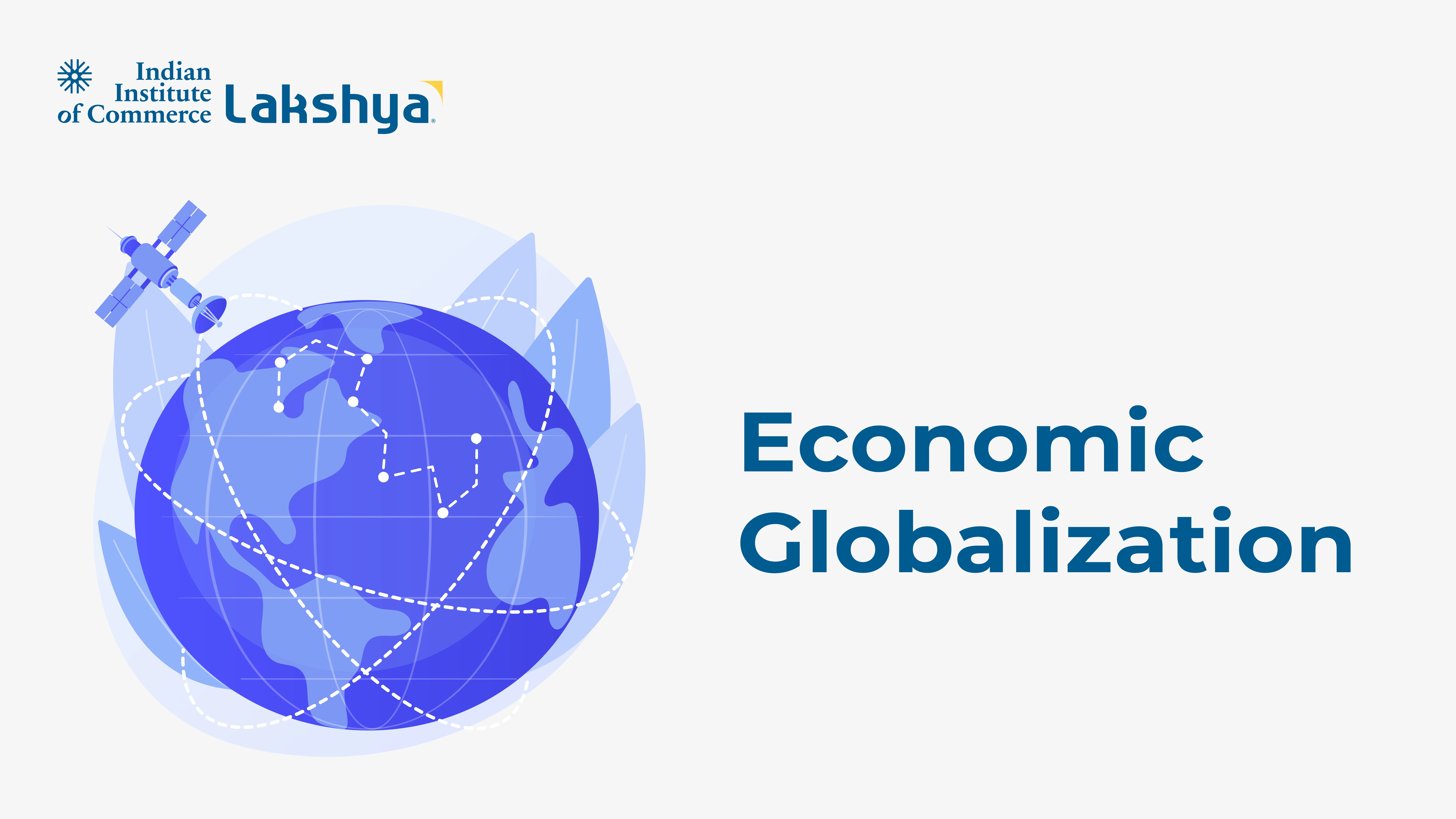
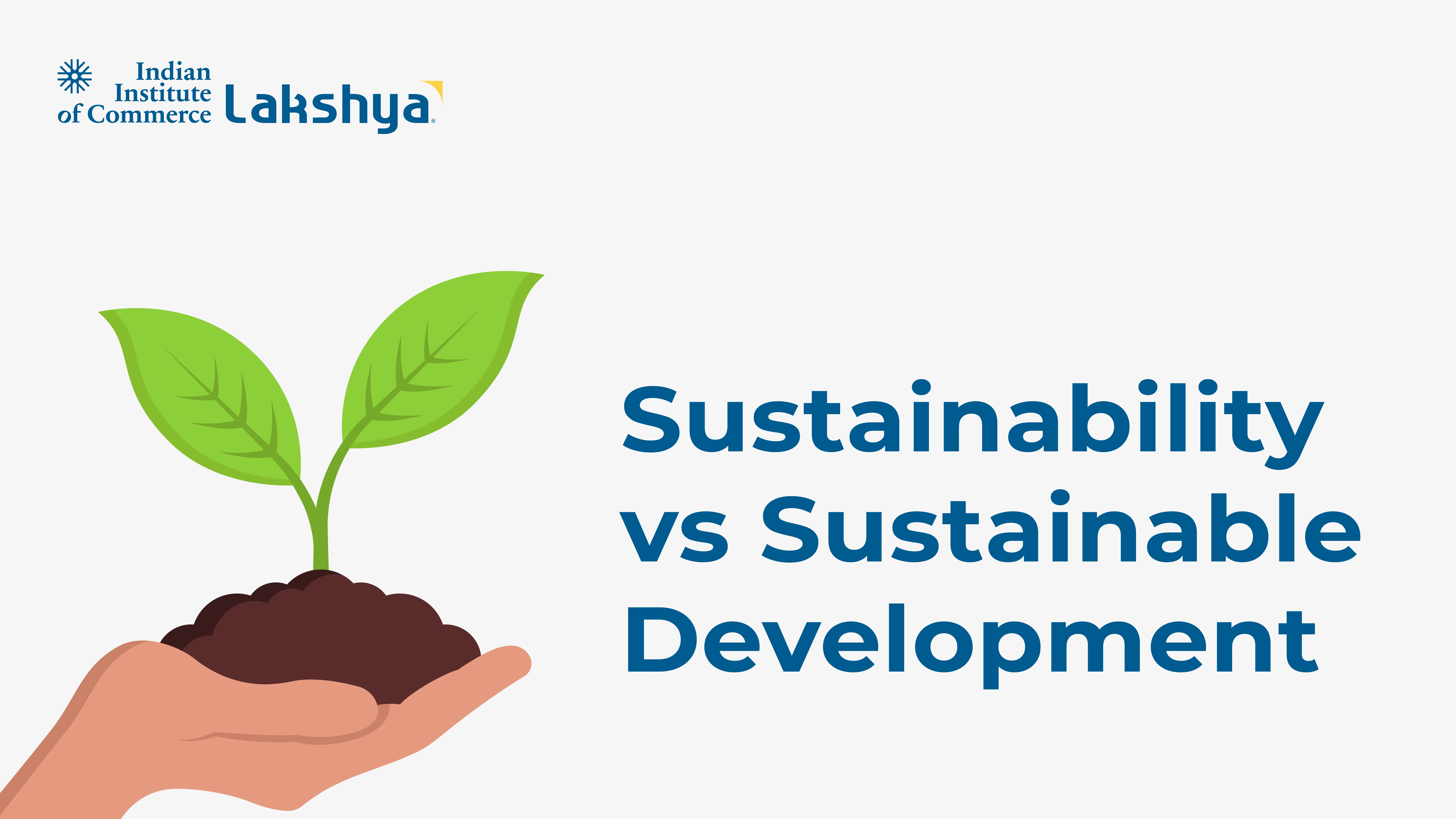





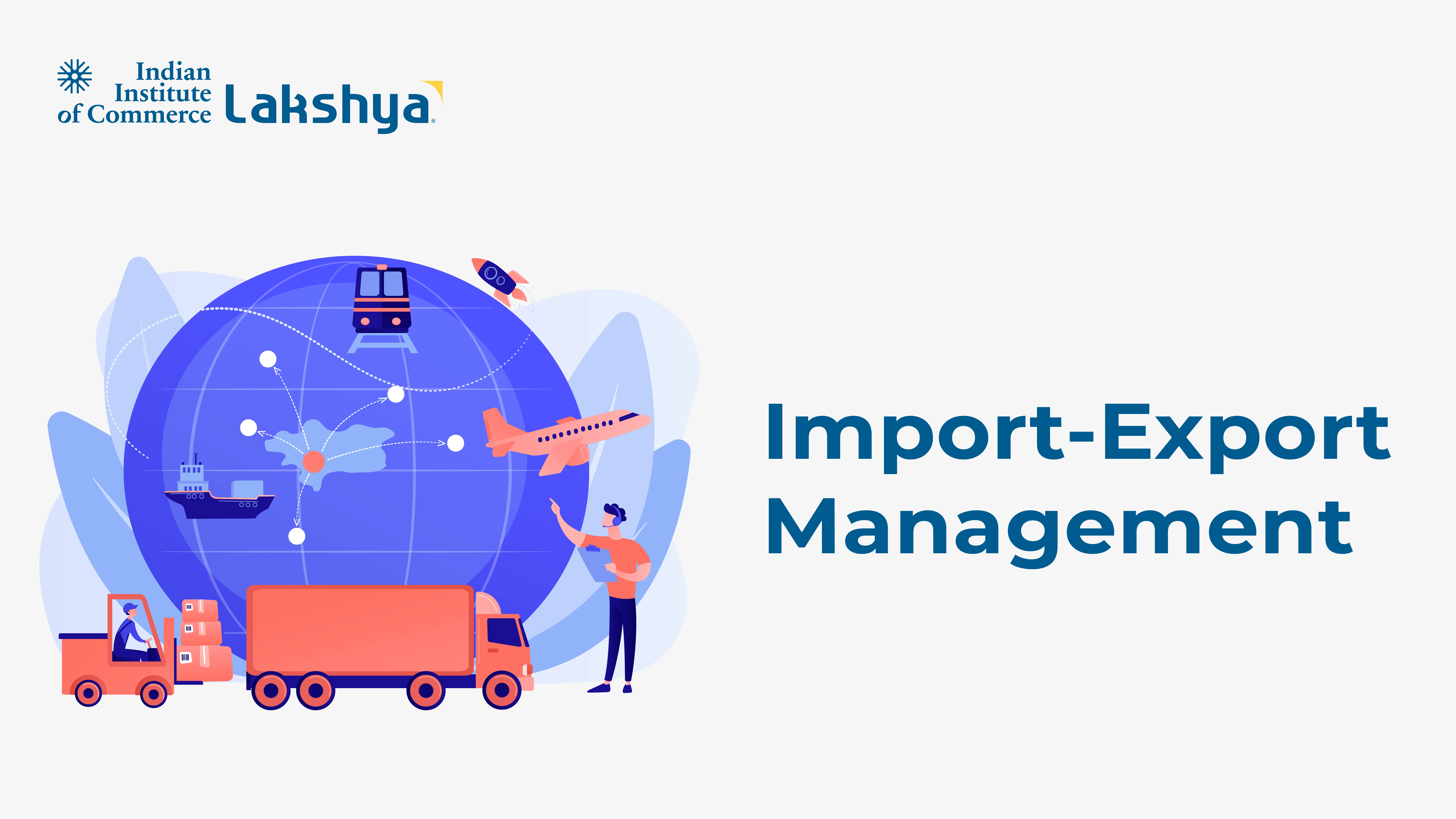










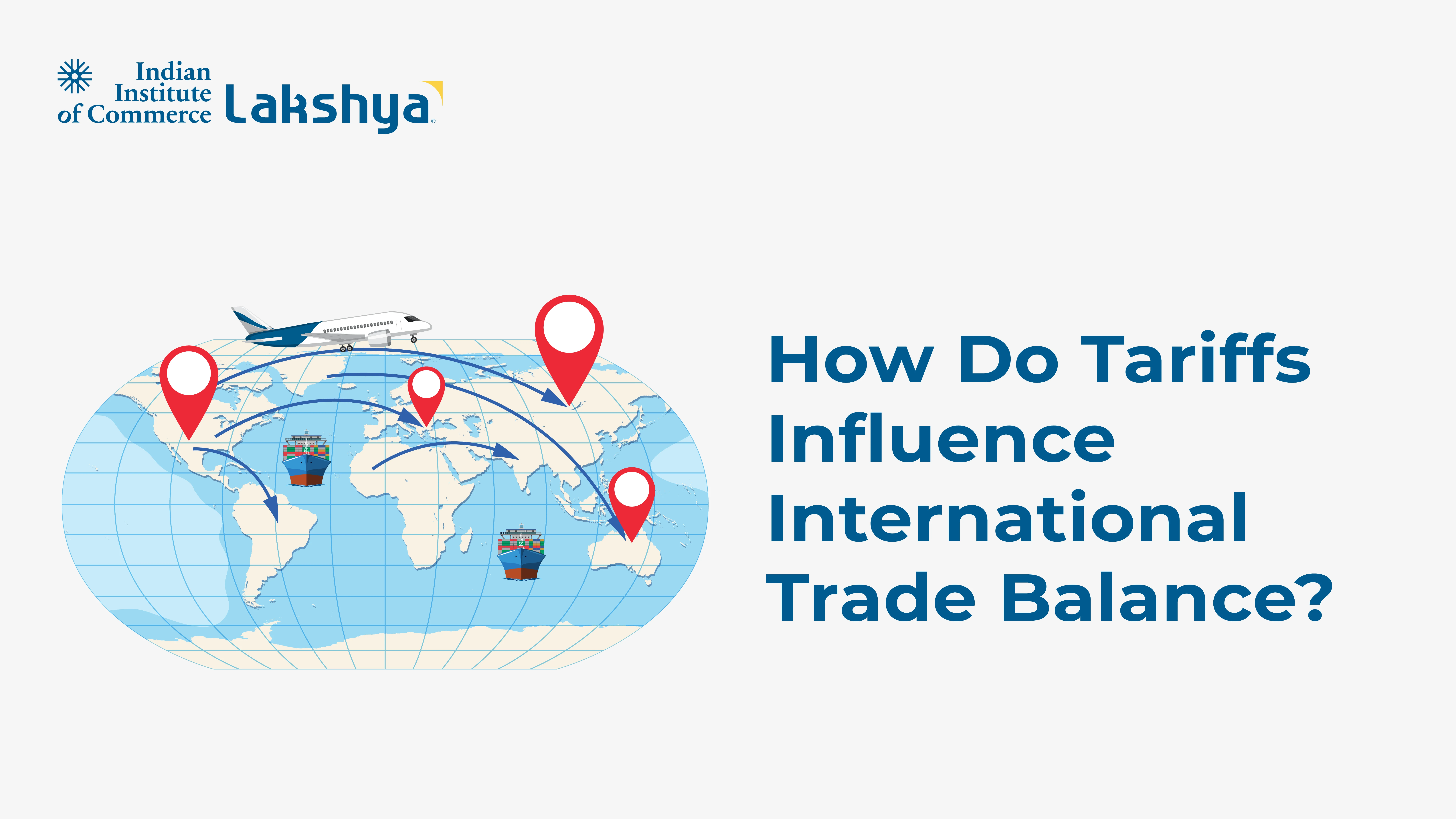



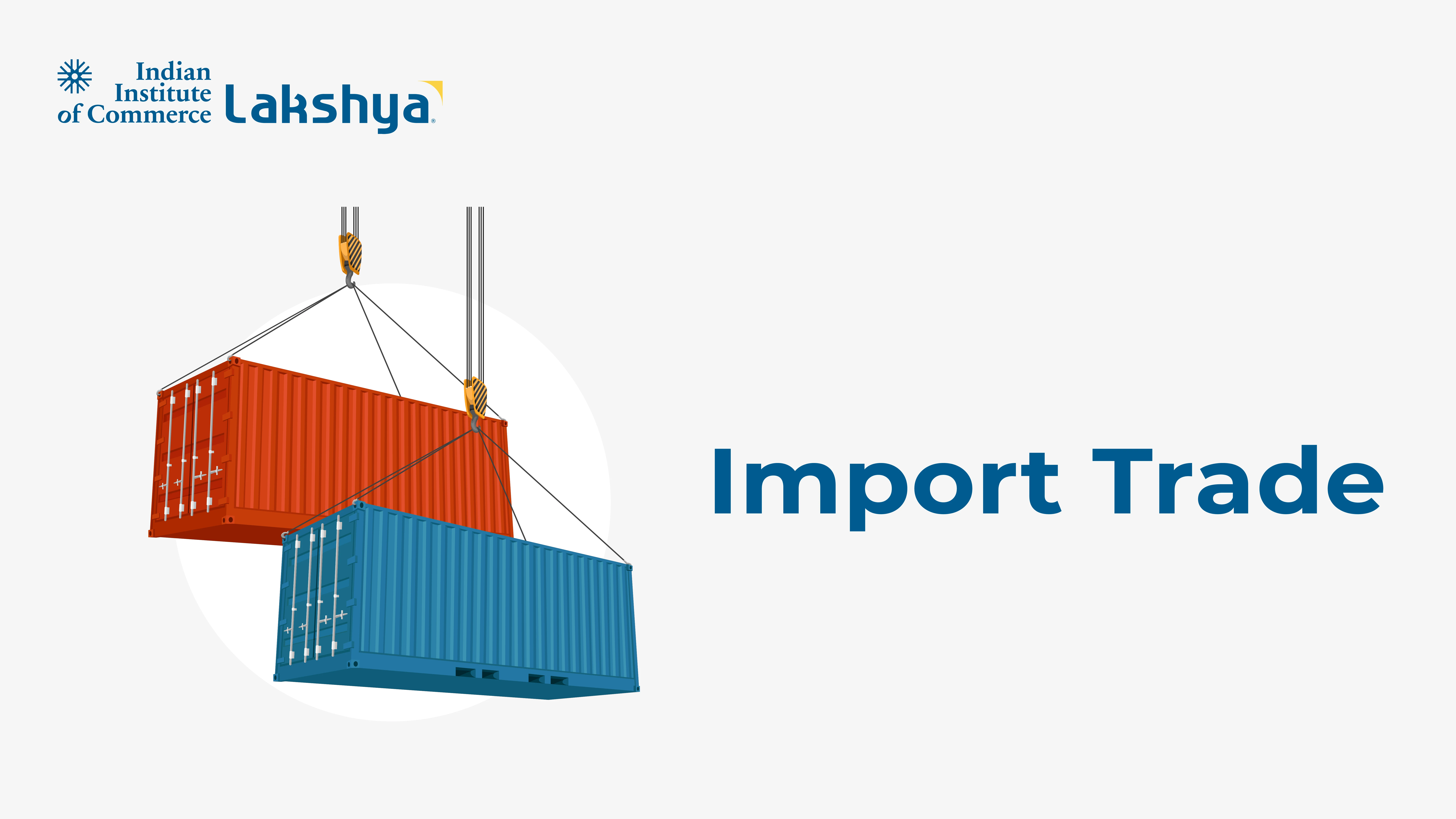
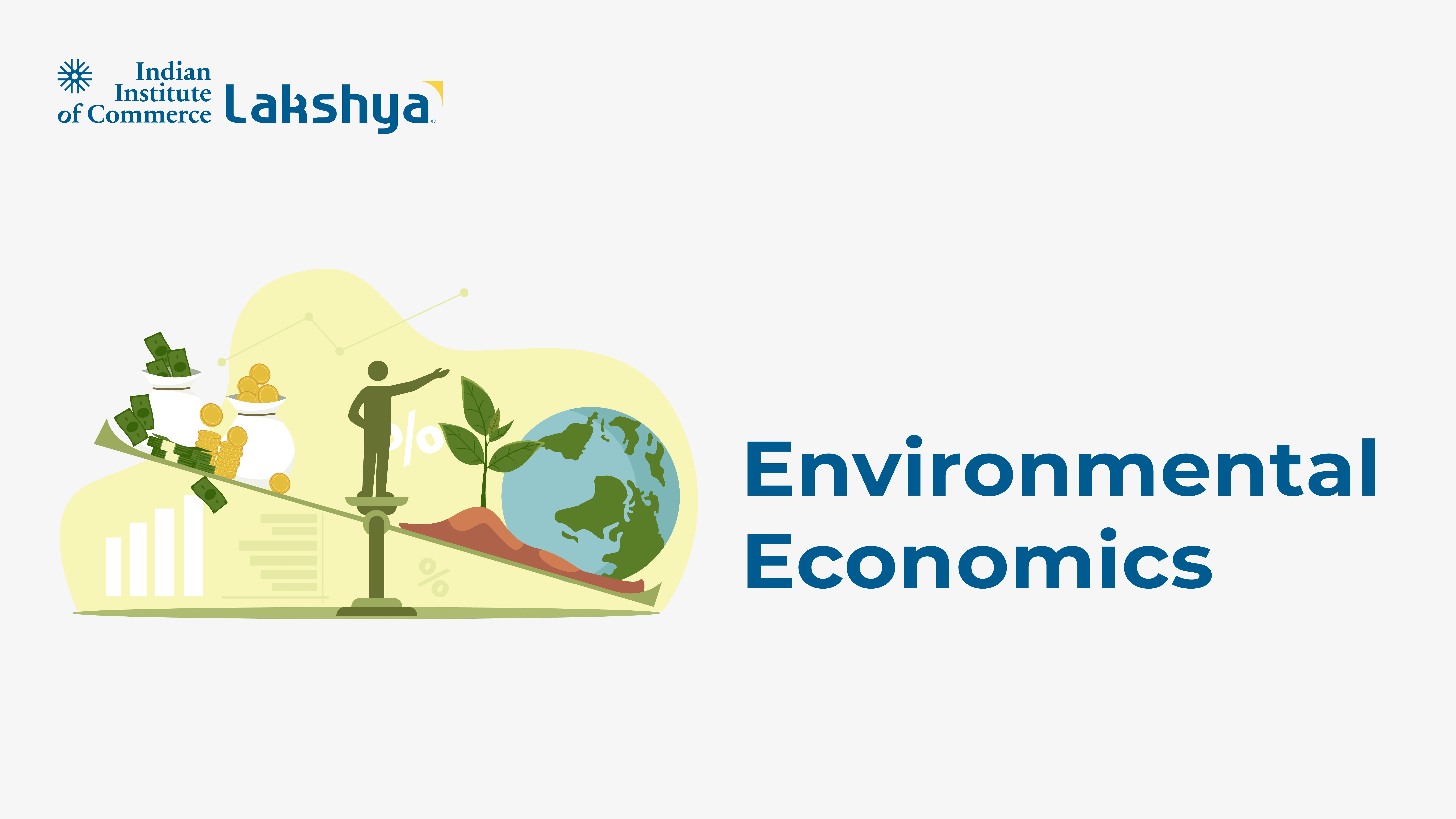


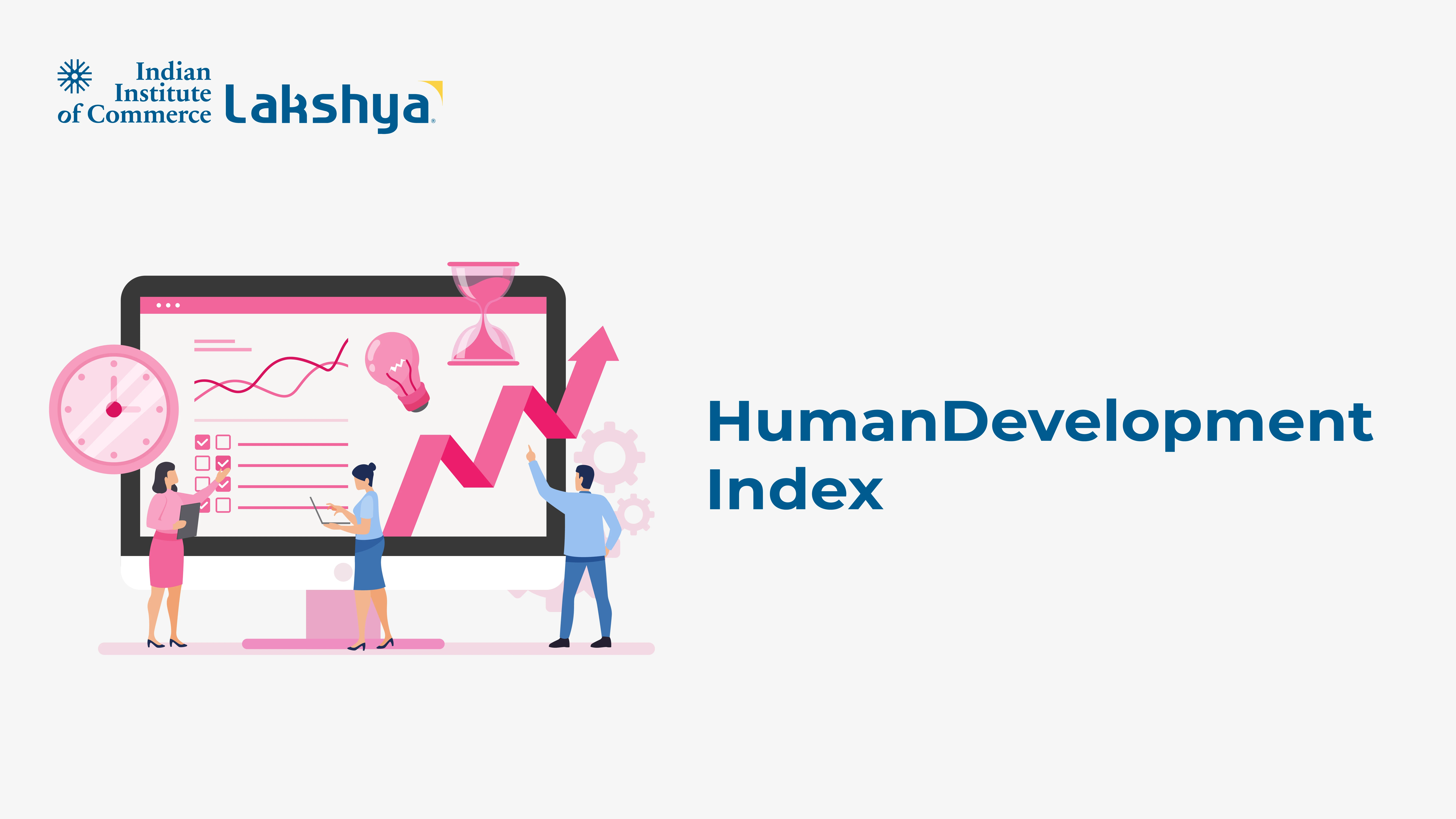




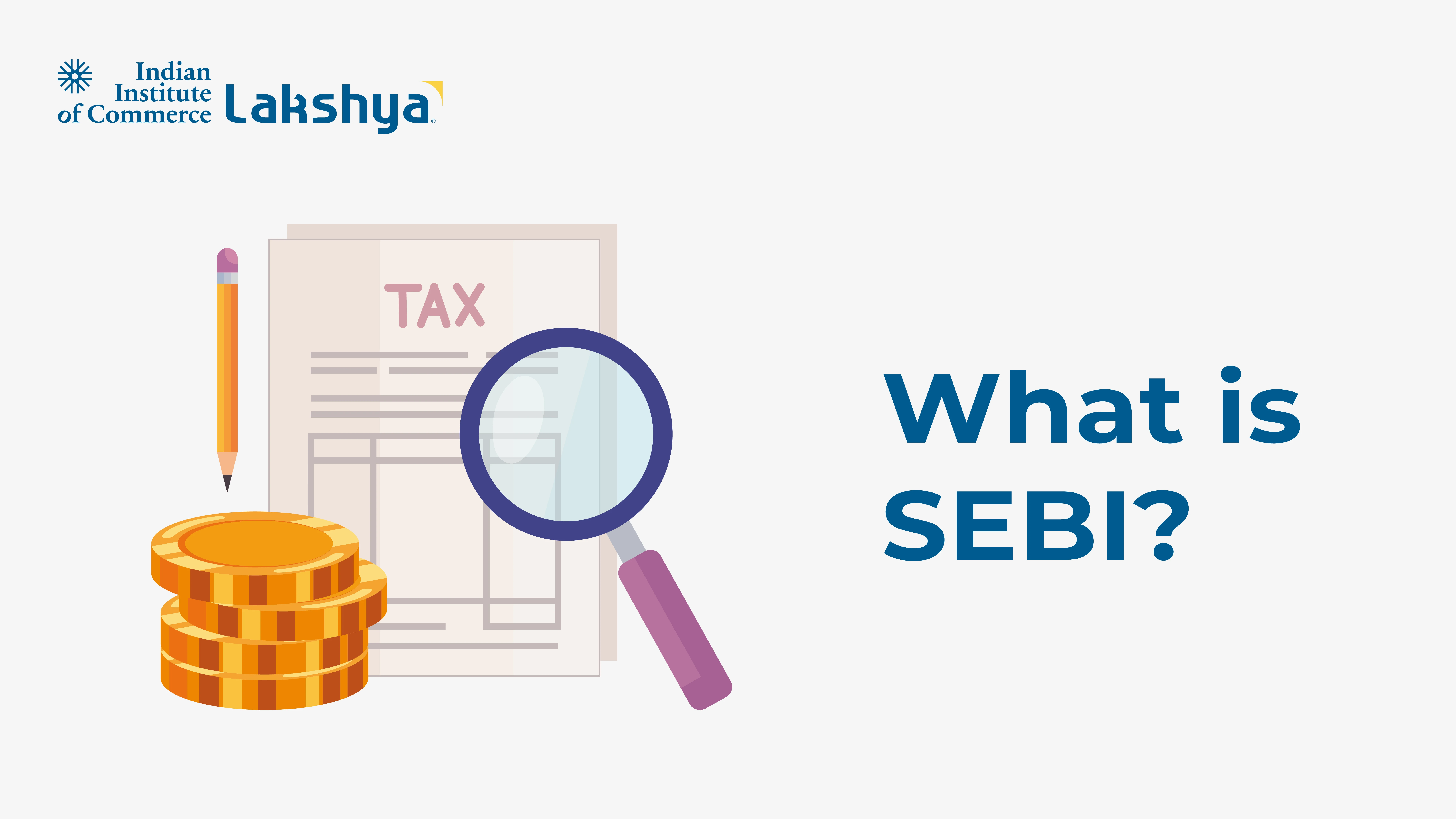








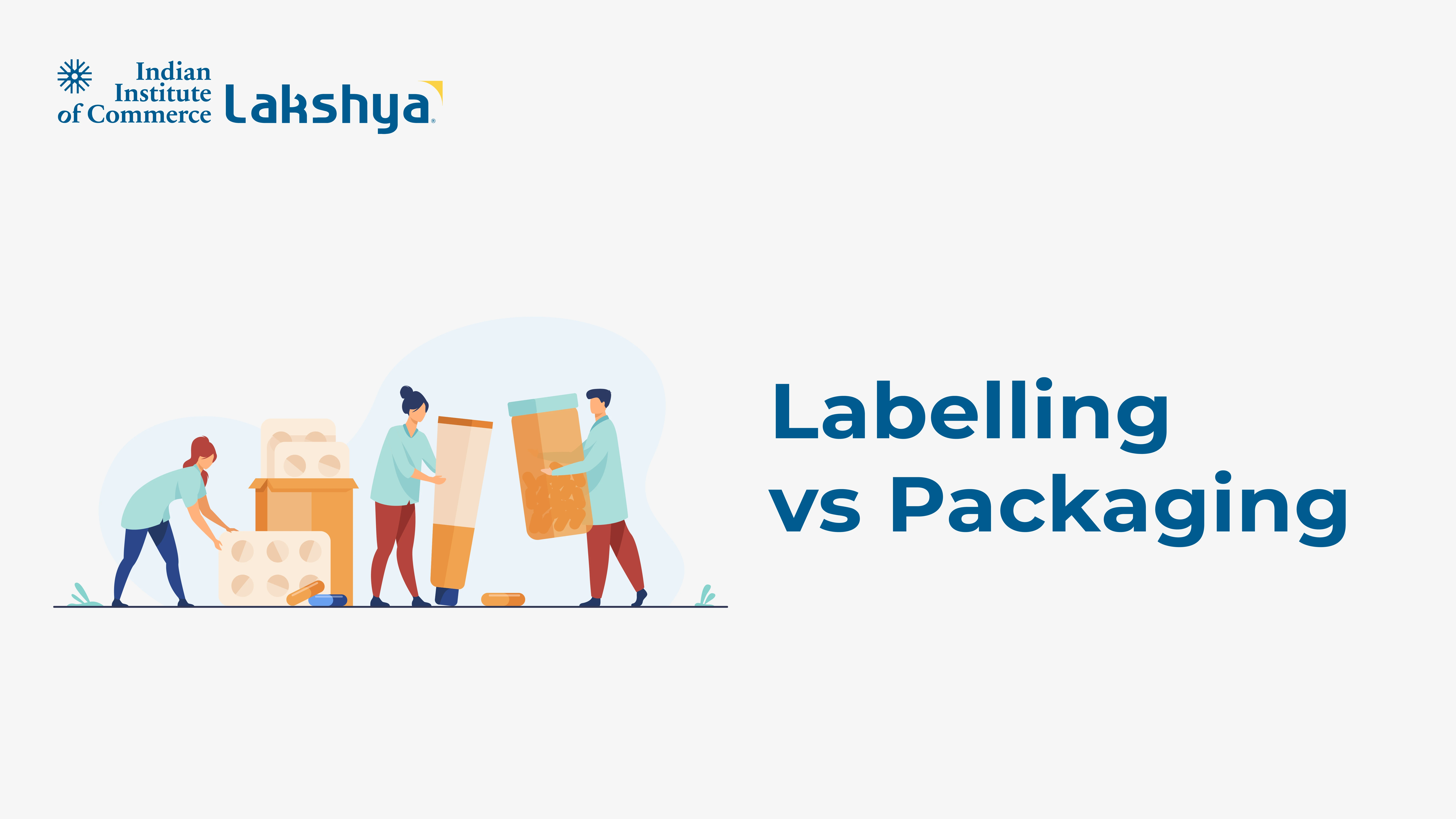

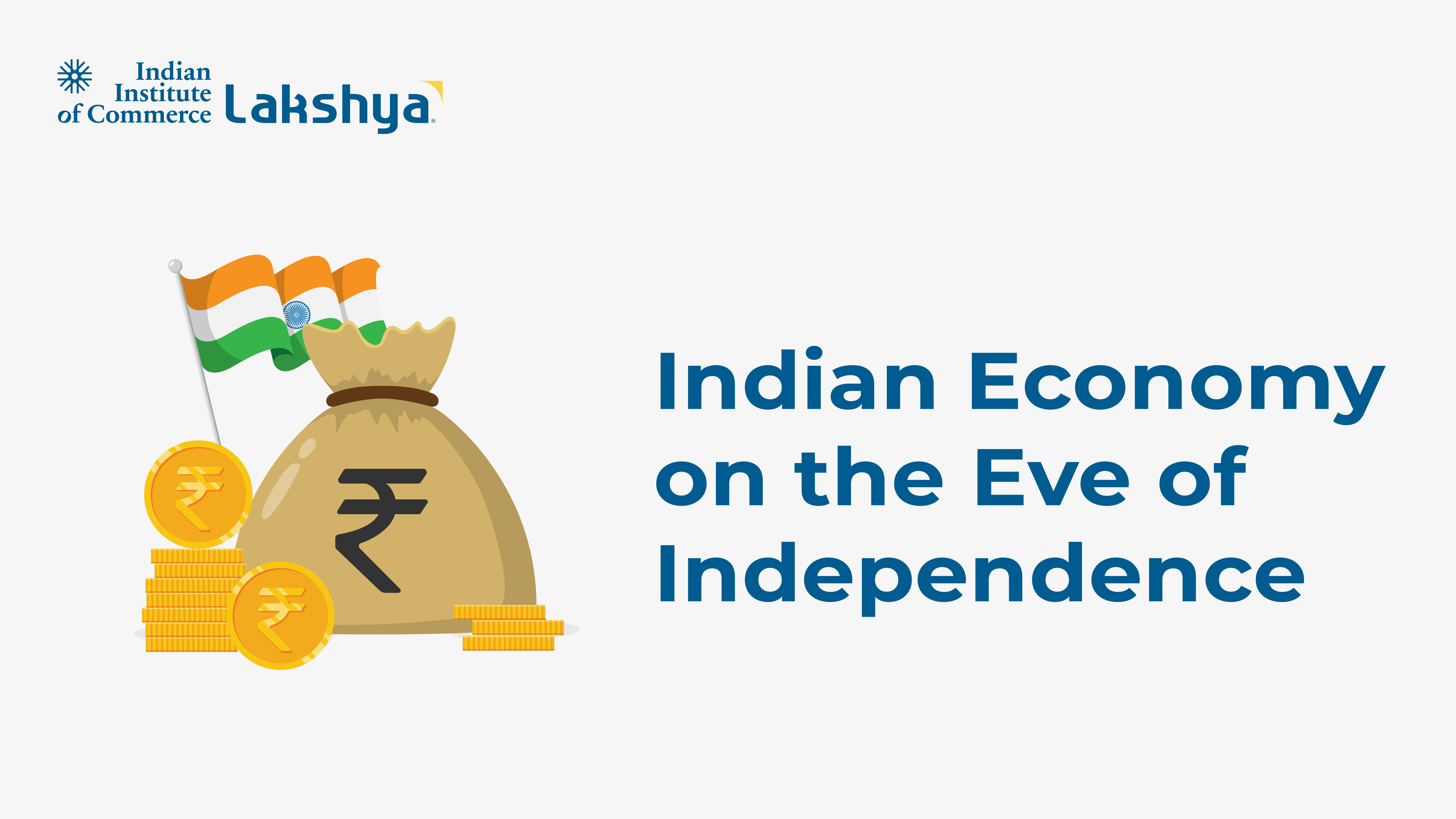


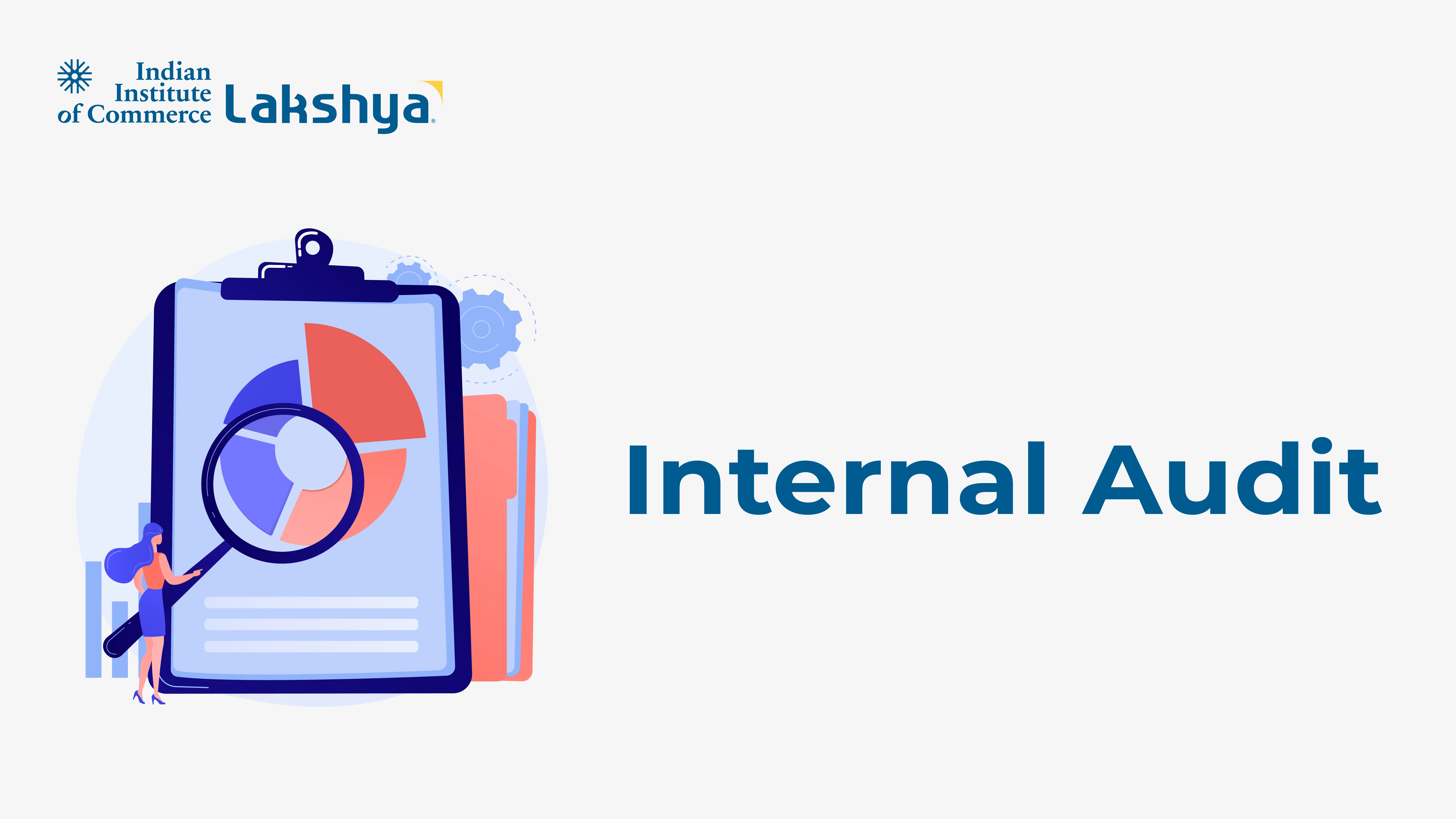










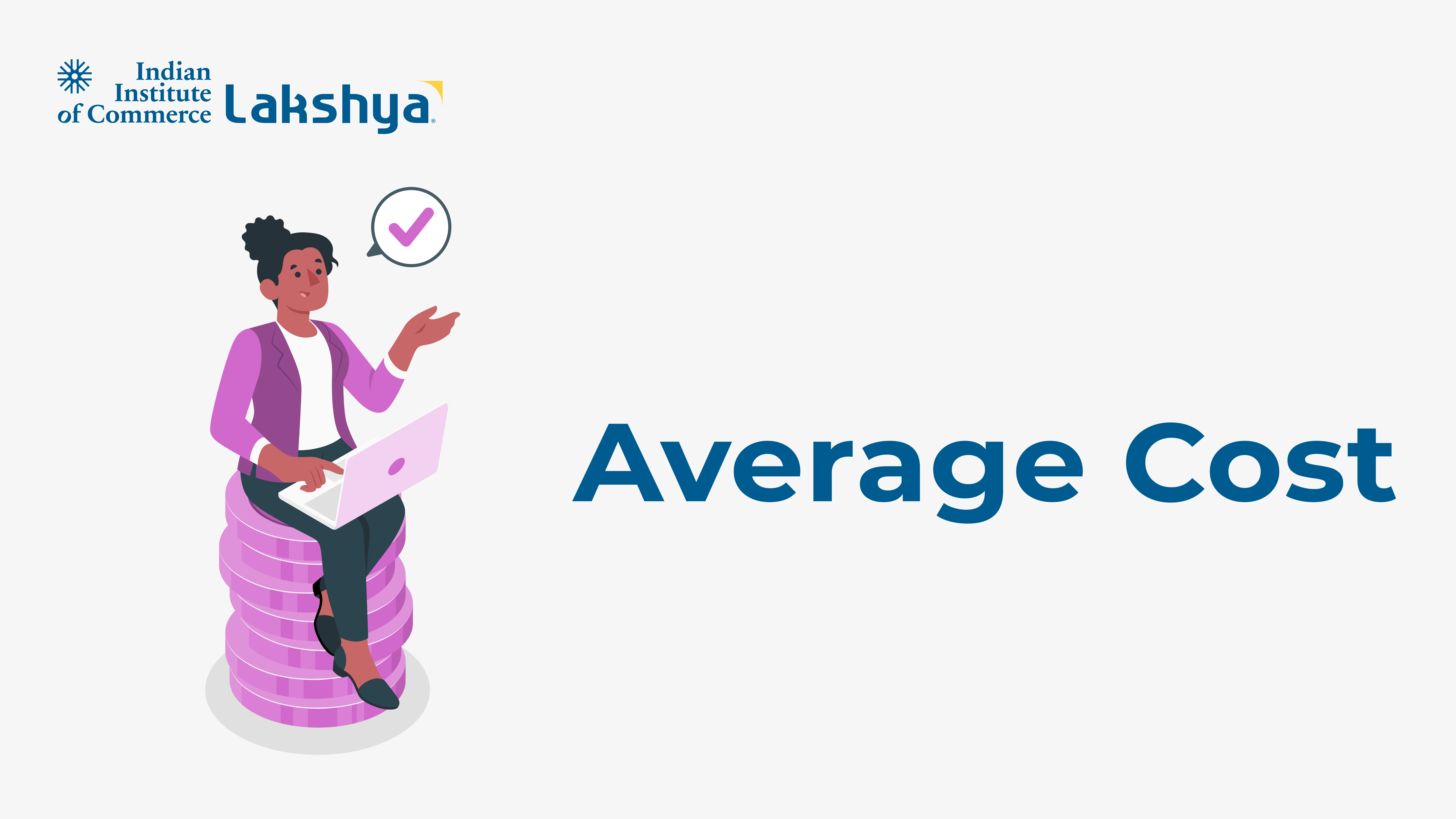
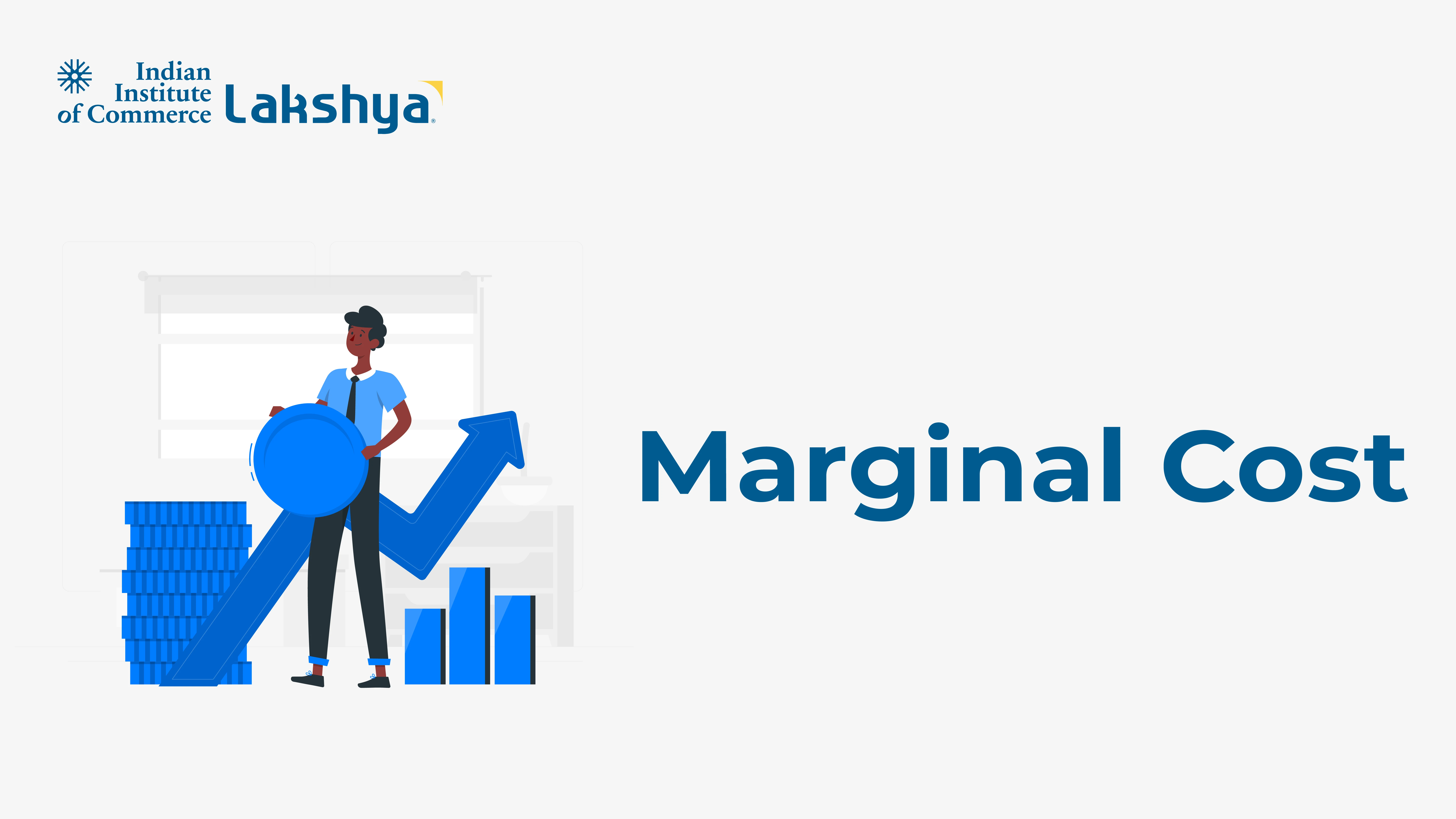









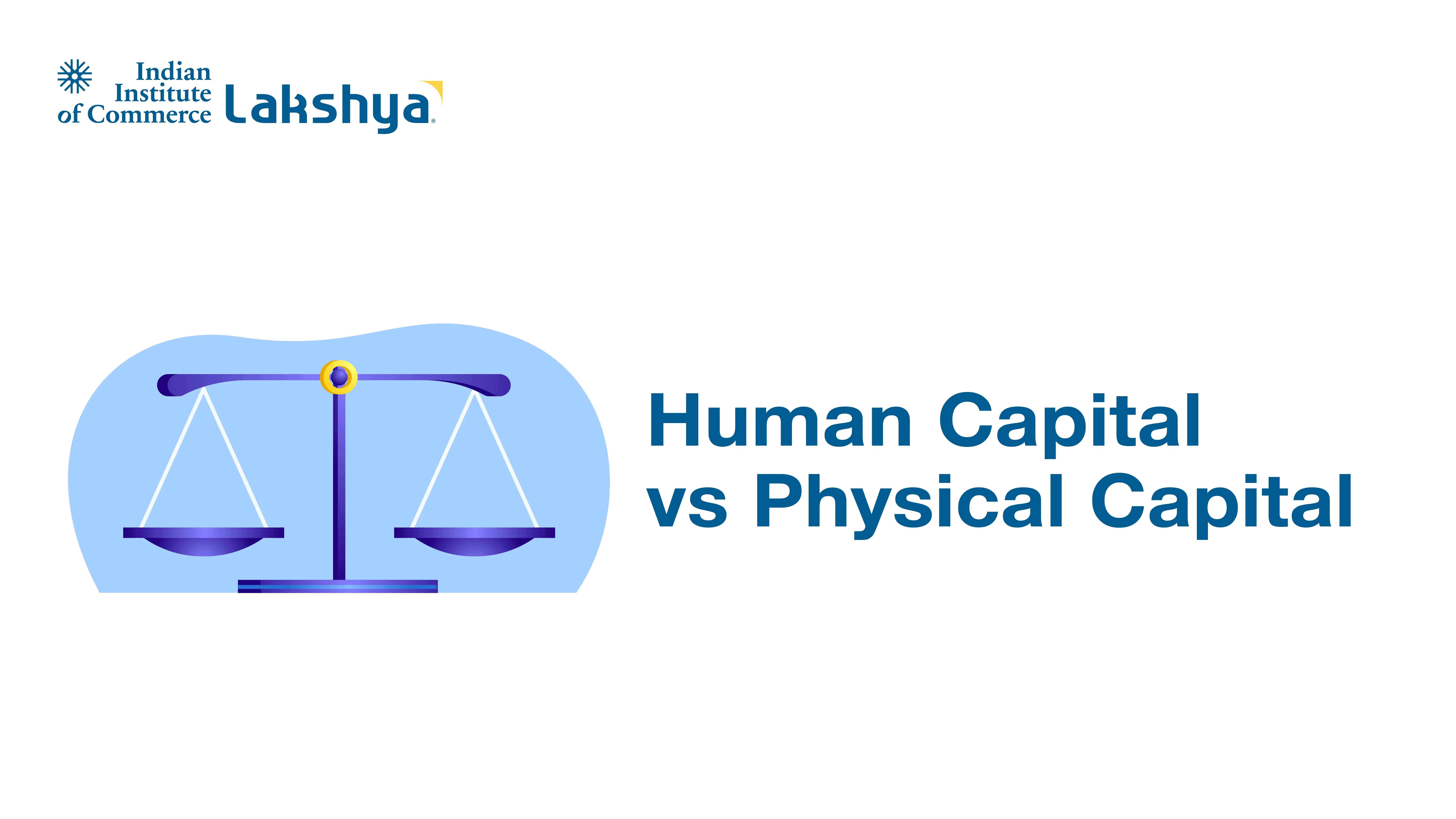
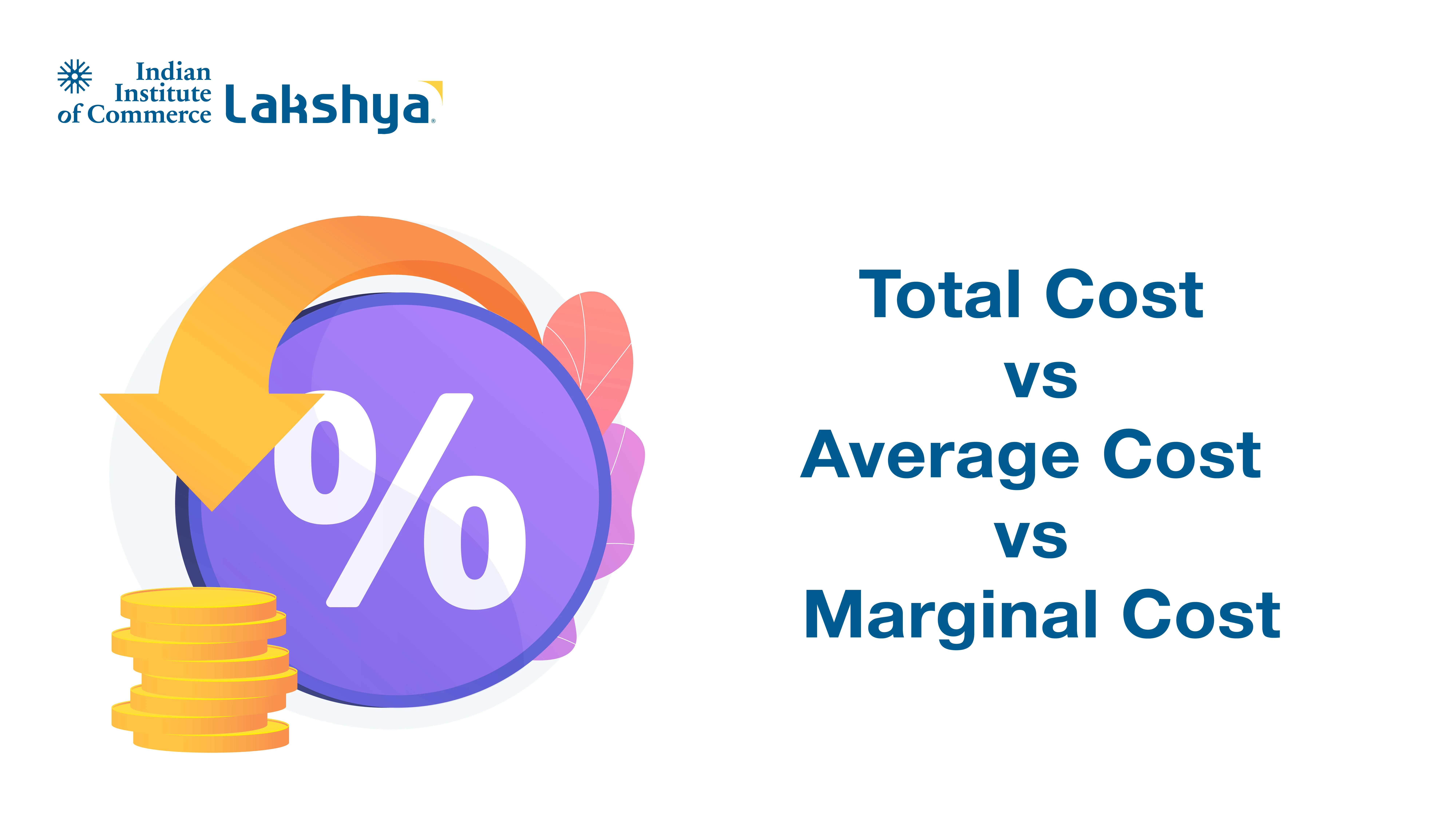







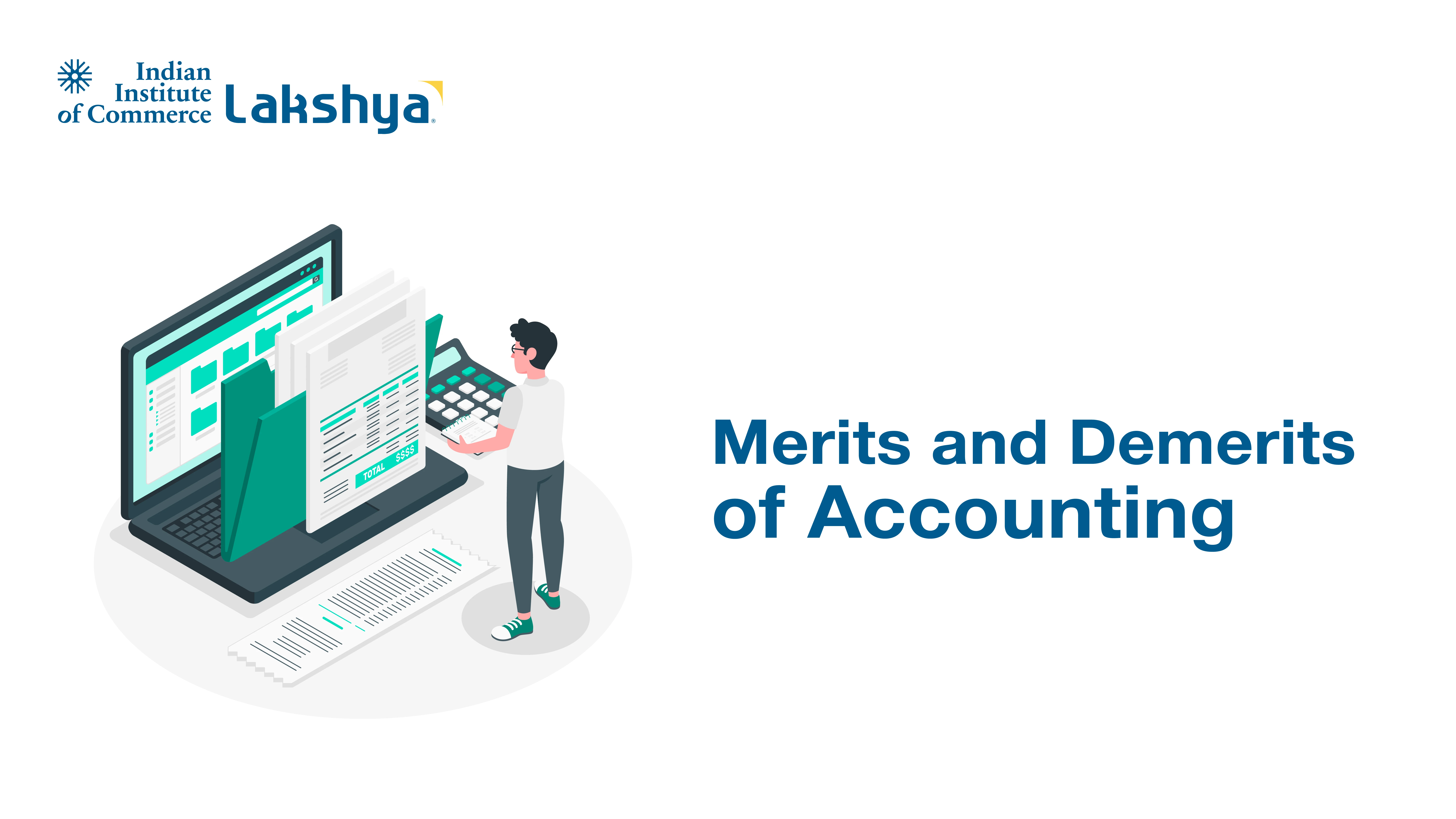







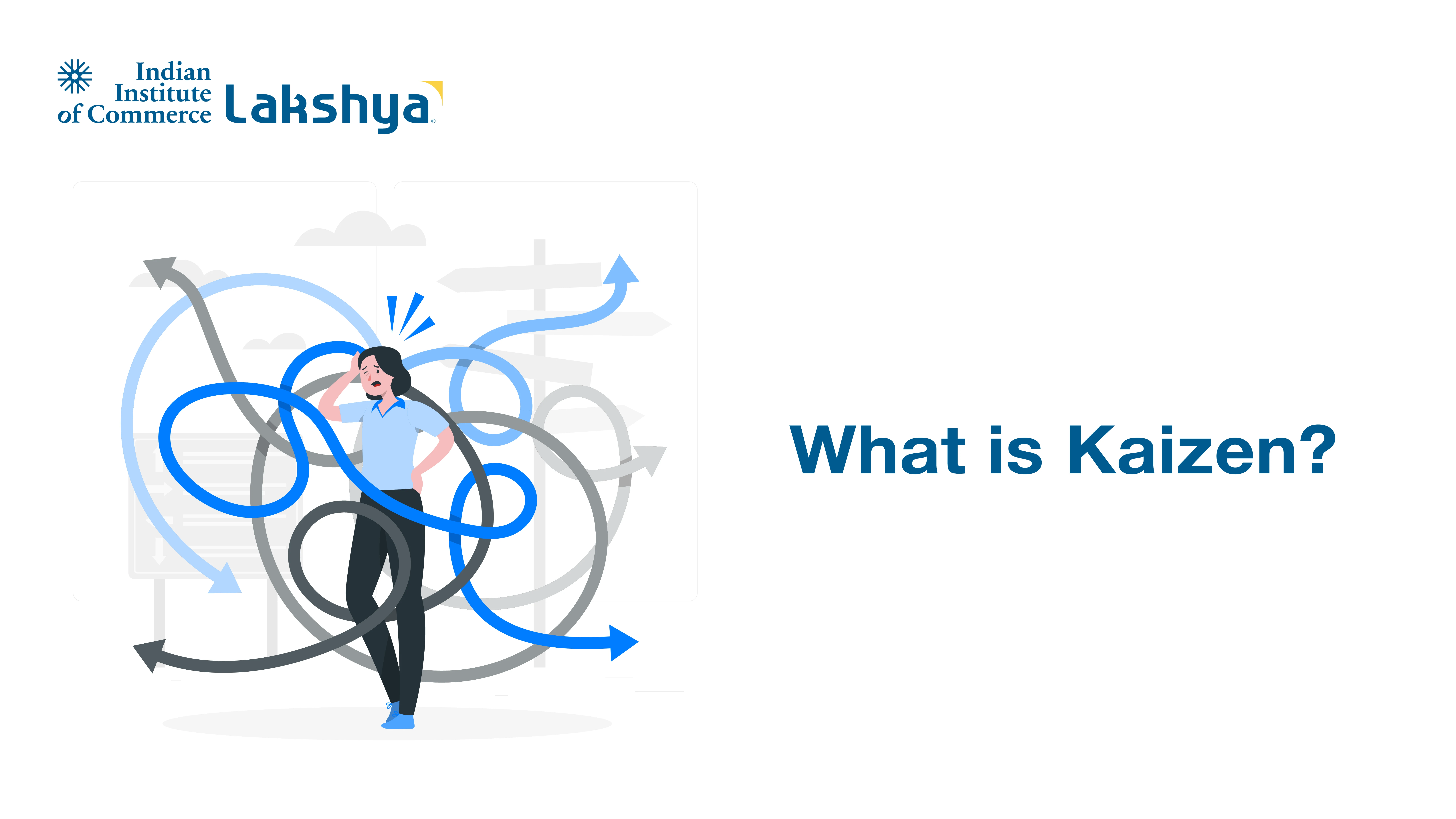


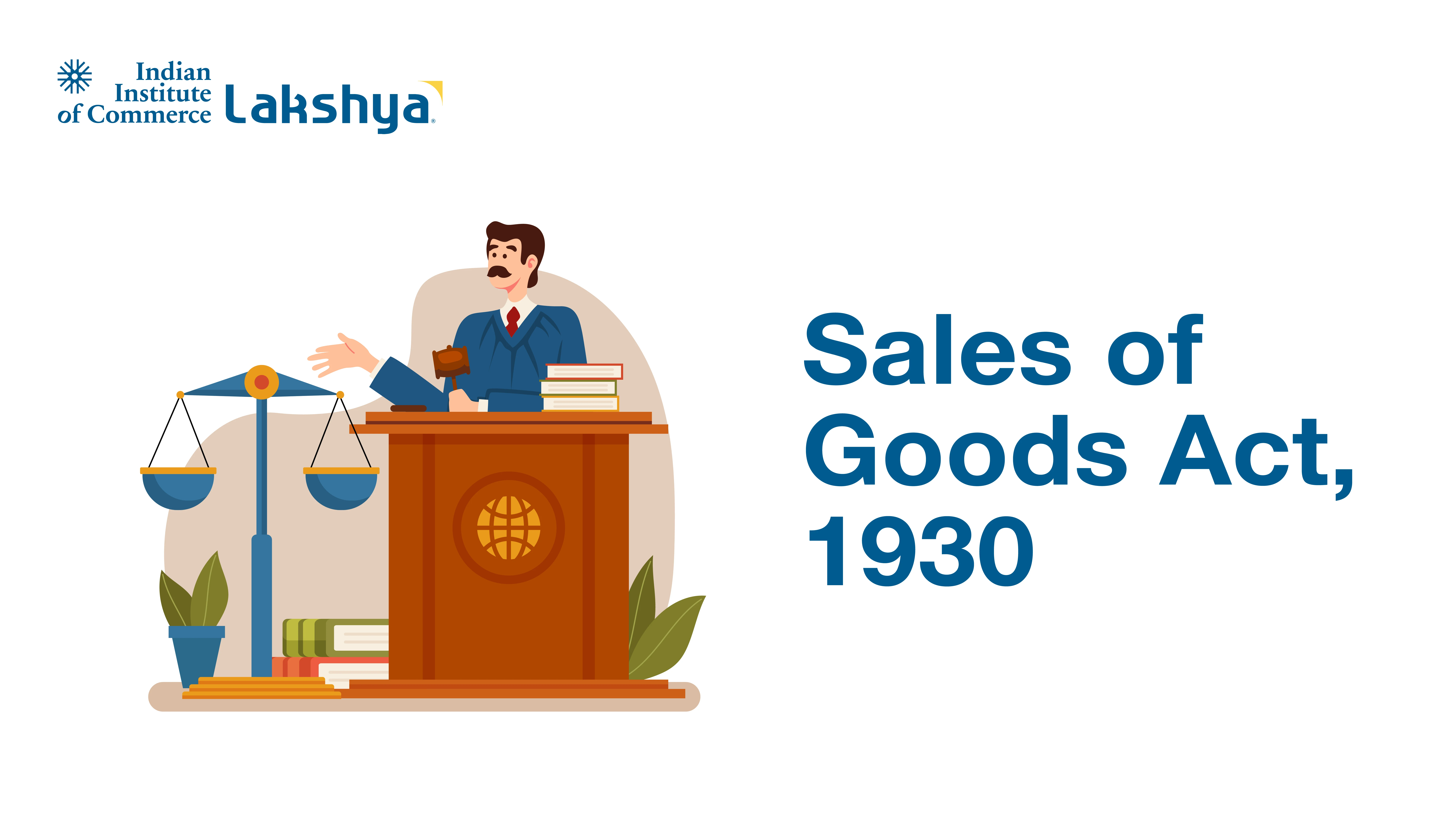




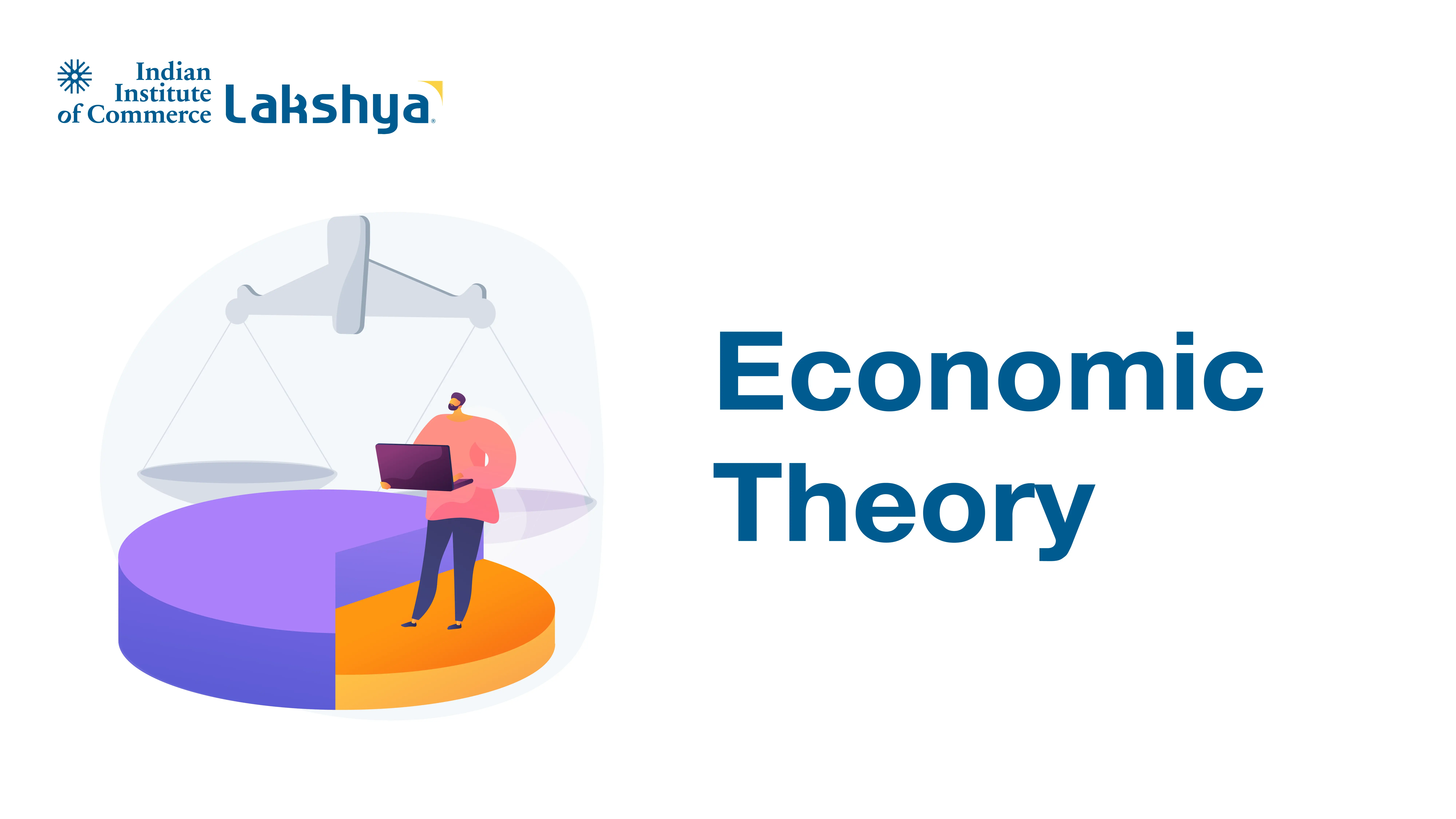


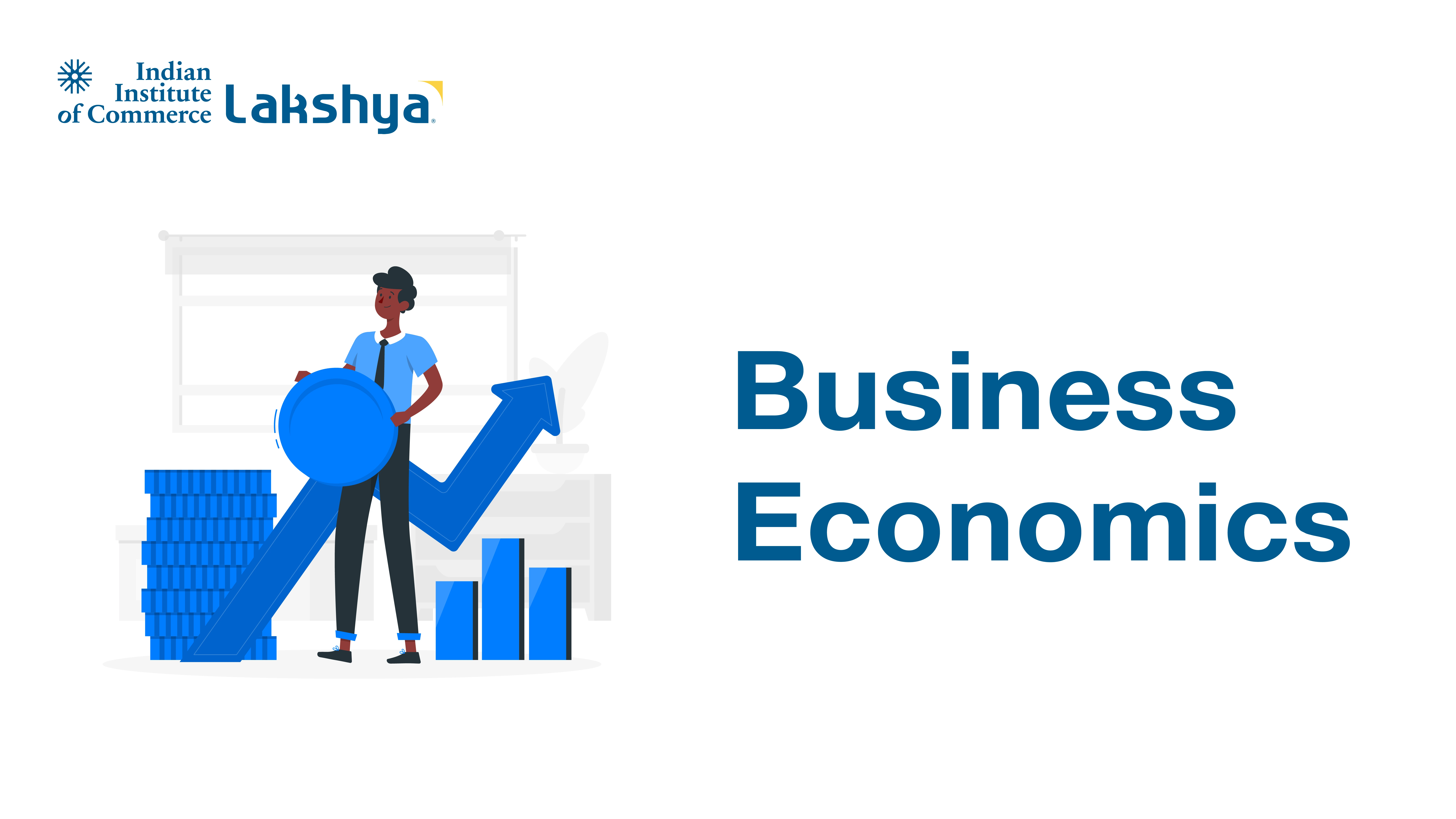
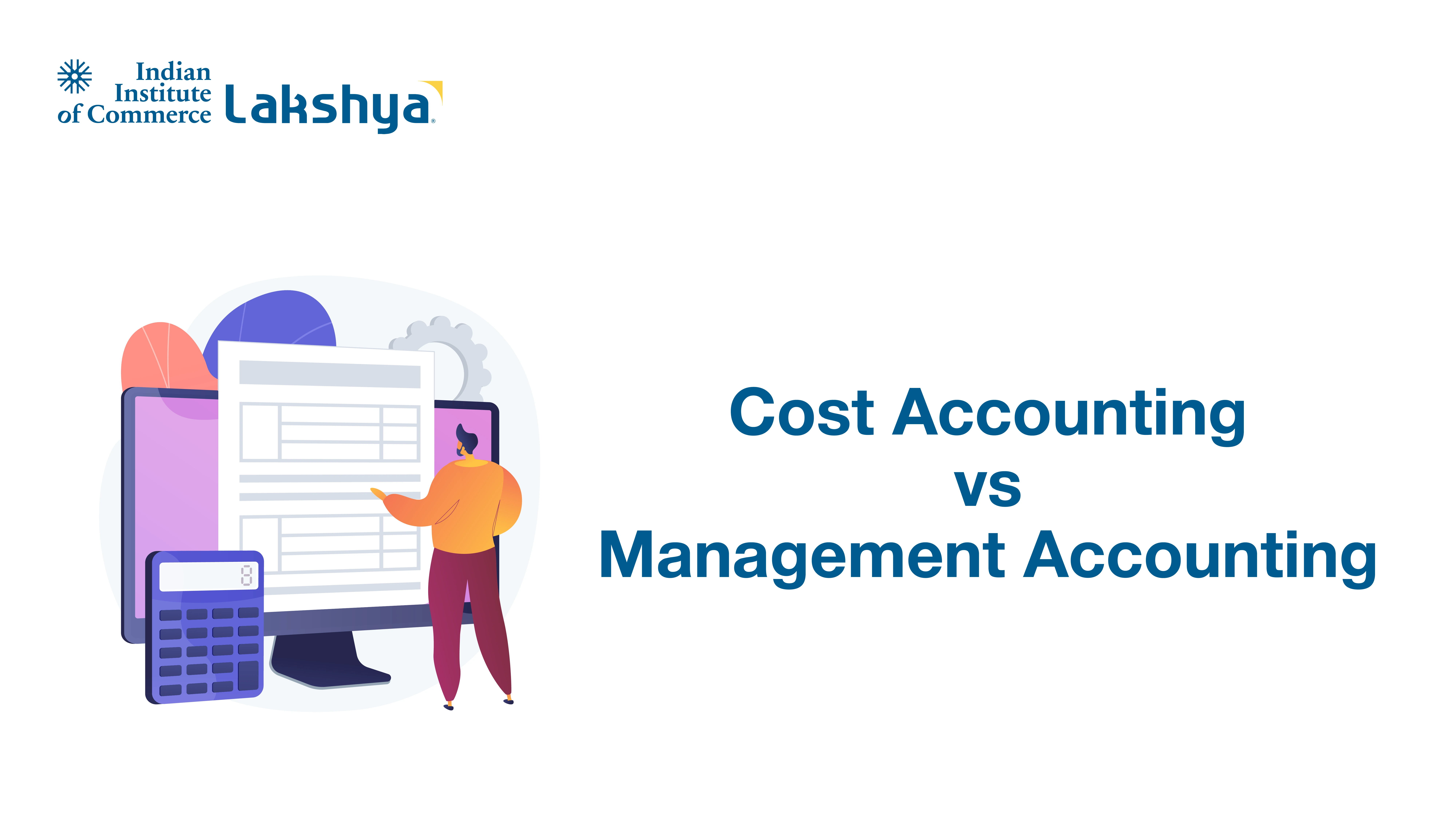

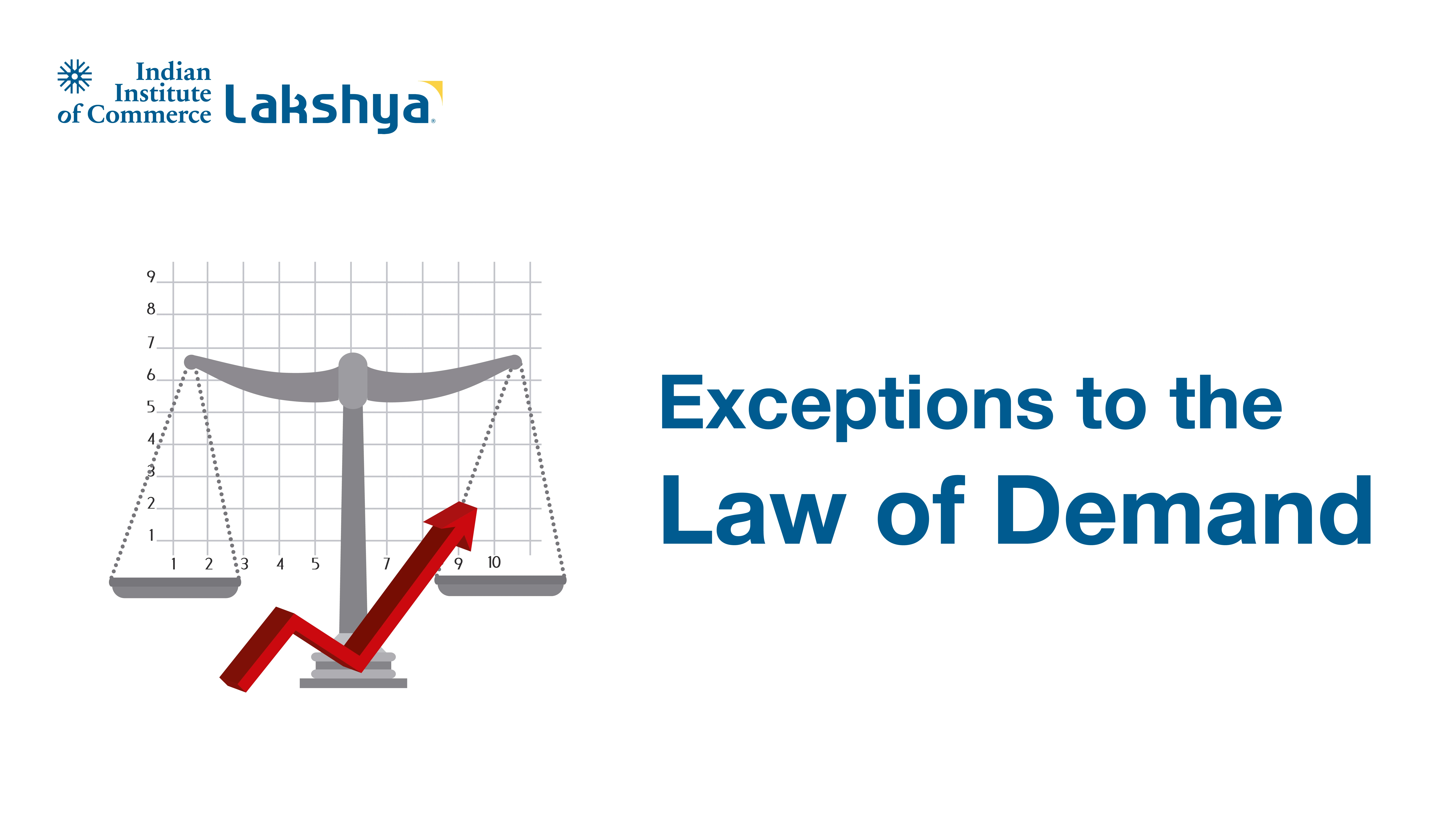

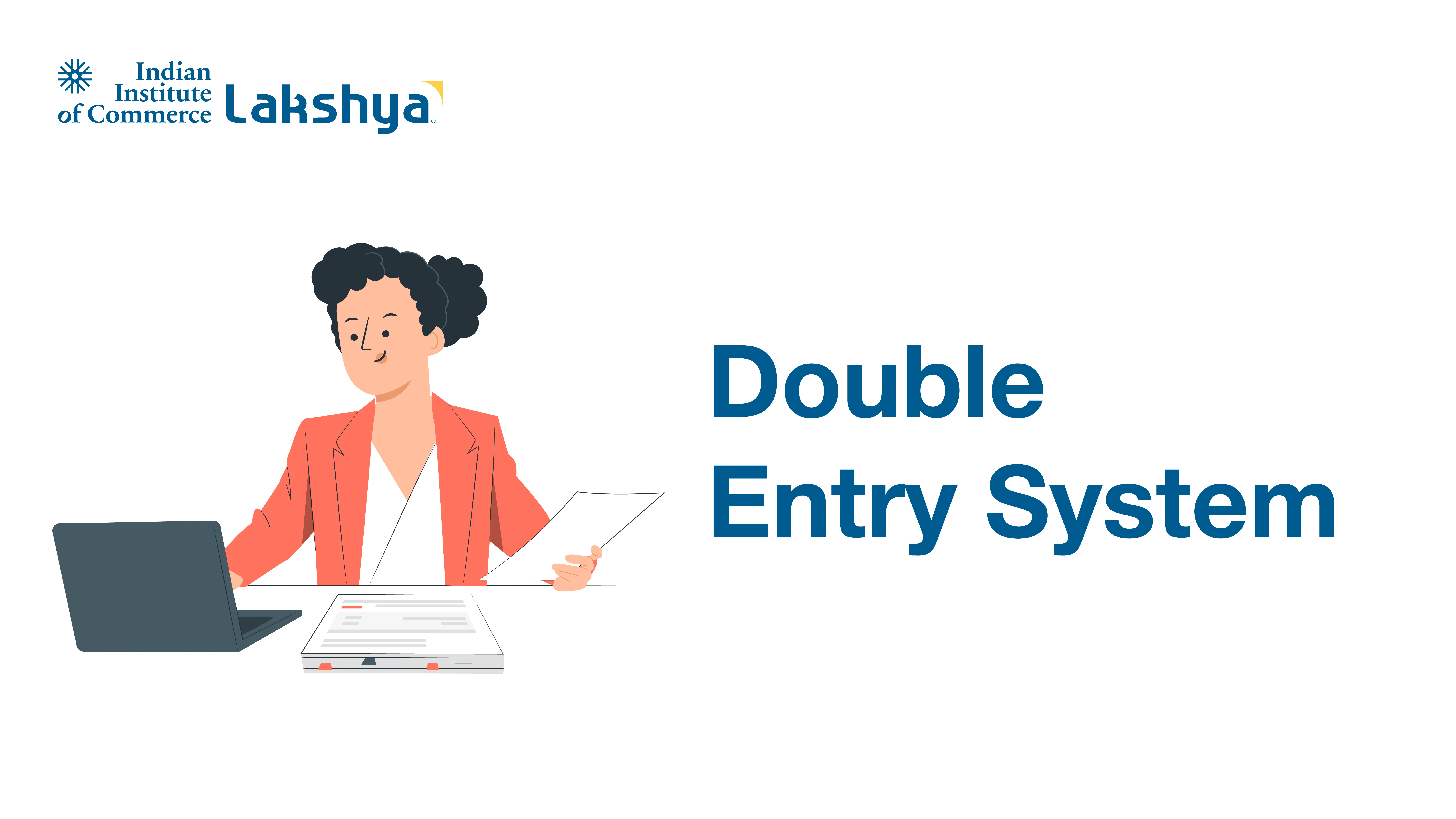


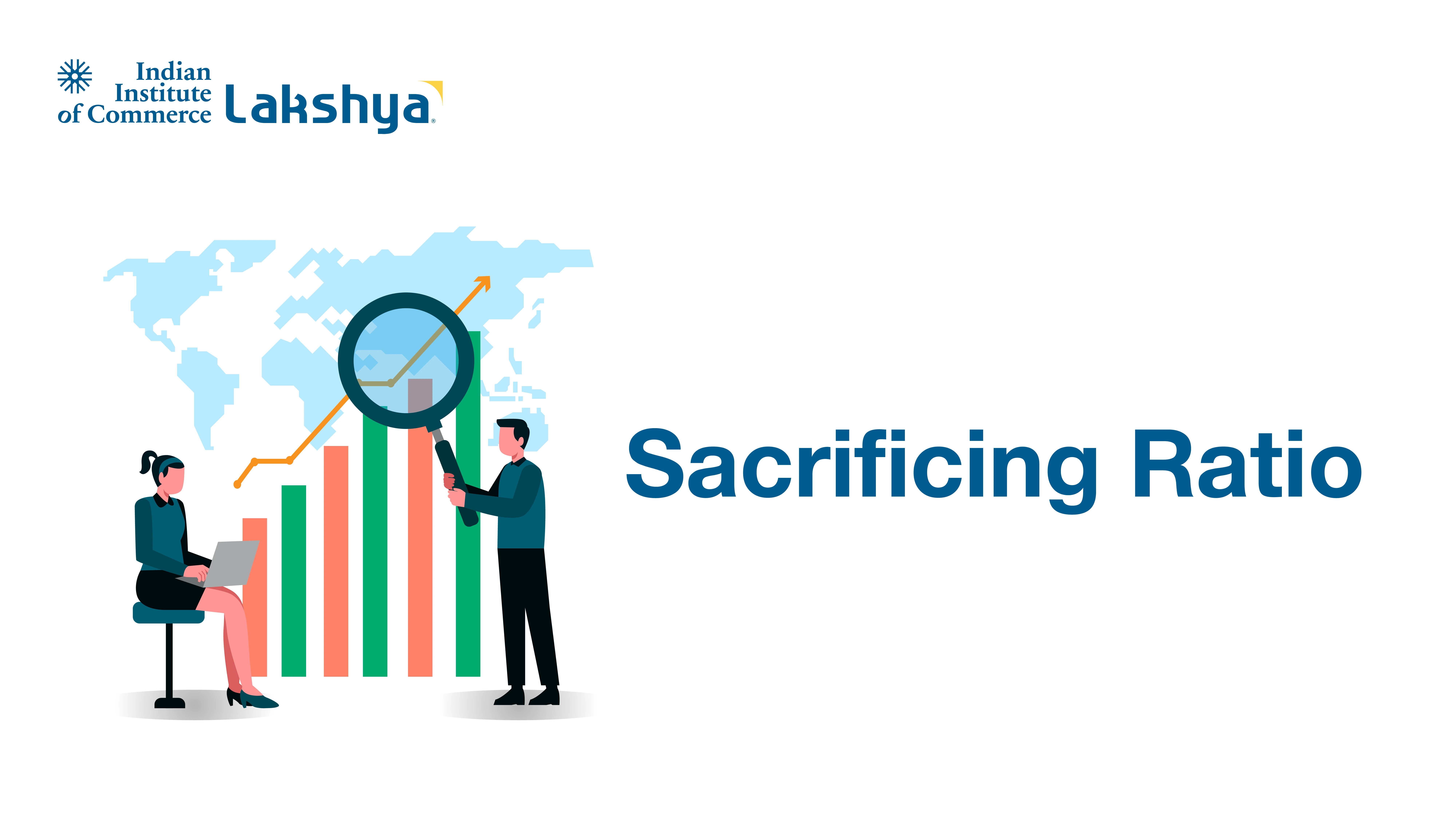

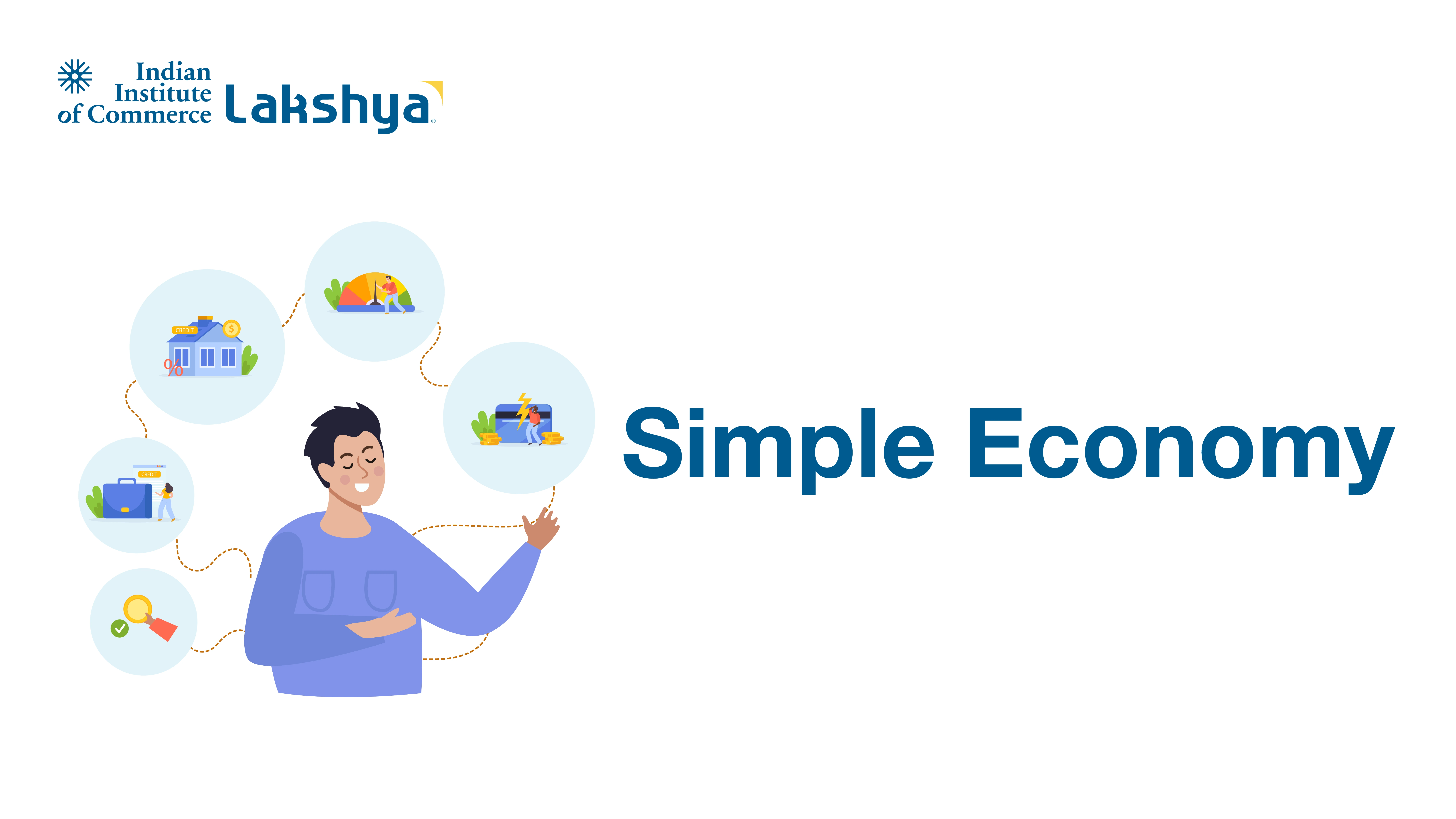


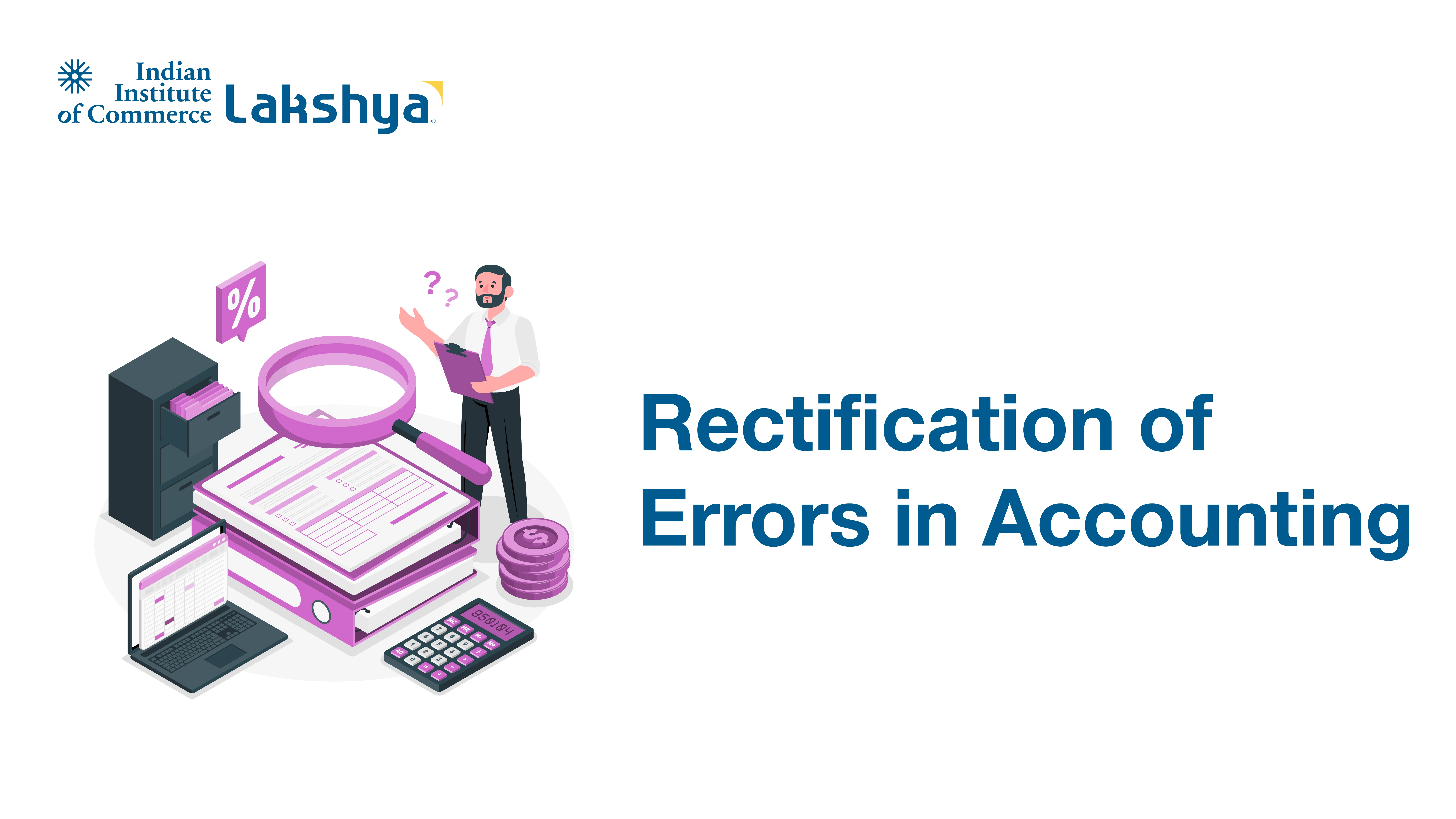
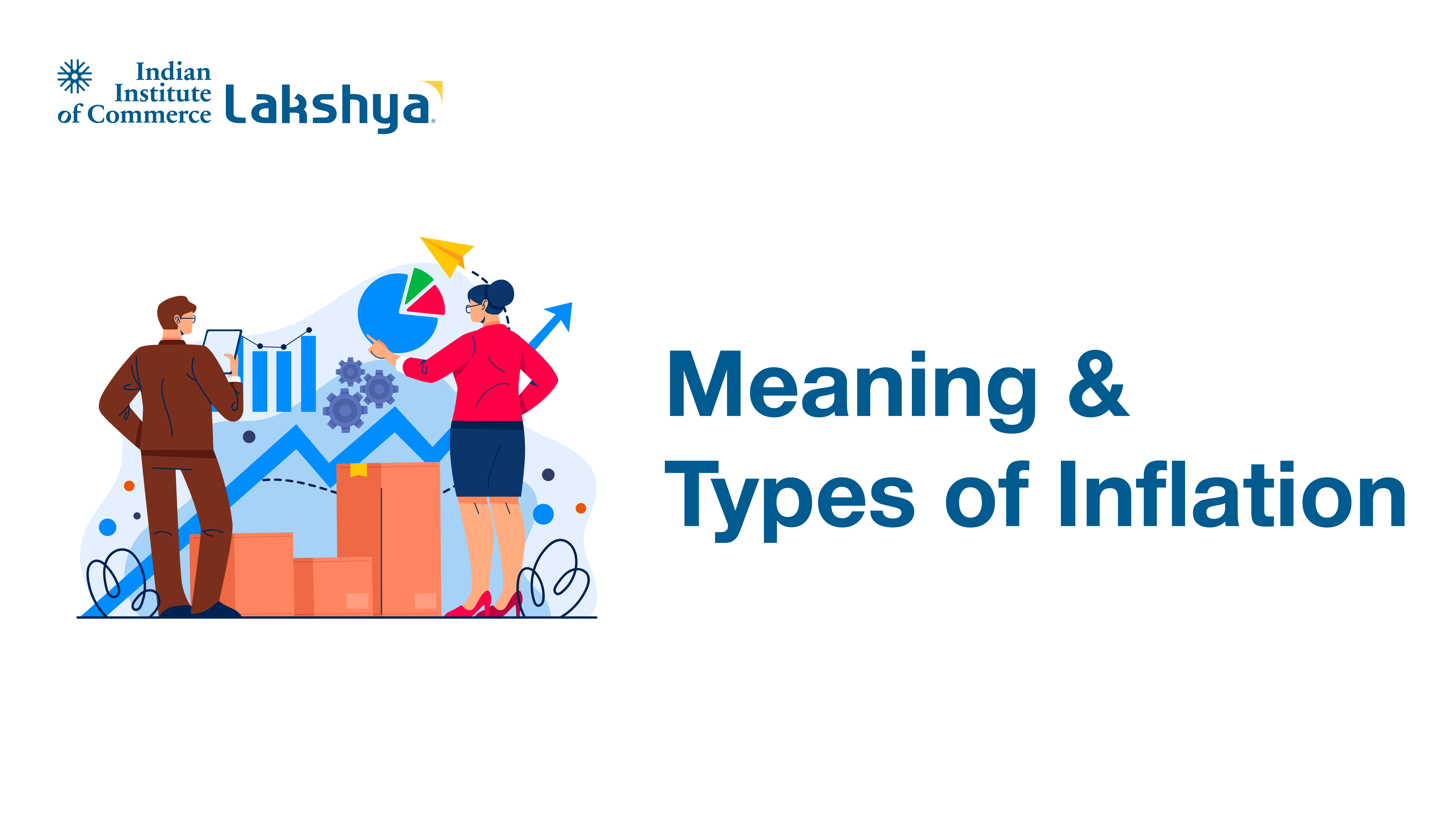

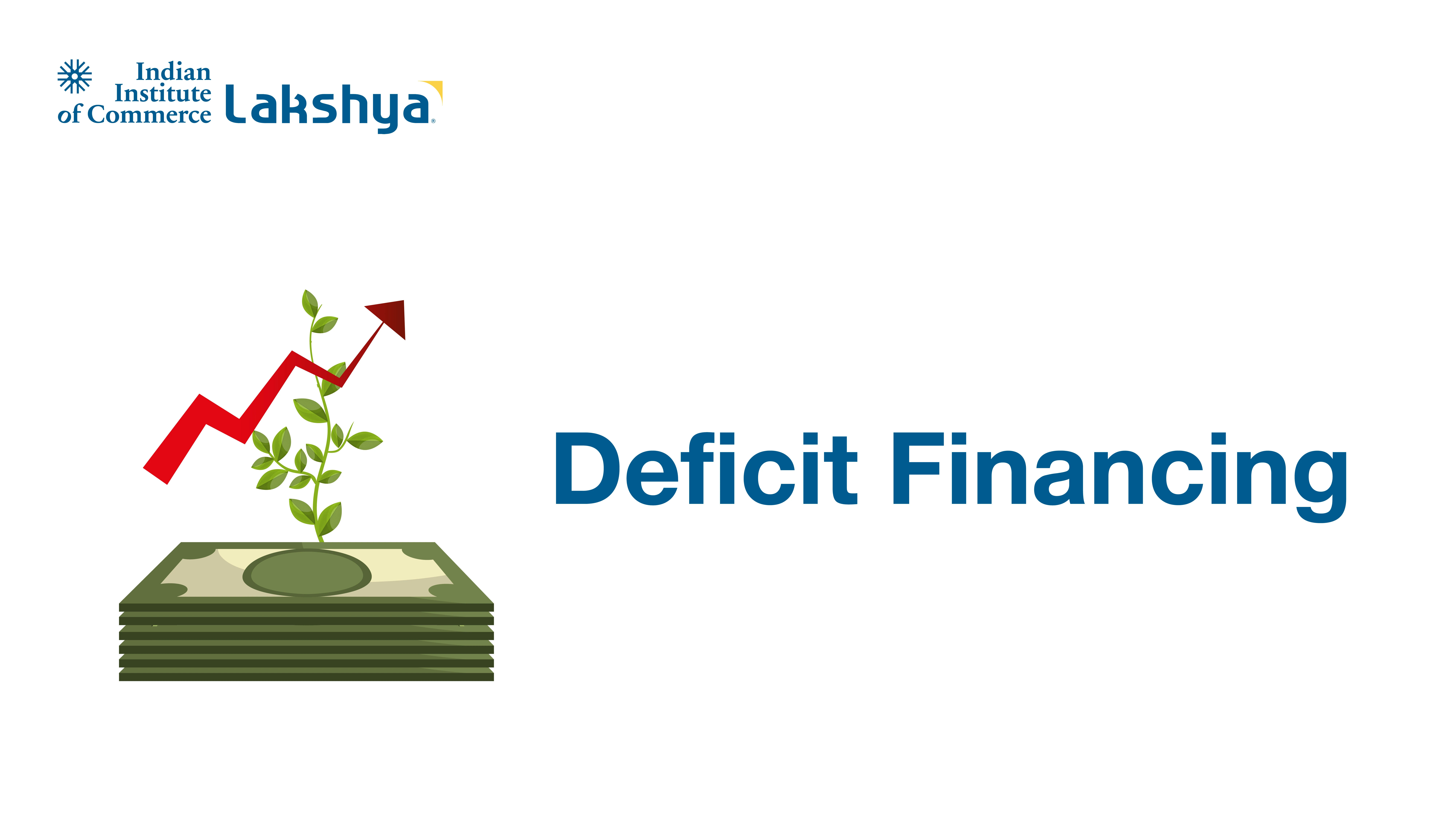

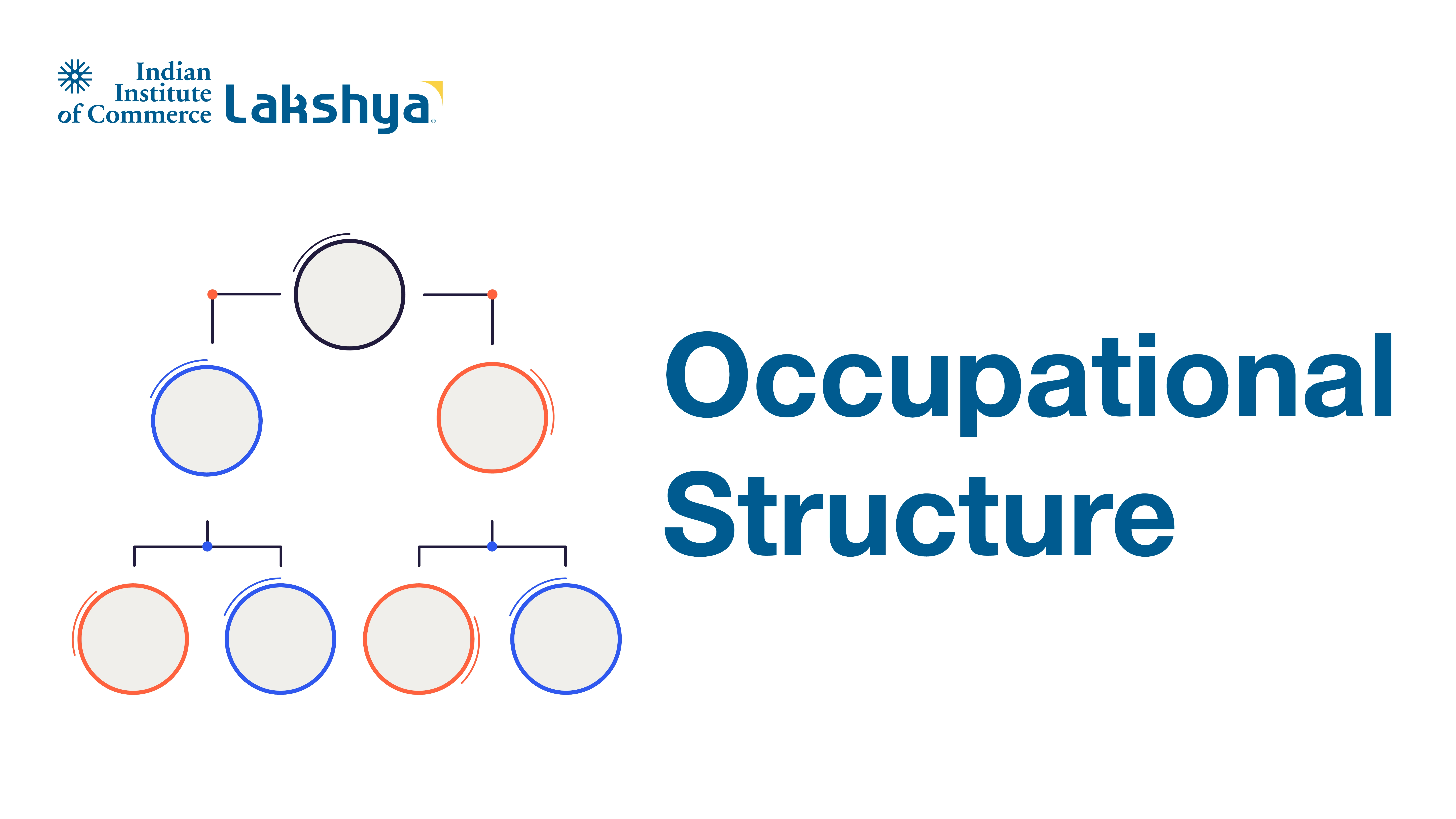
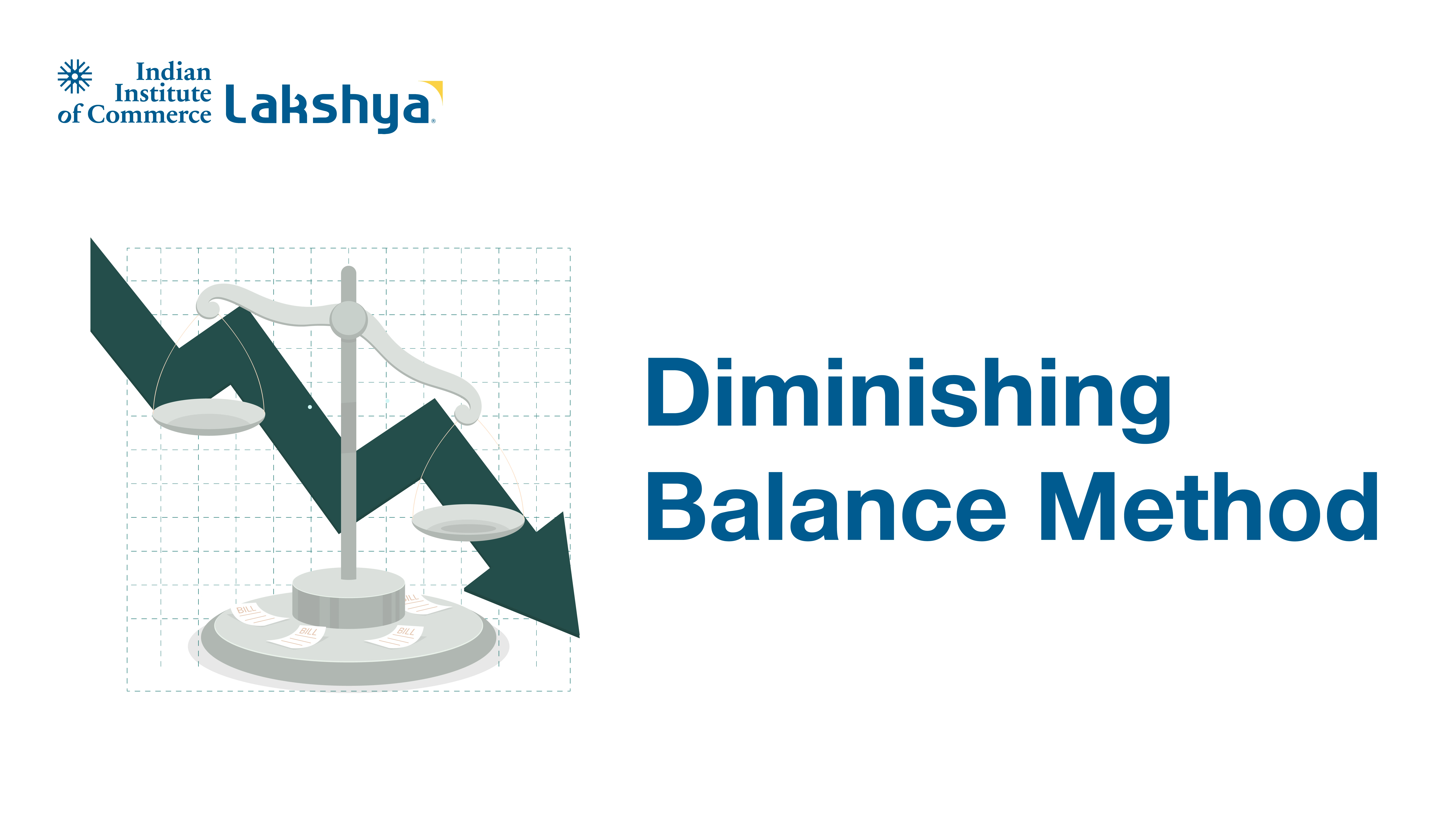


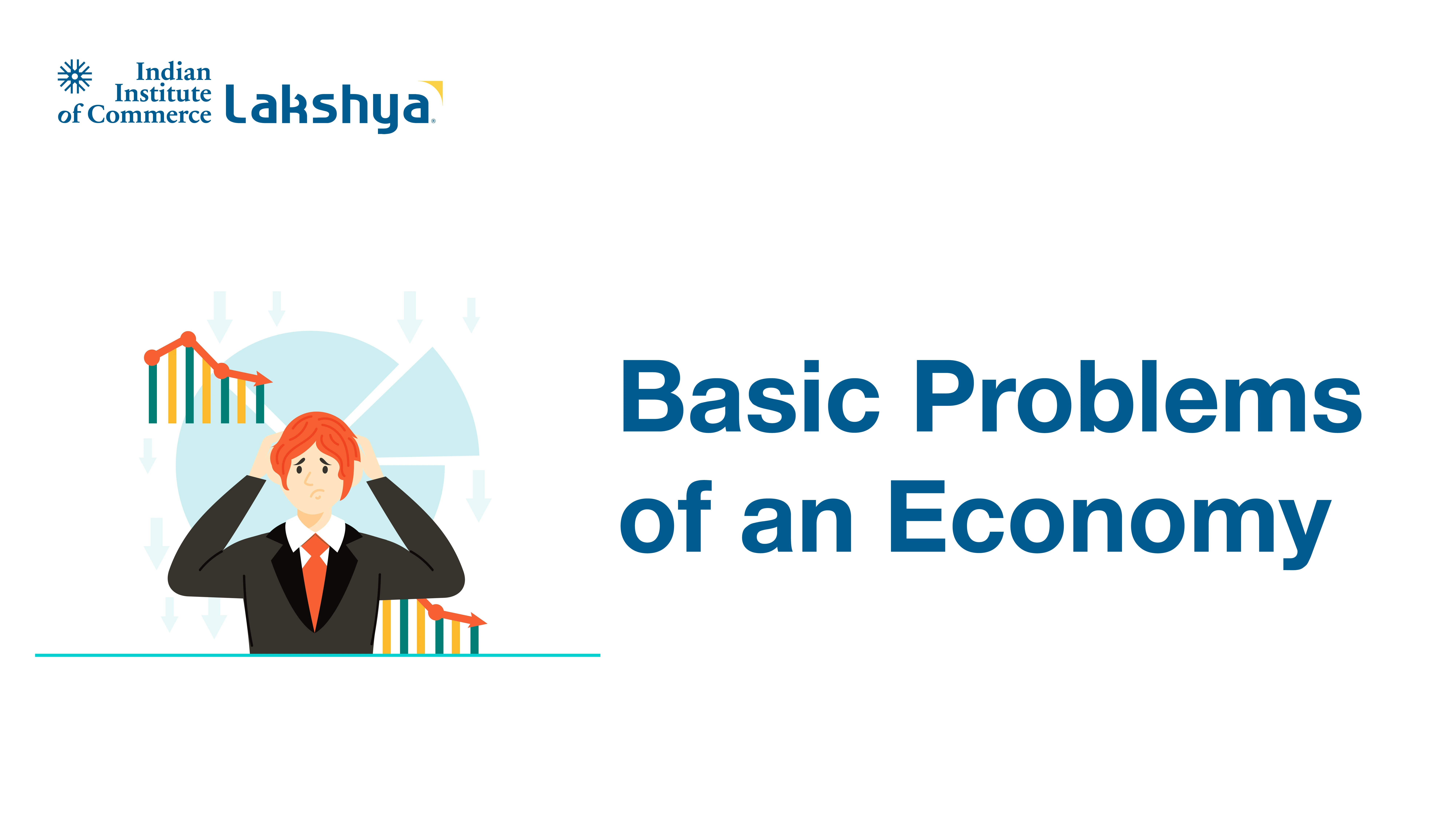








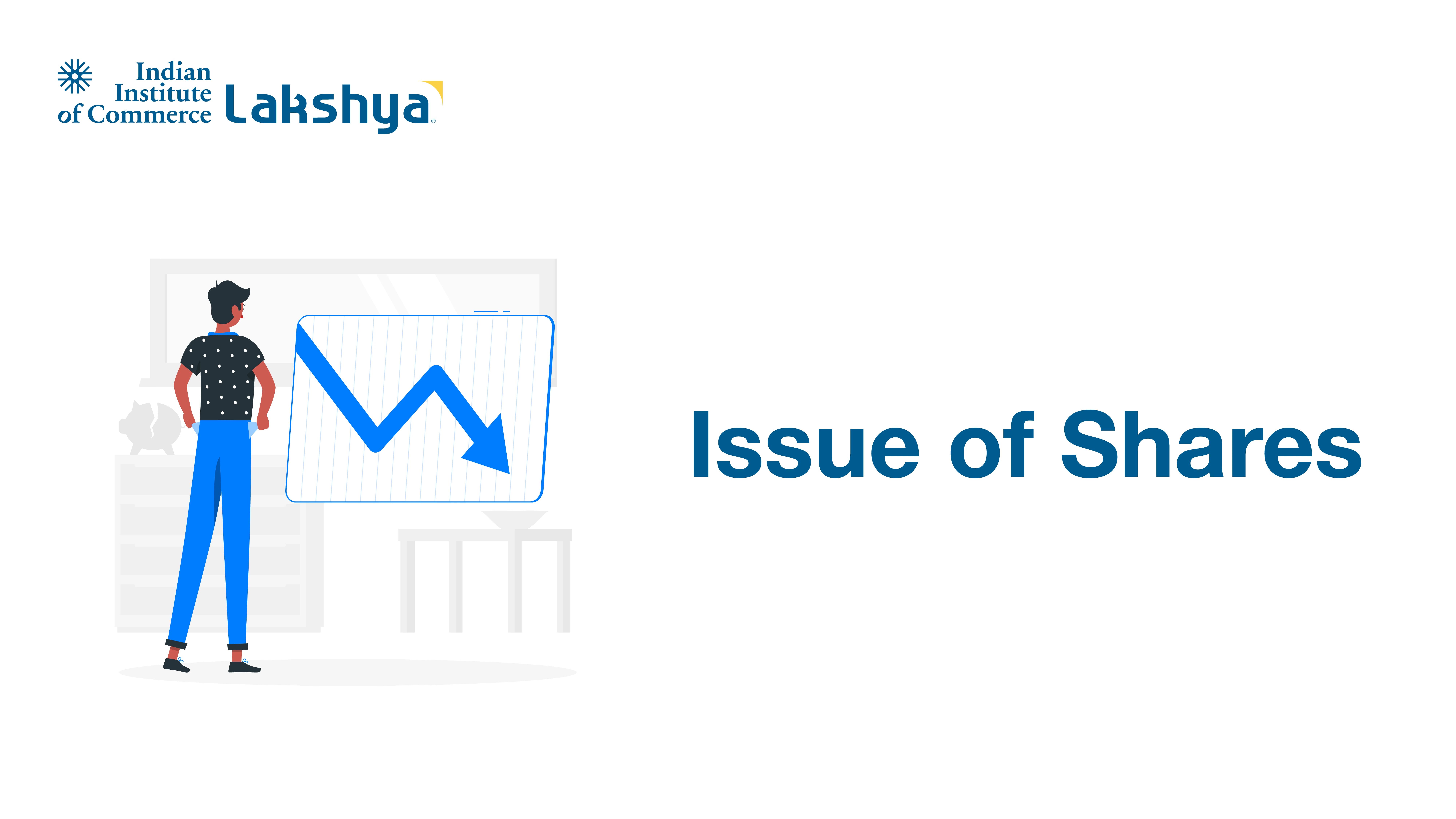





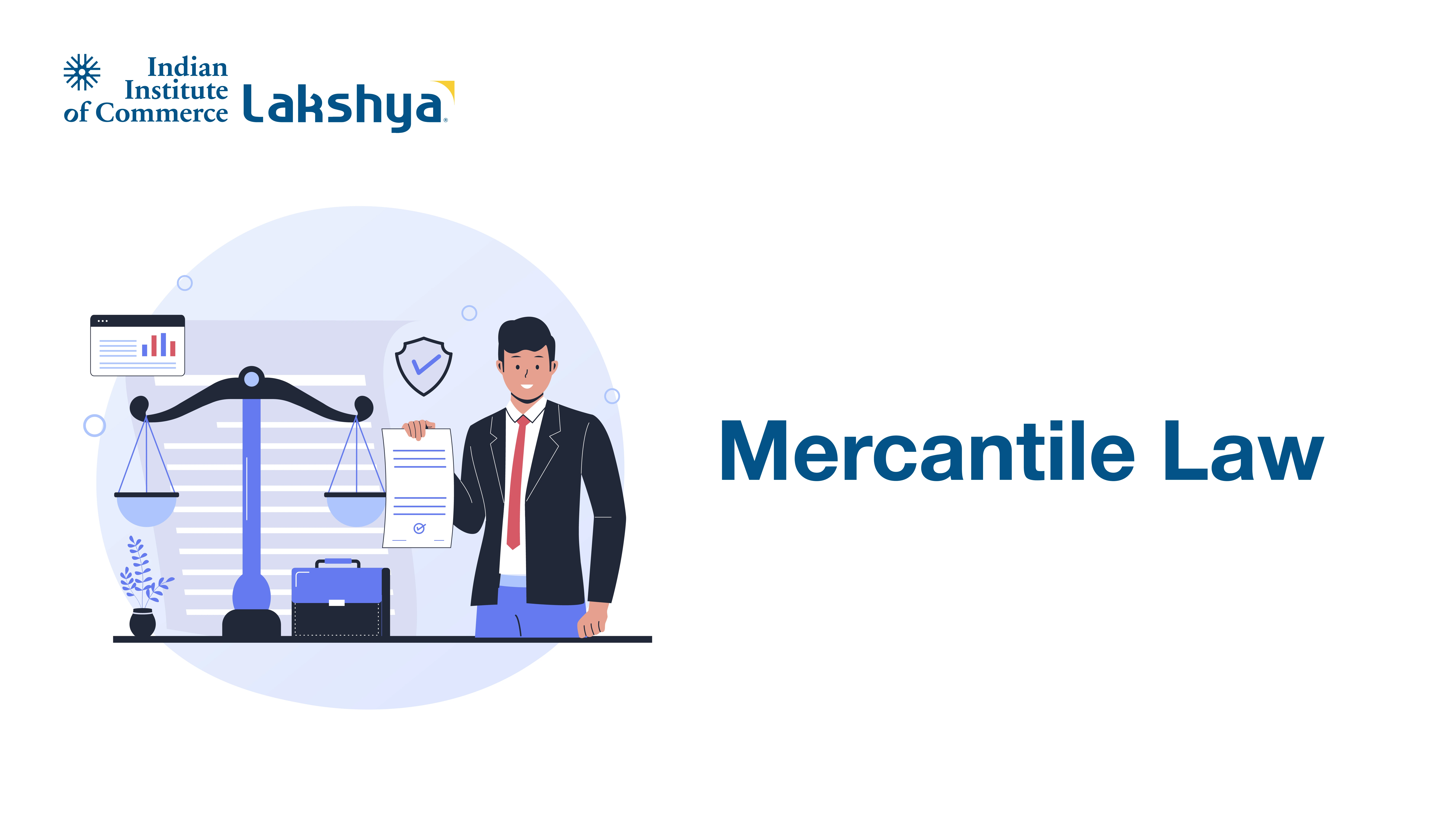




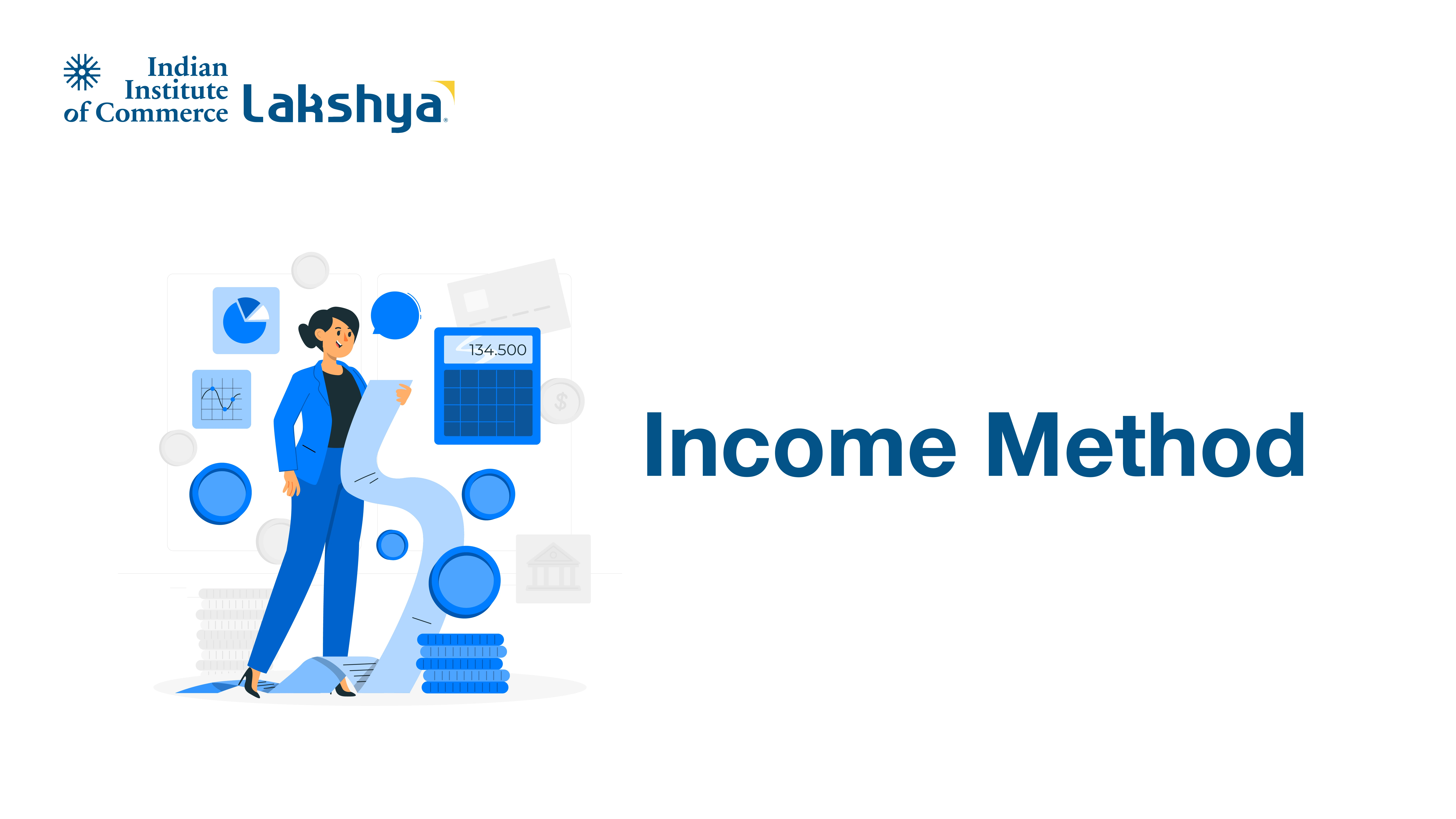






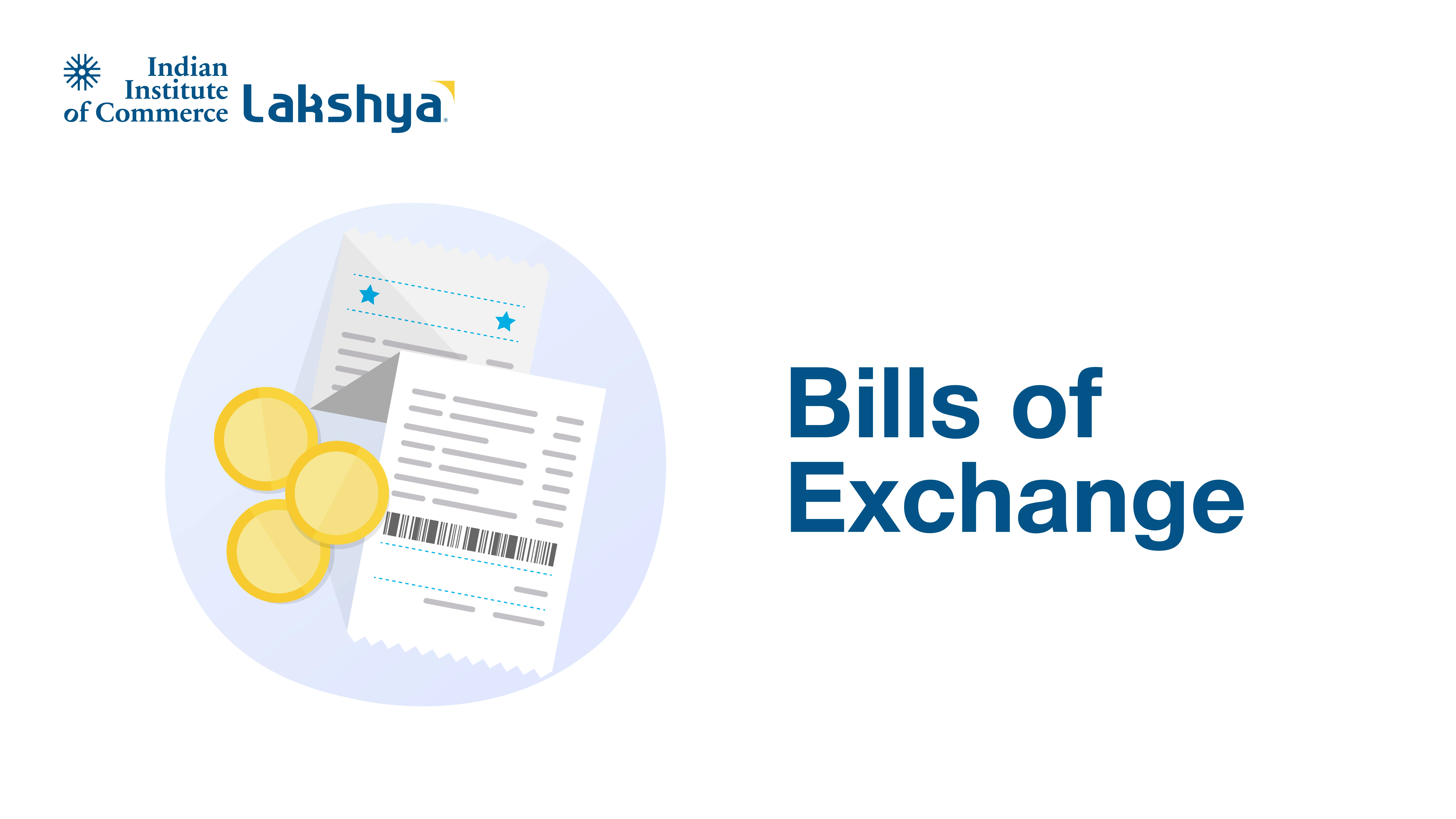

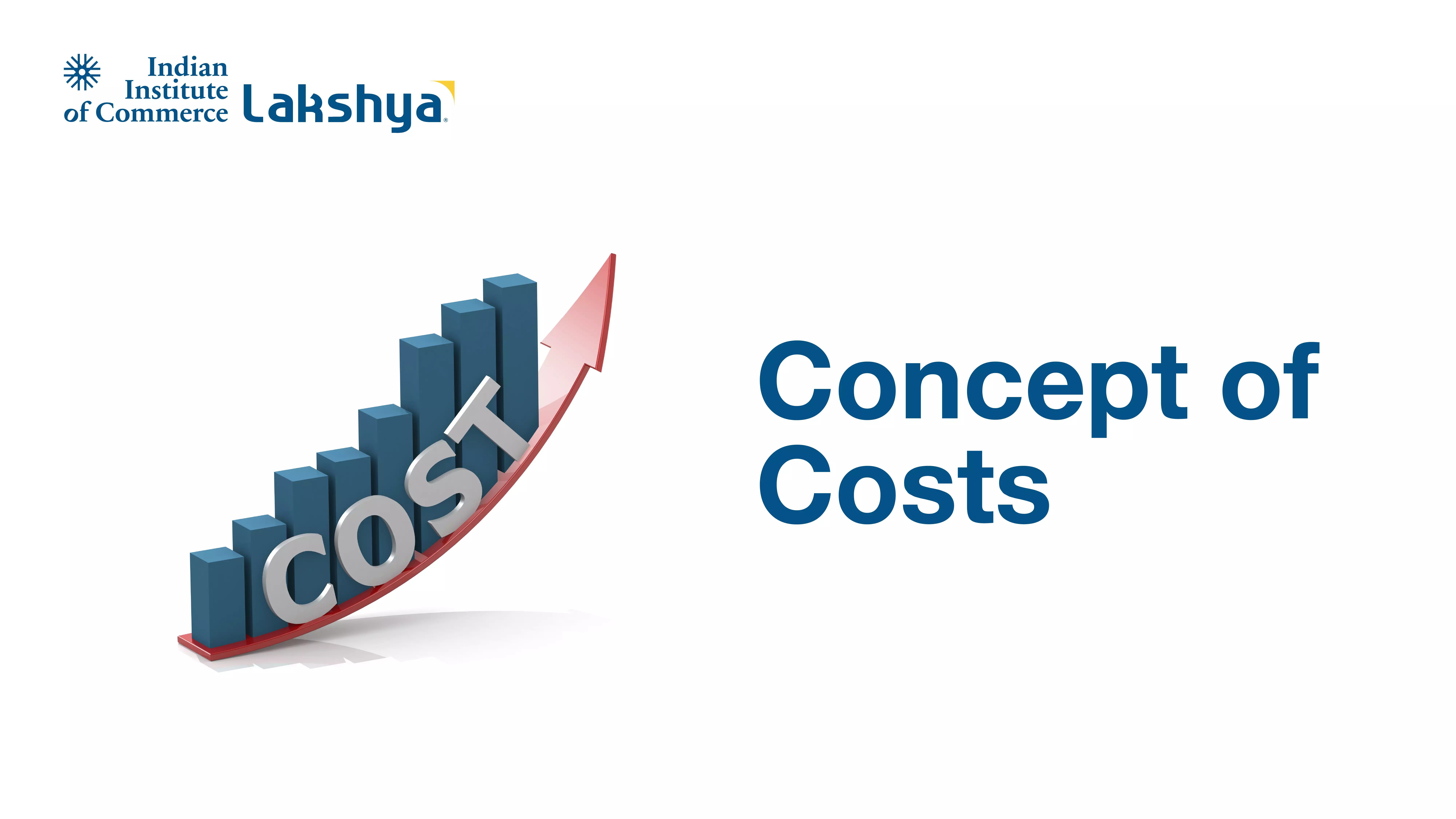


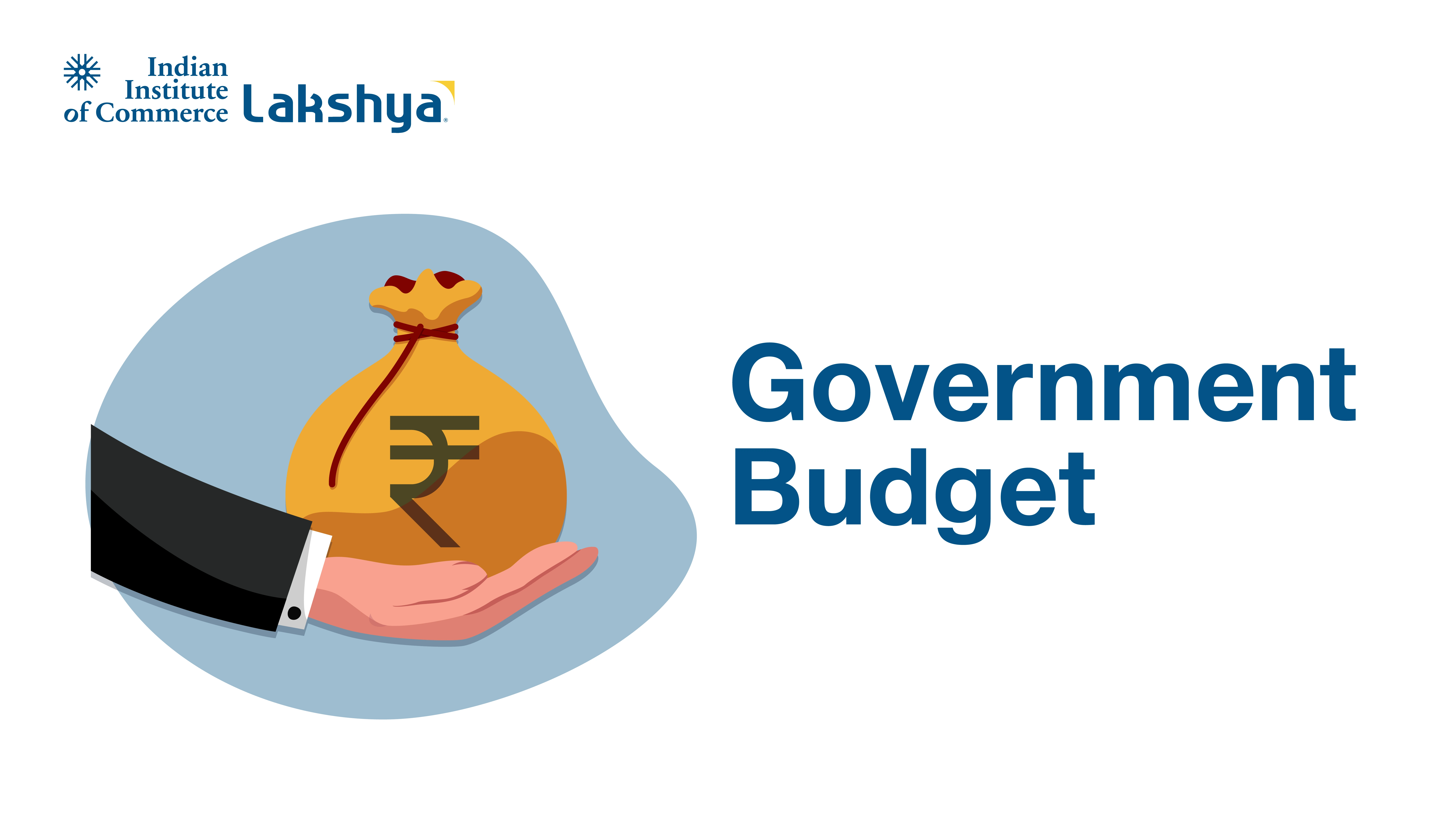










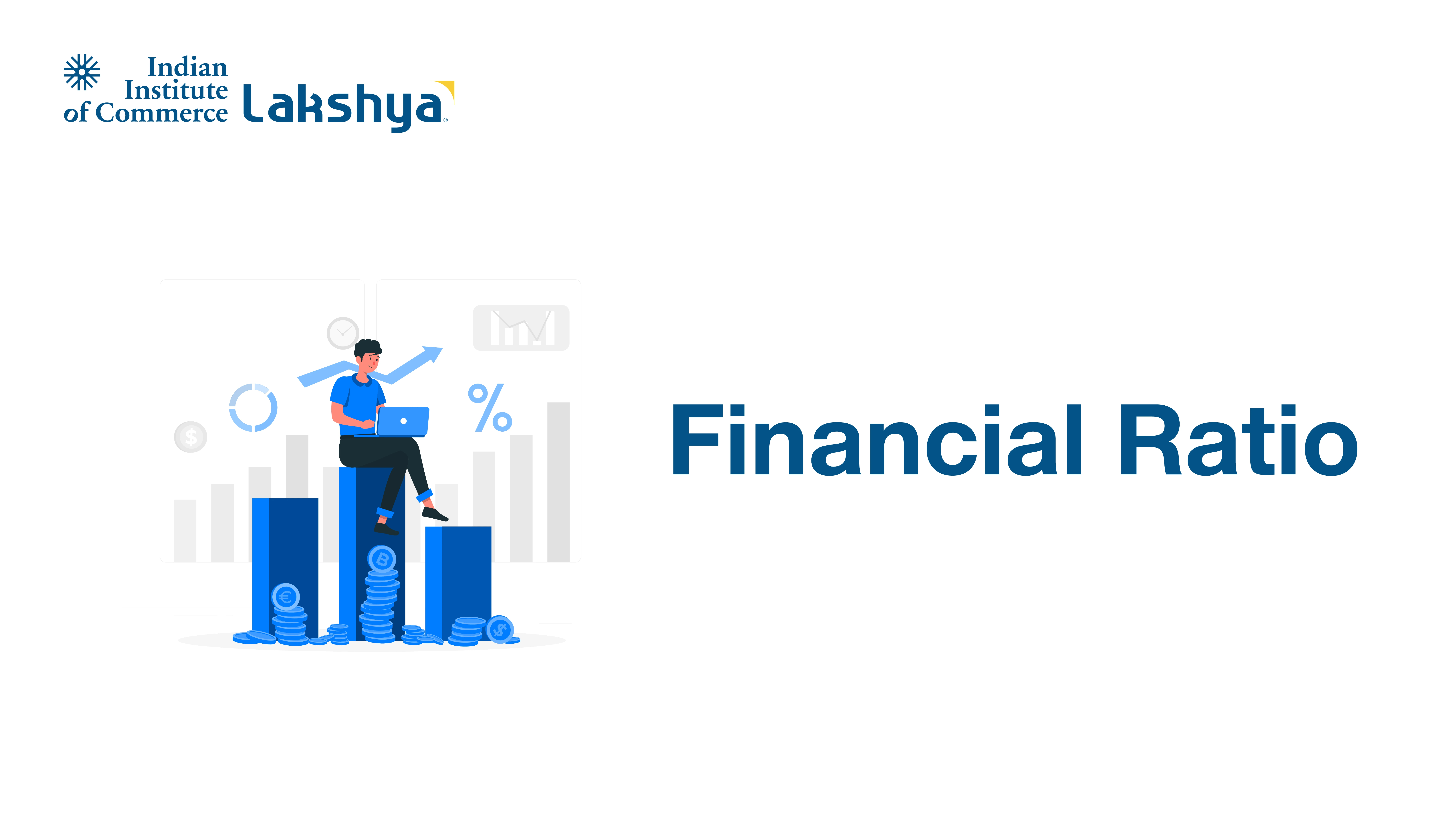
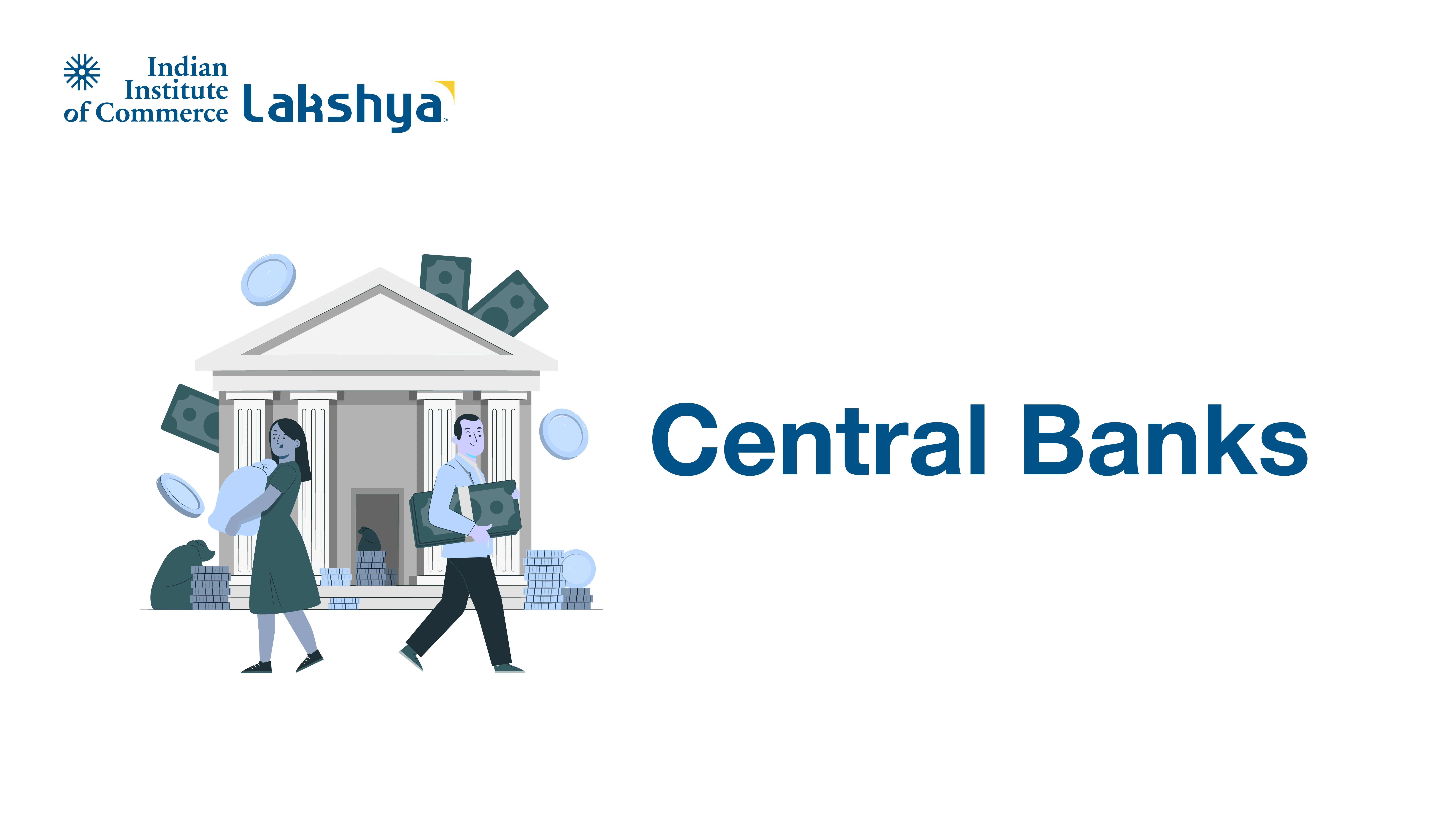



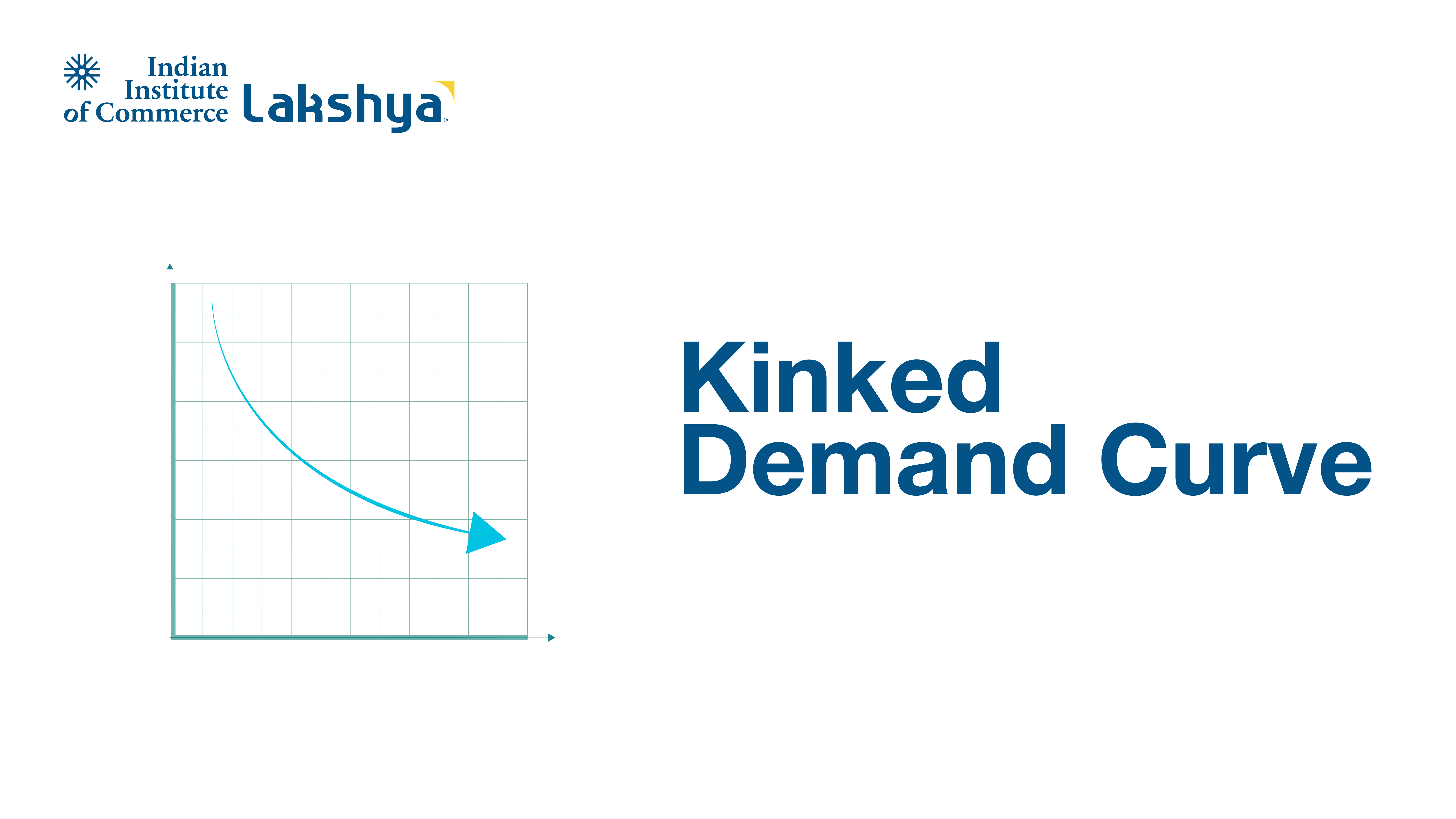
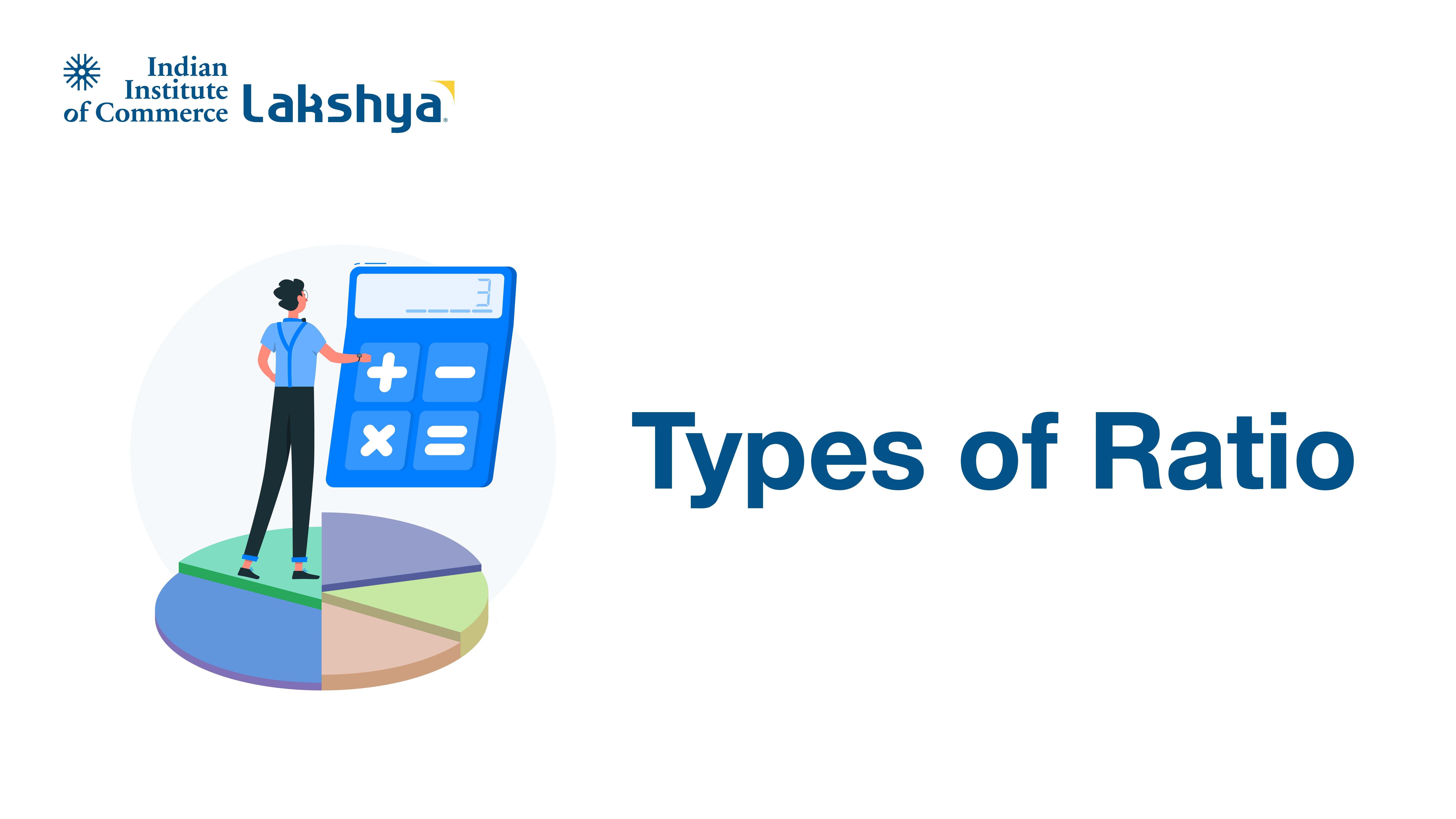
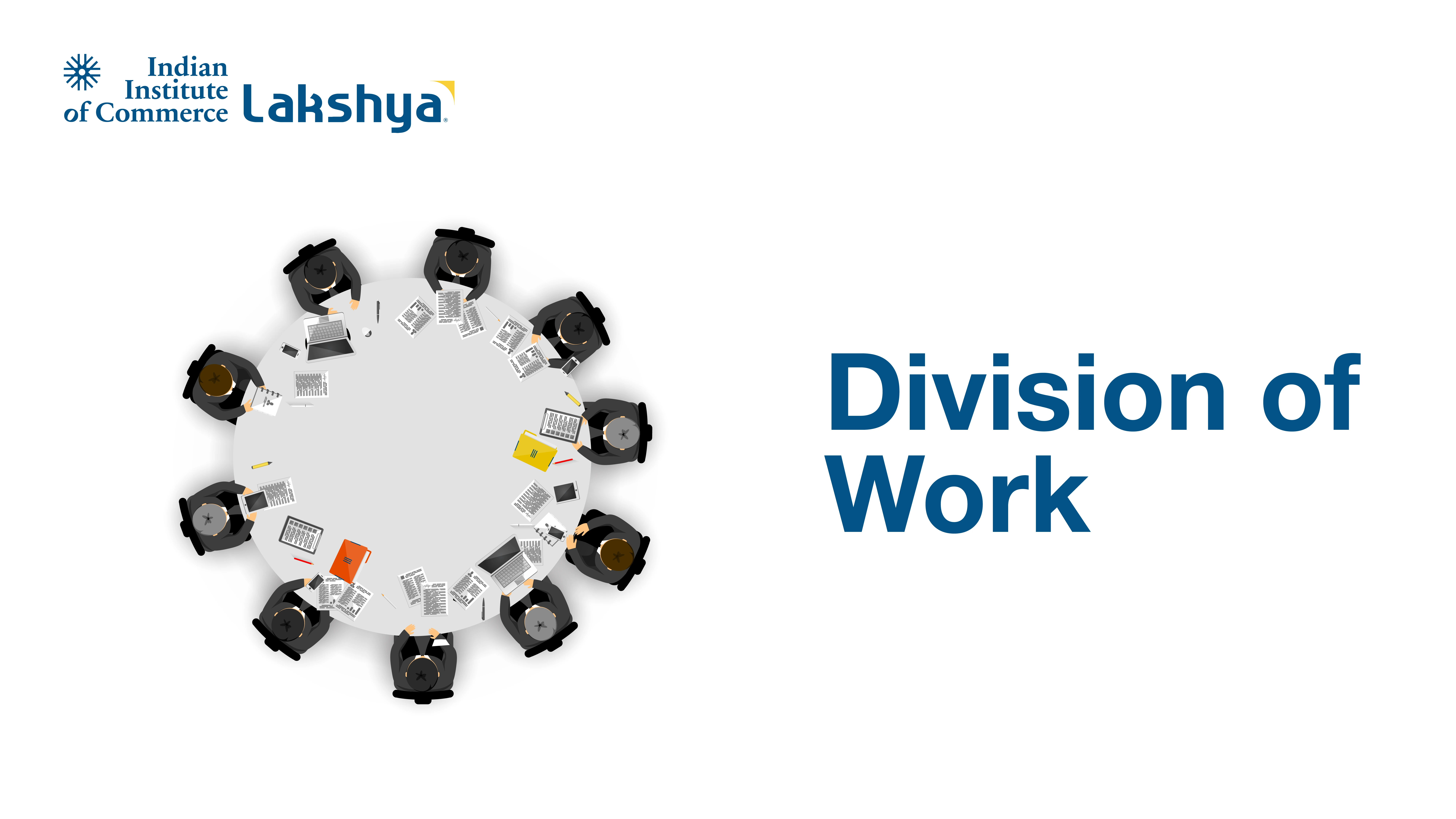
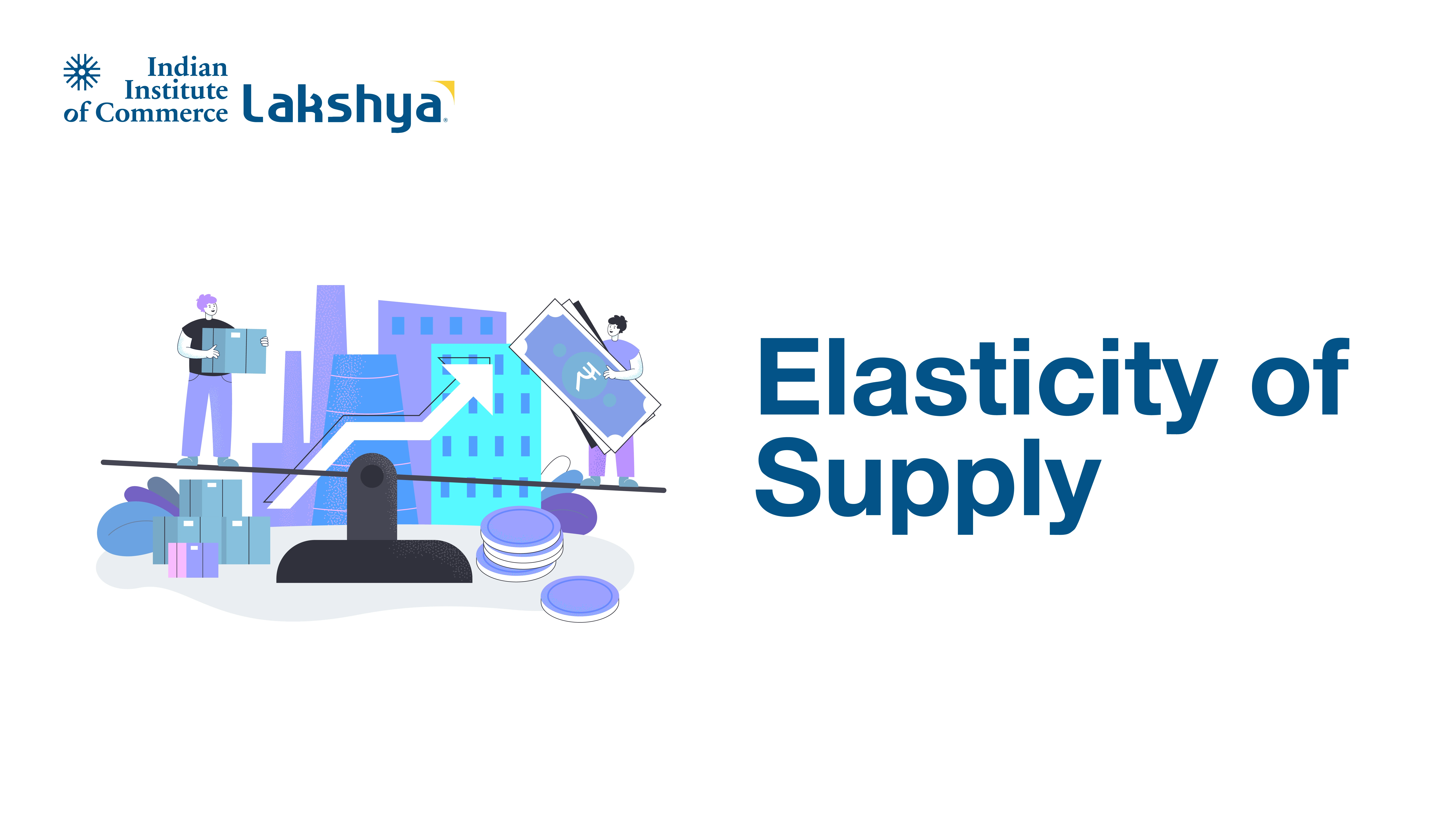



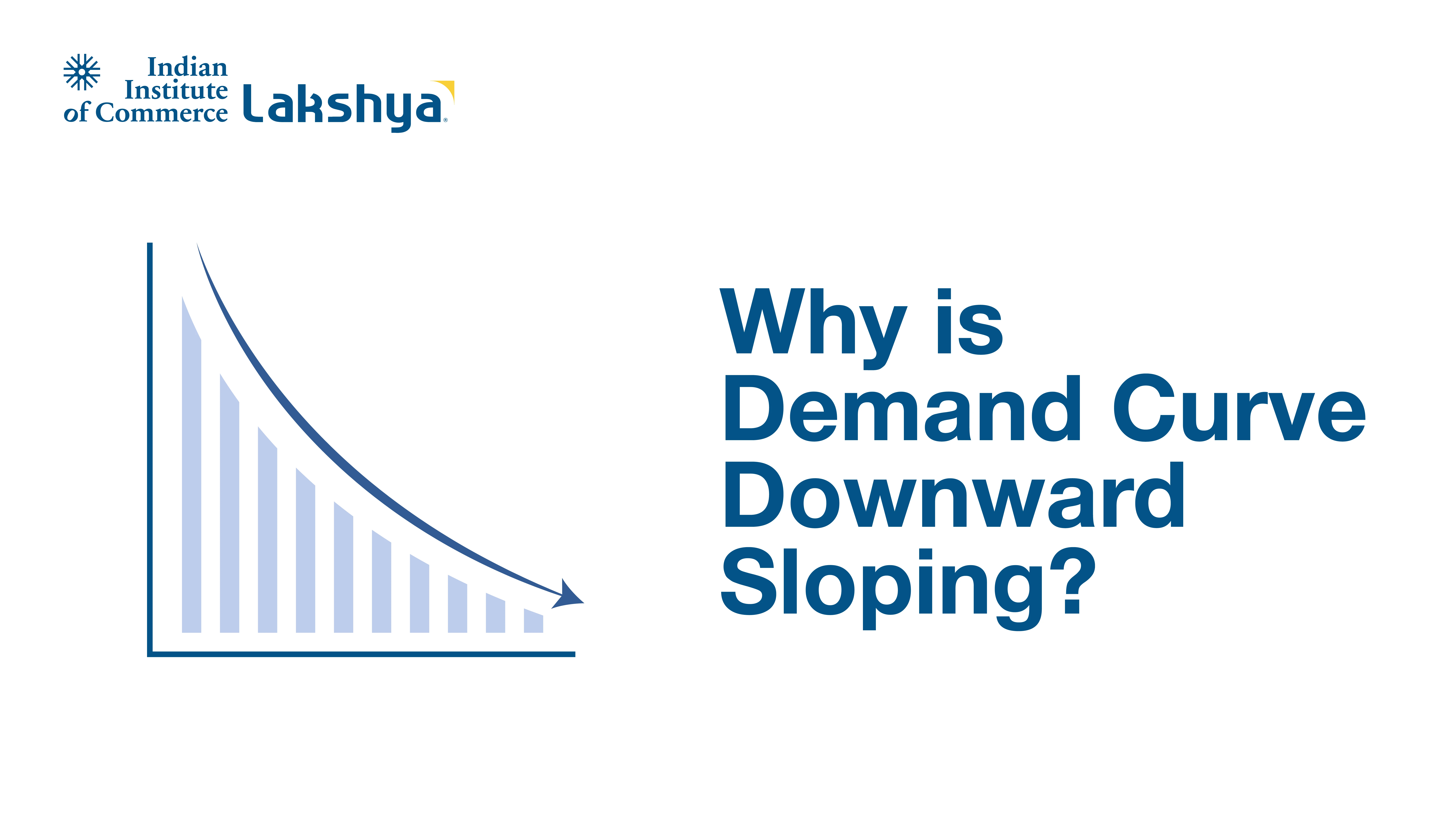

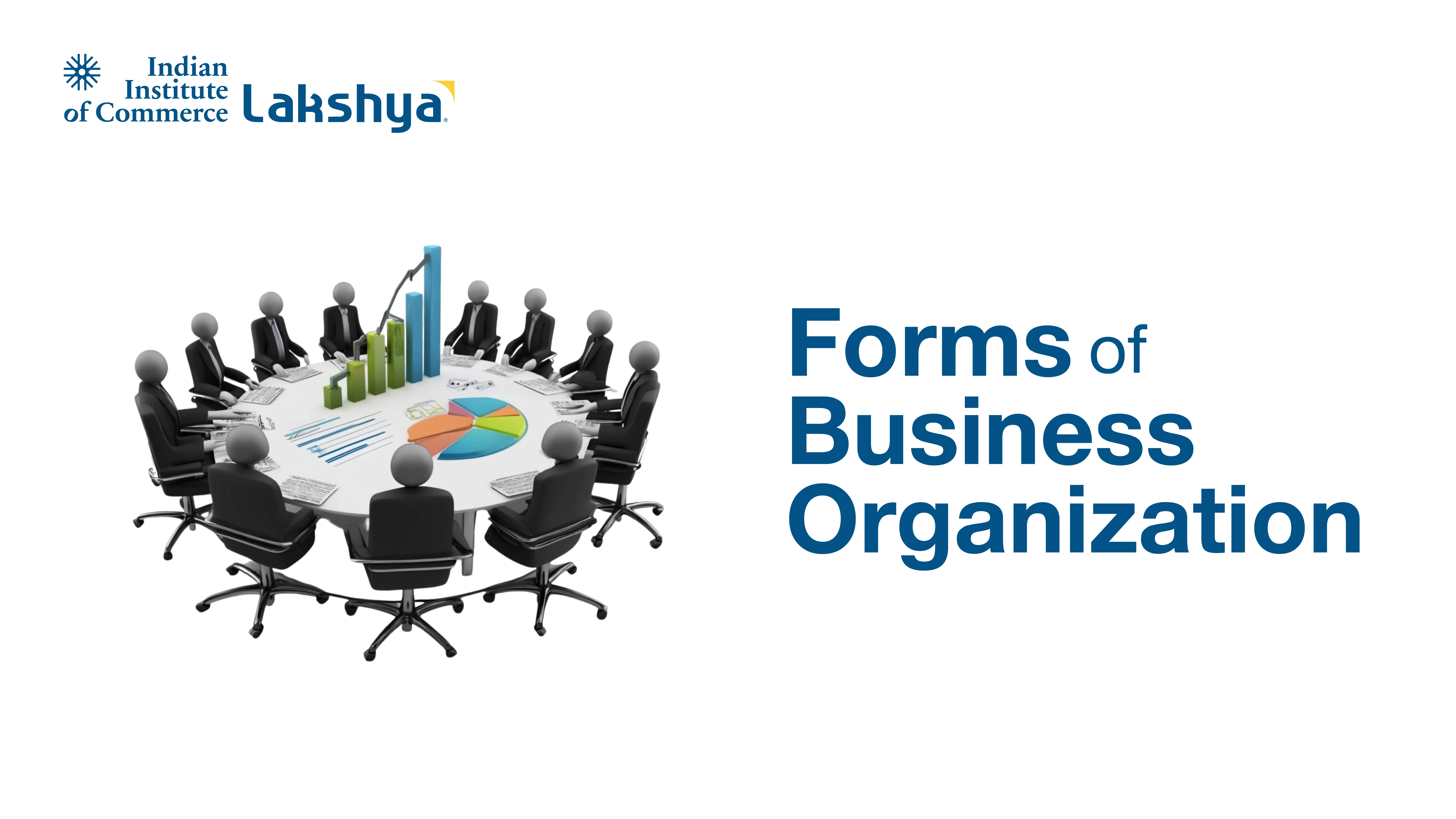
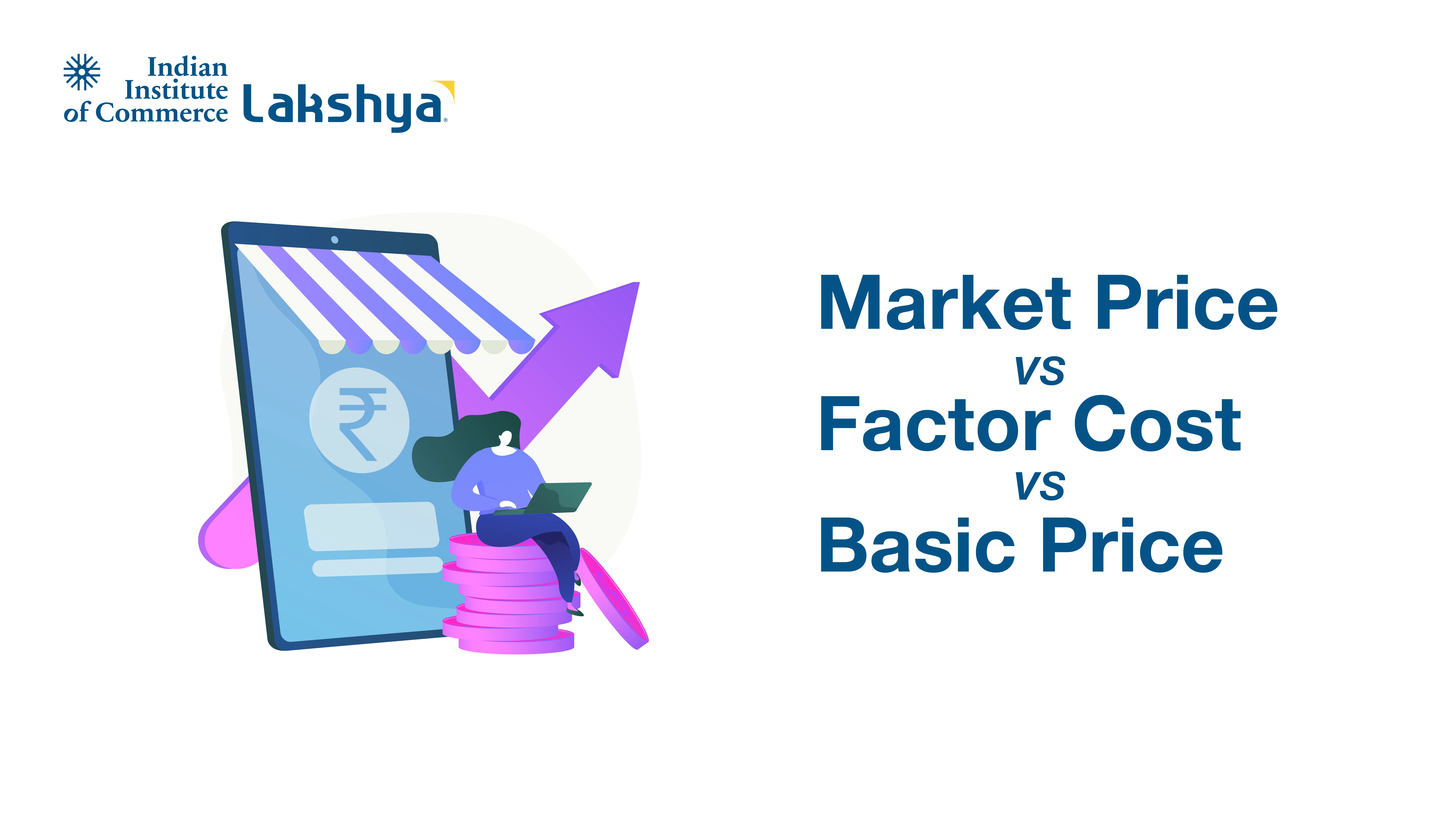


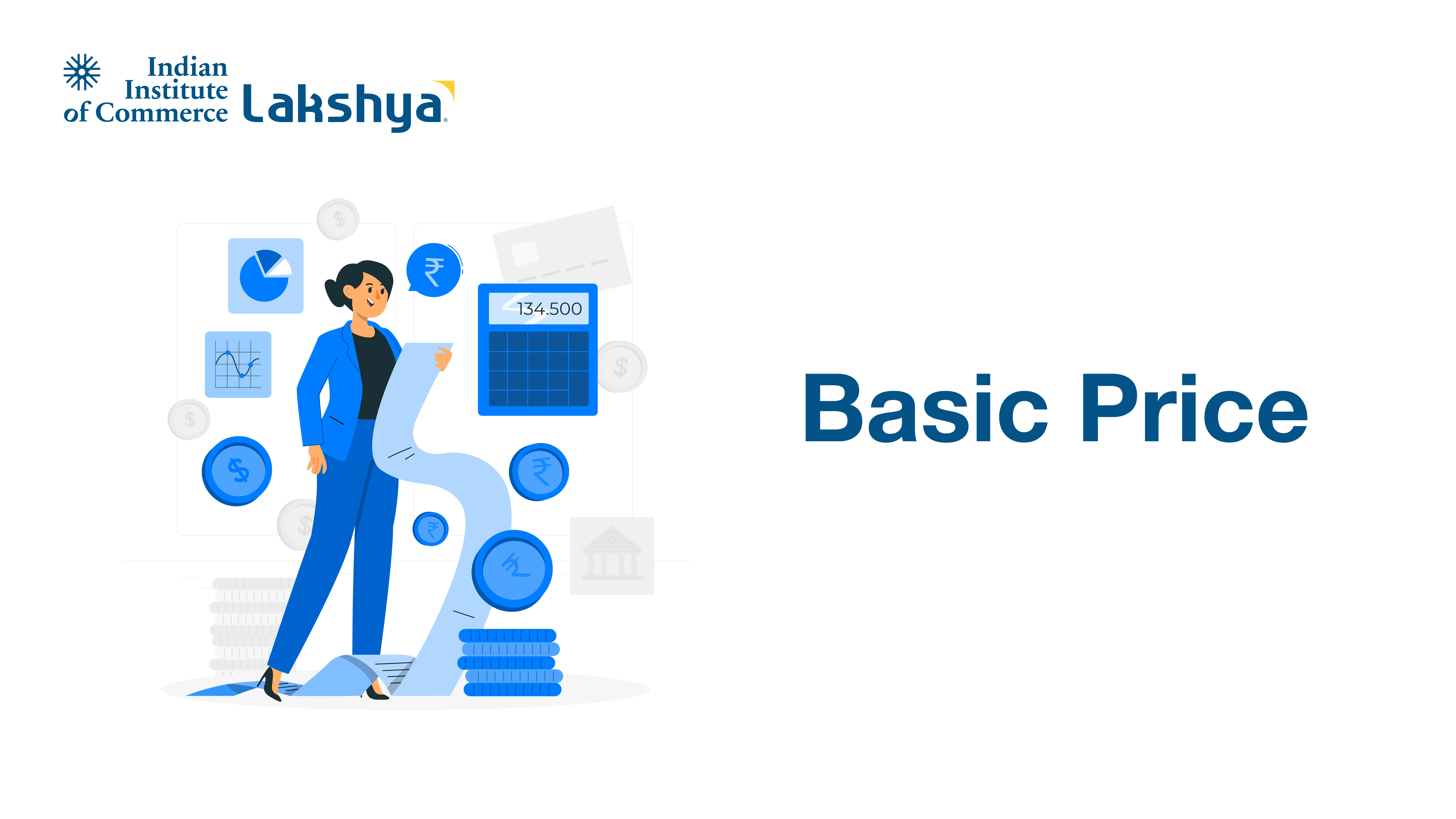

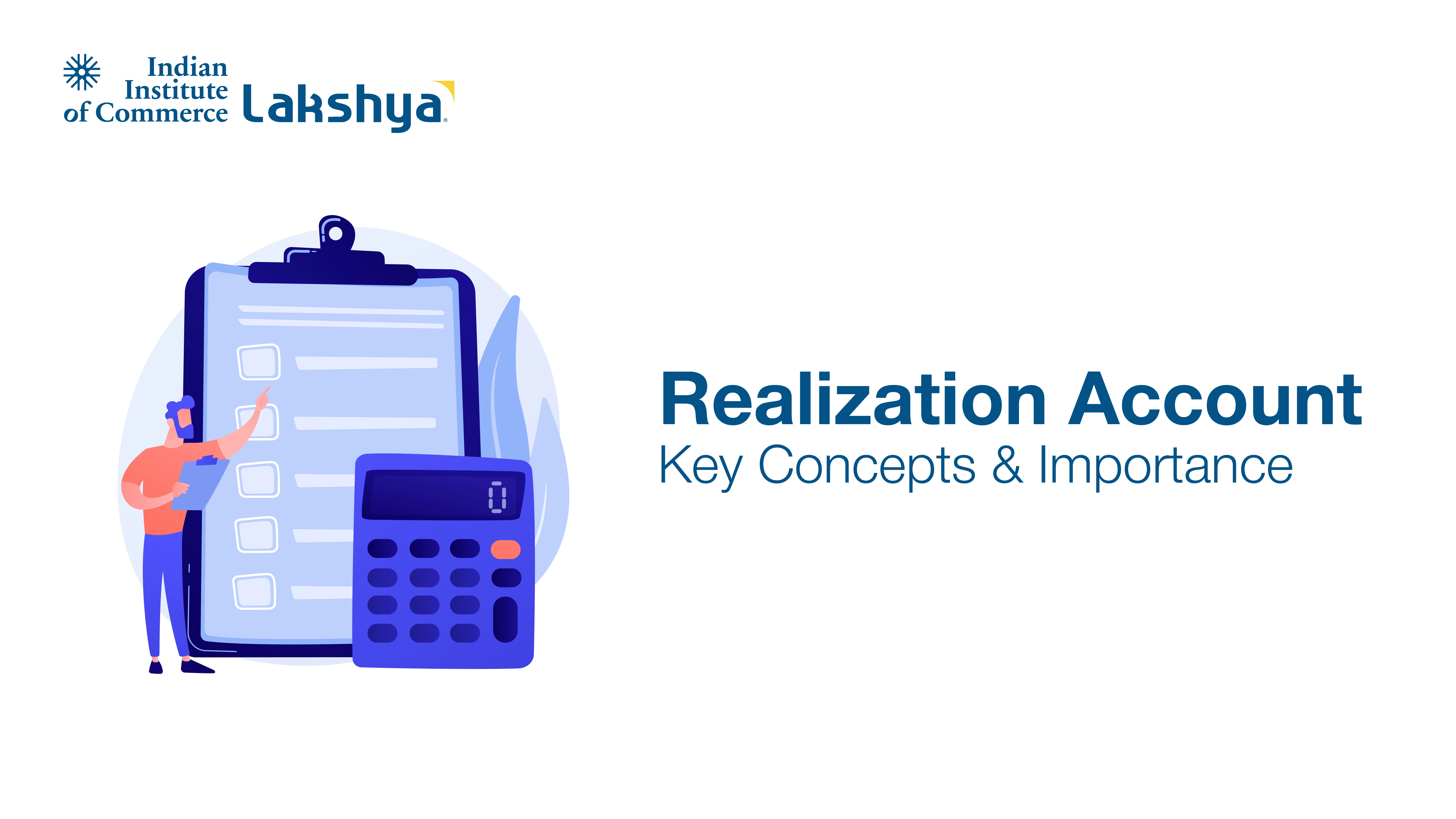
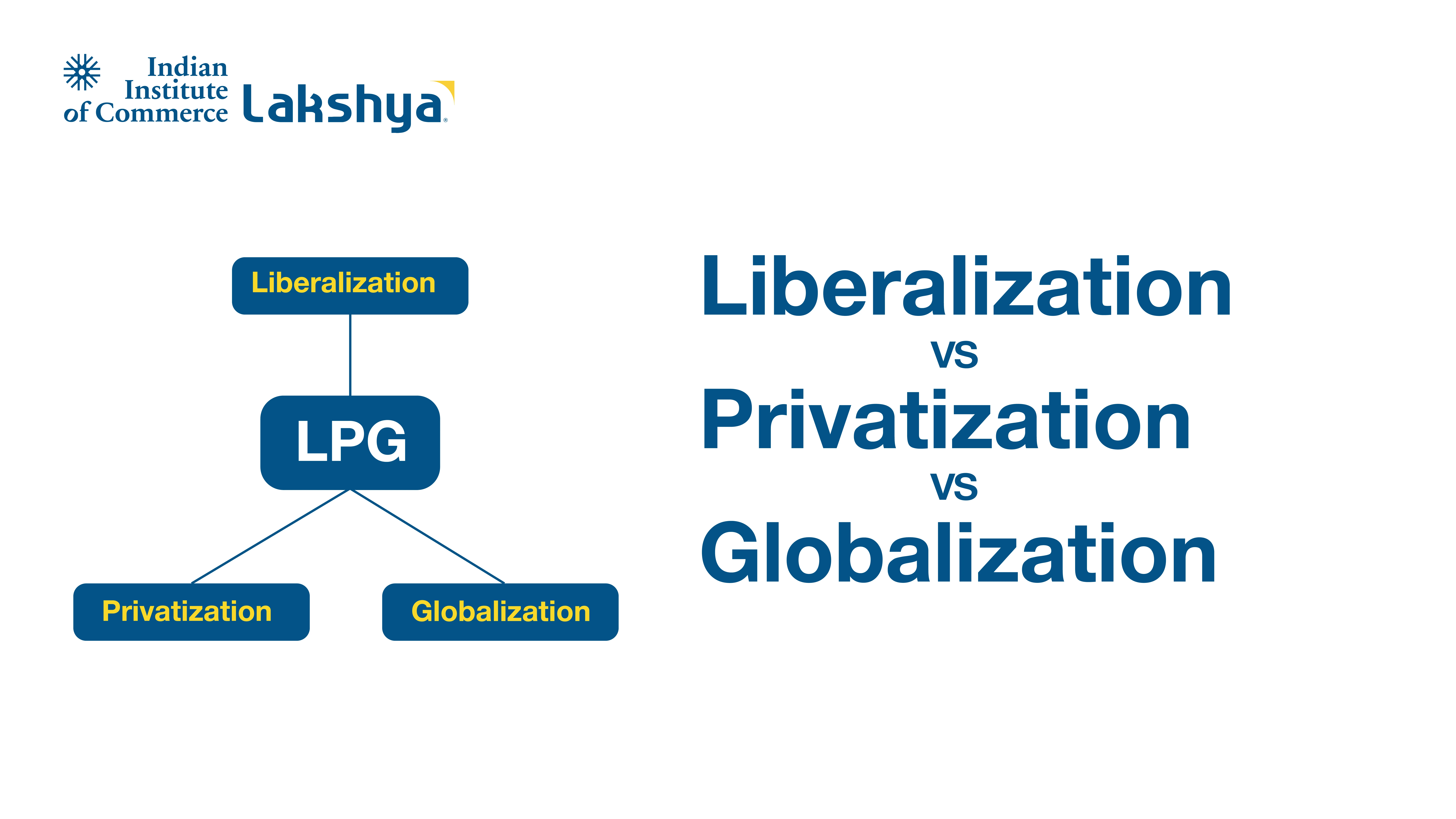


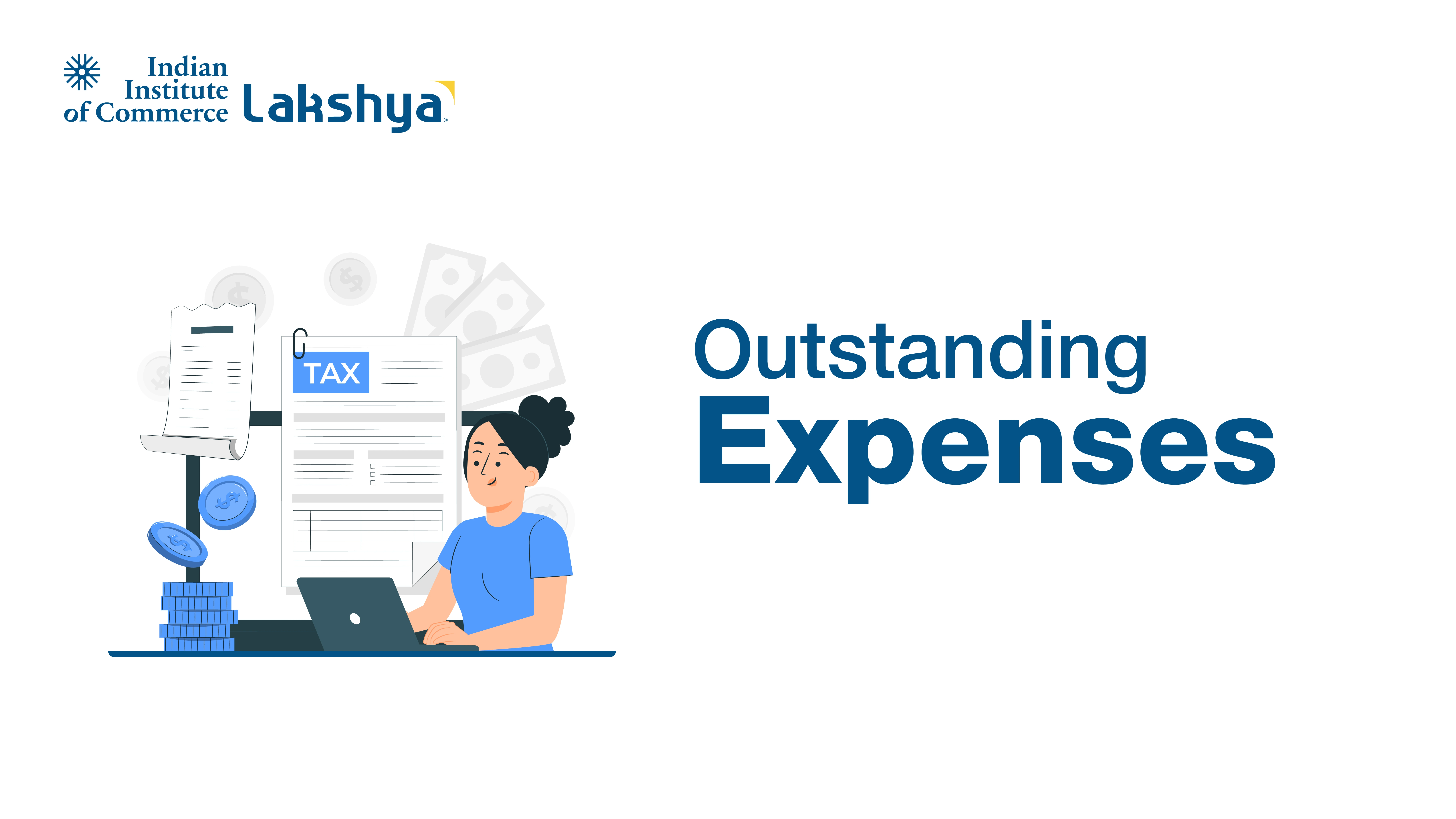





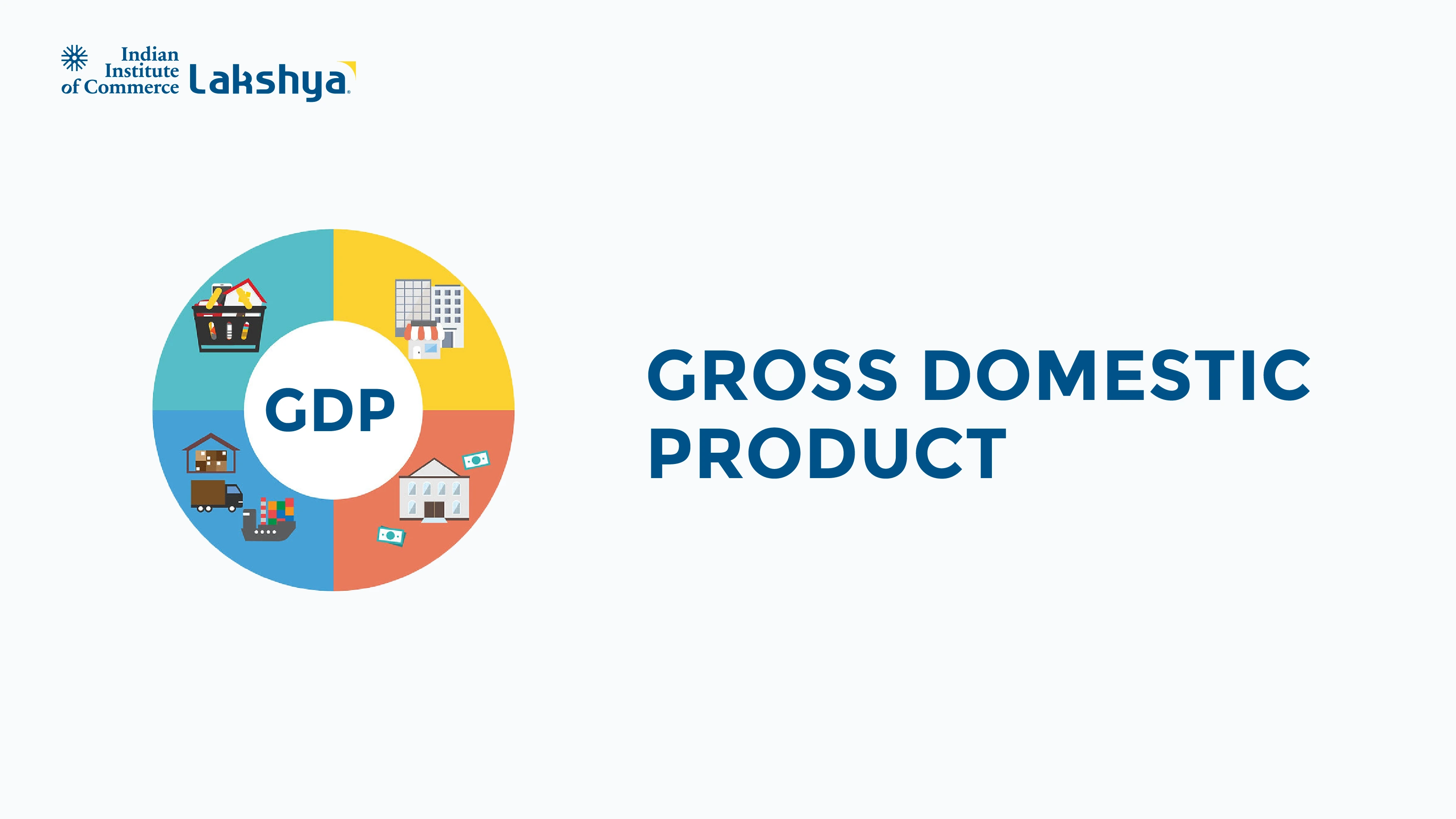
.webp)



